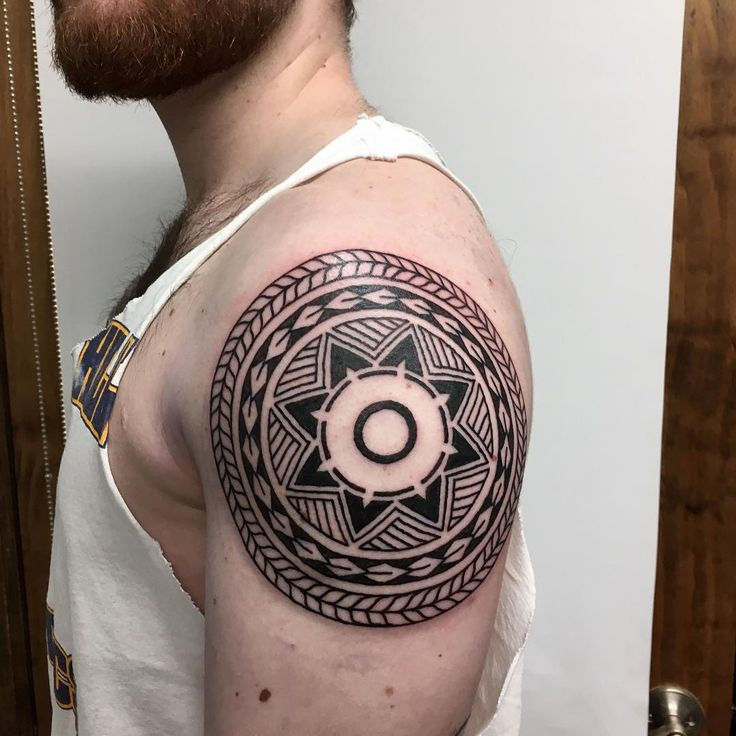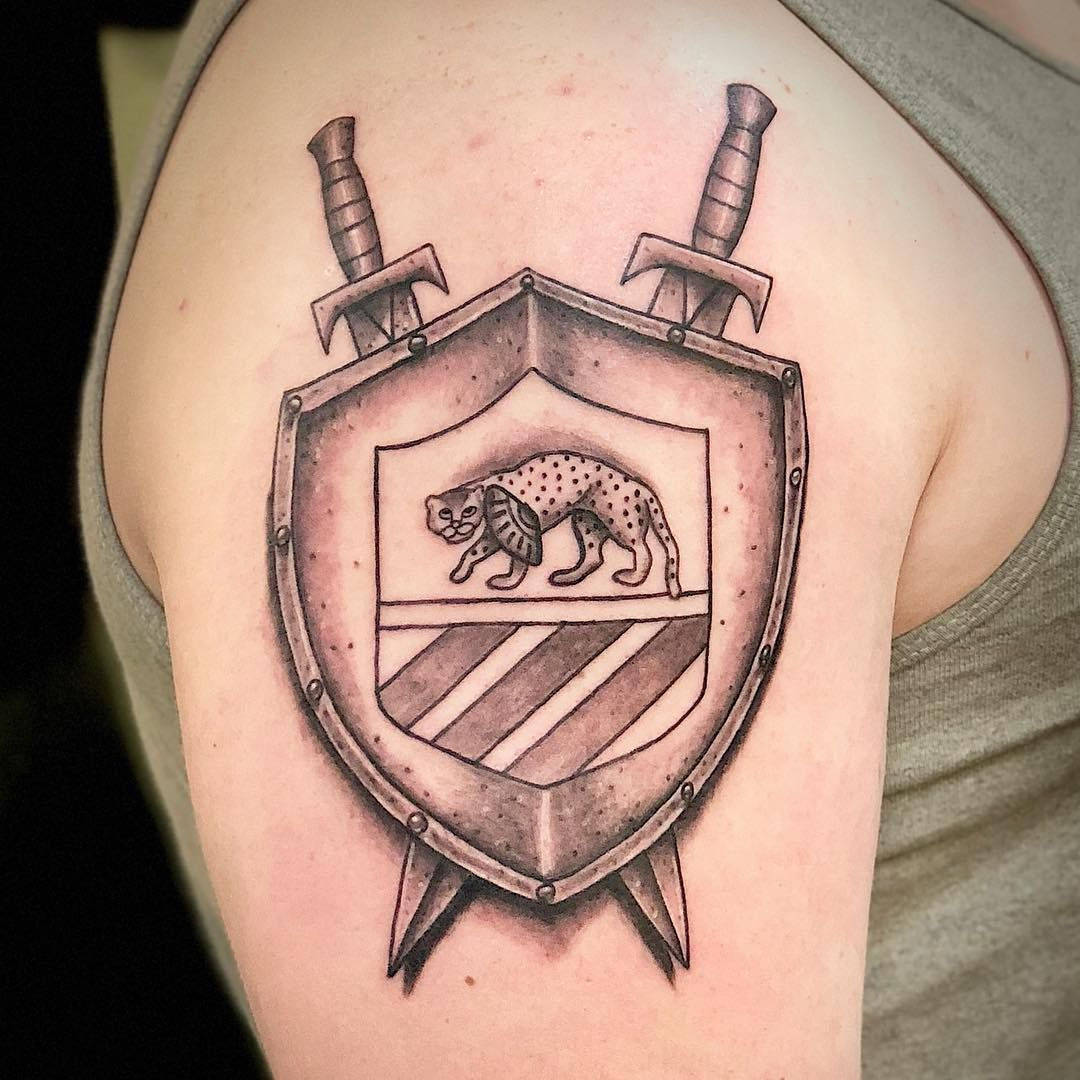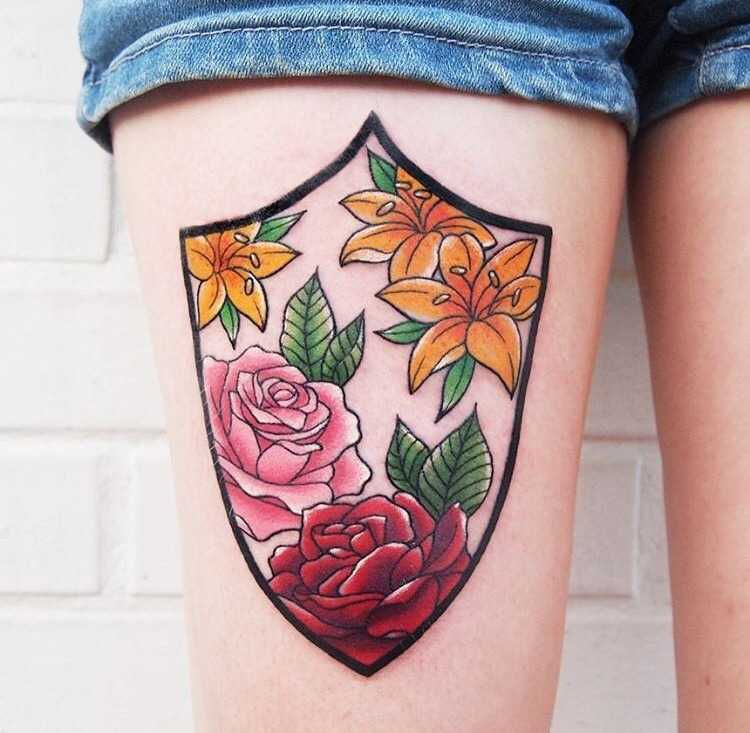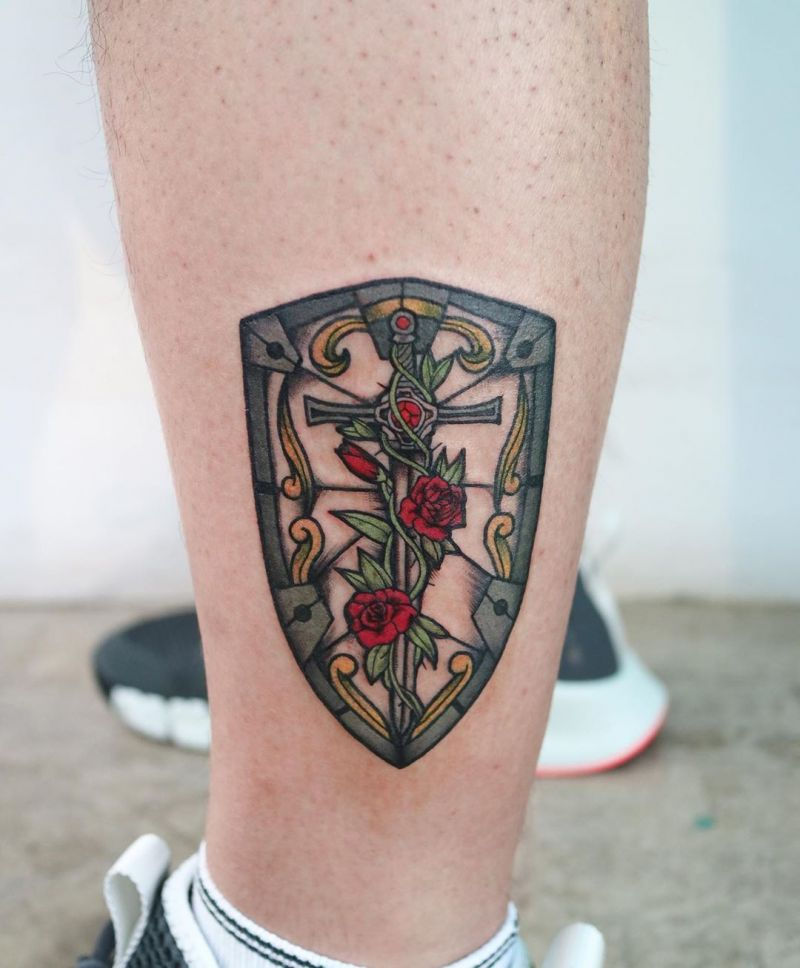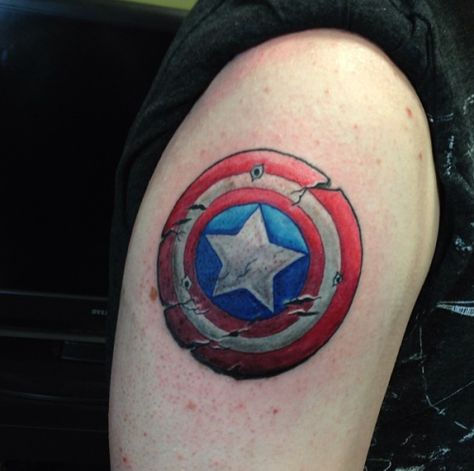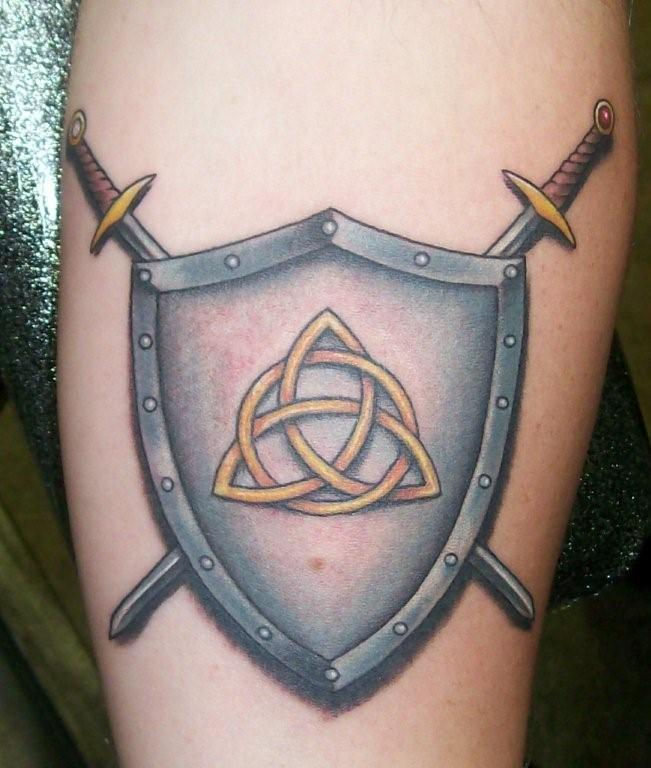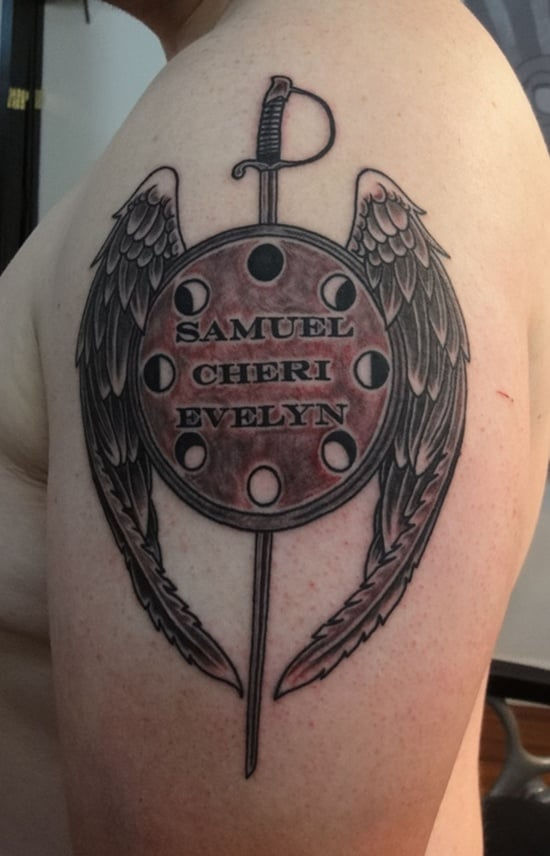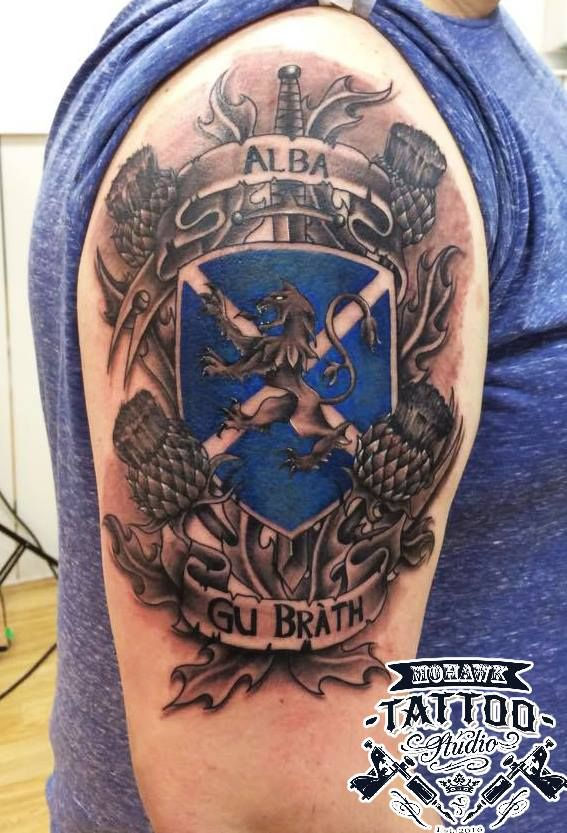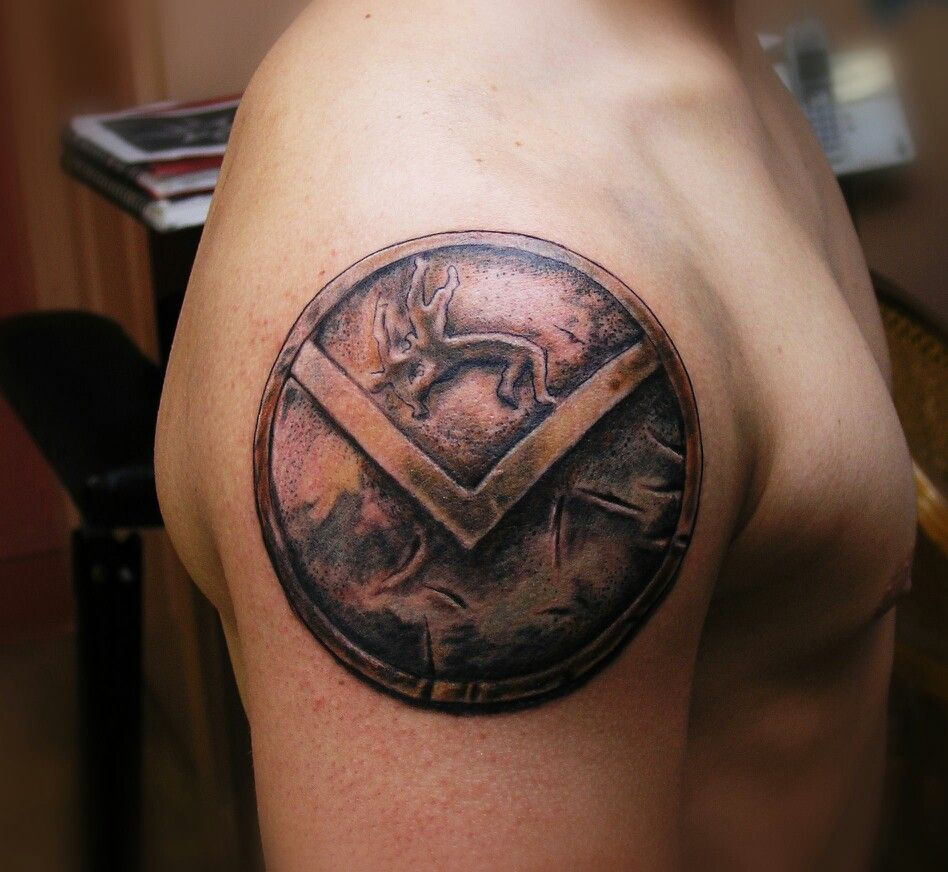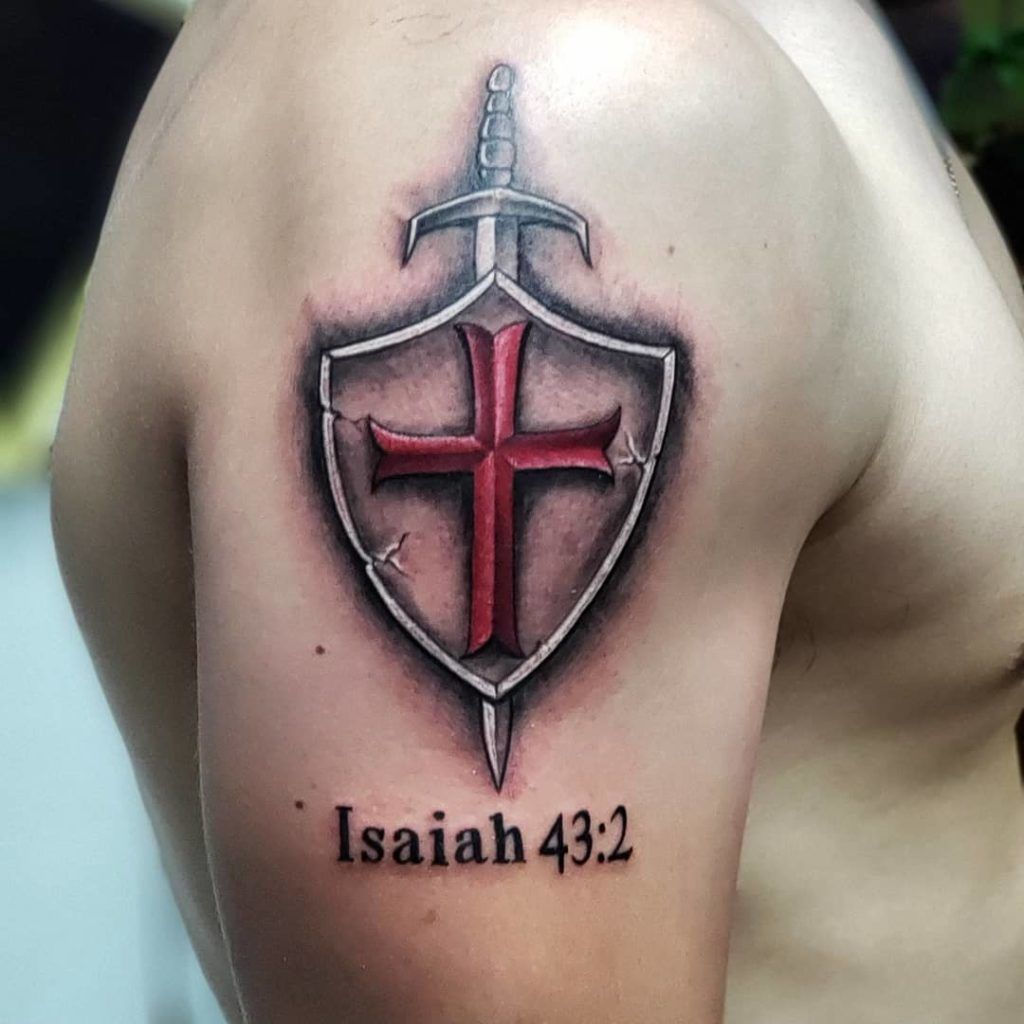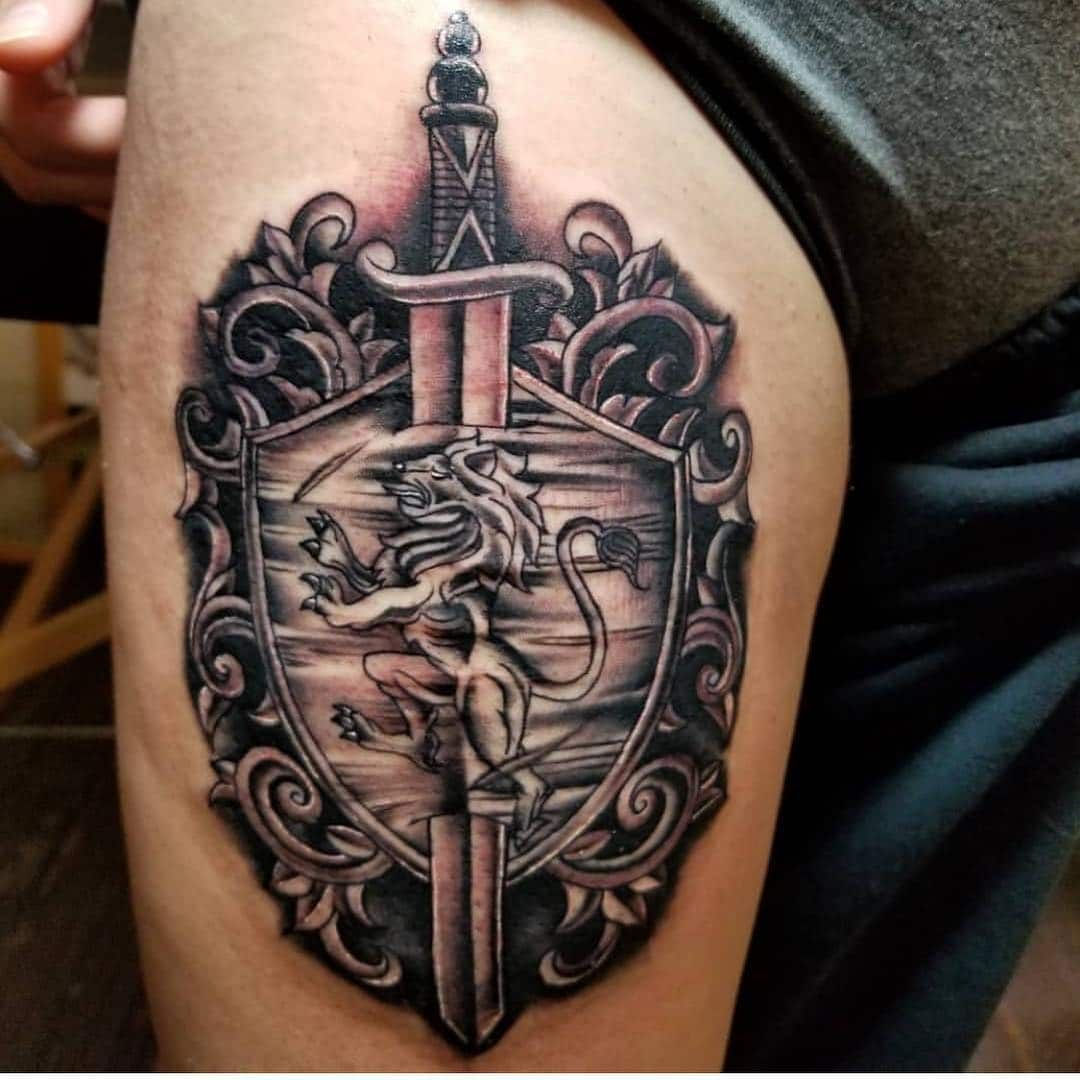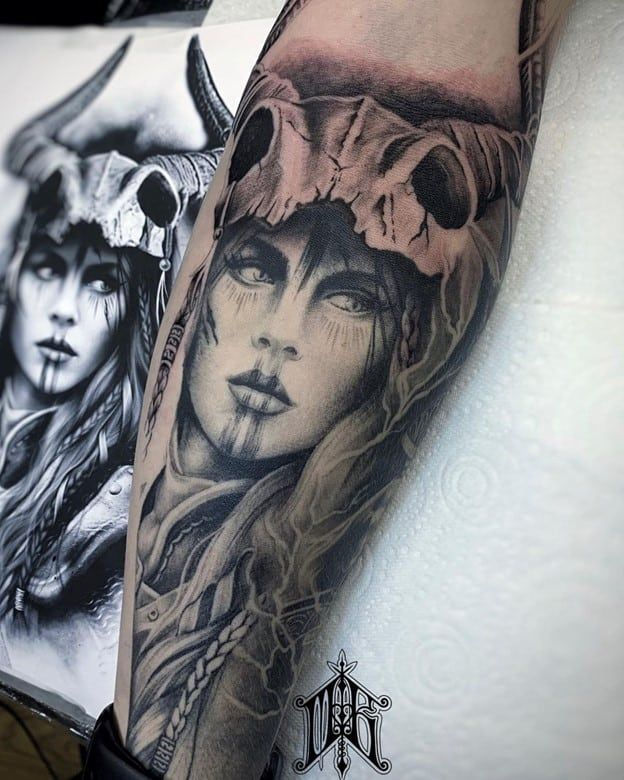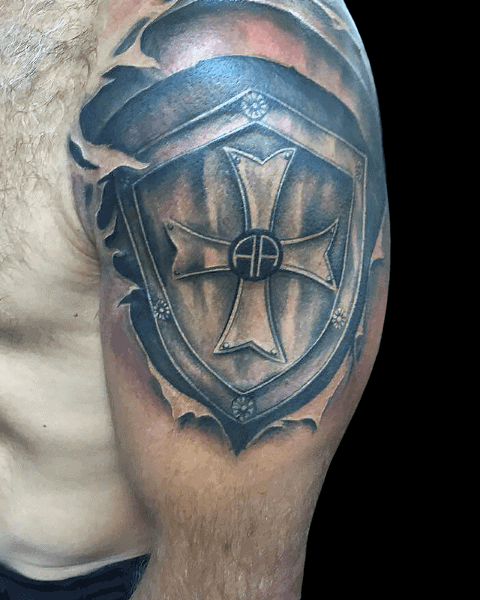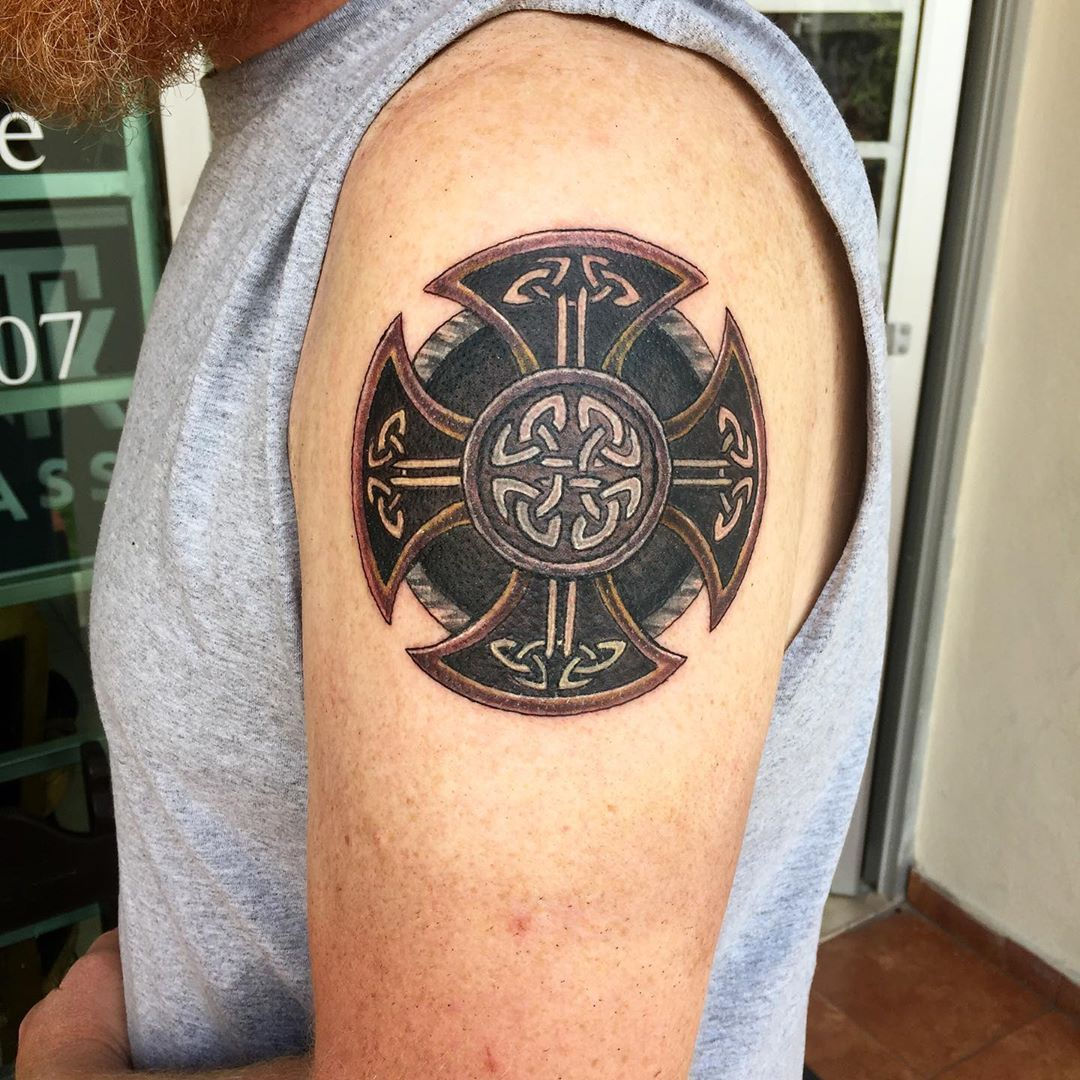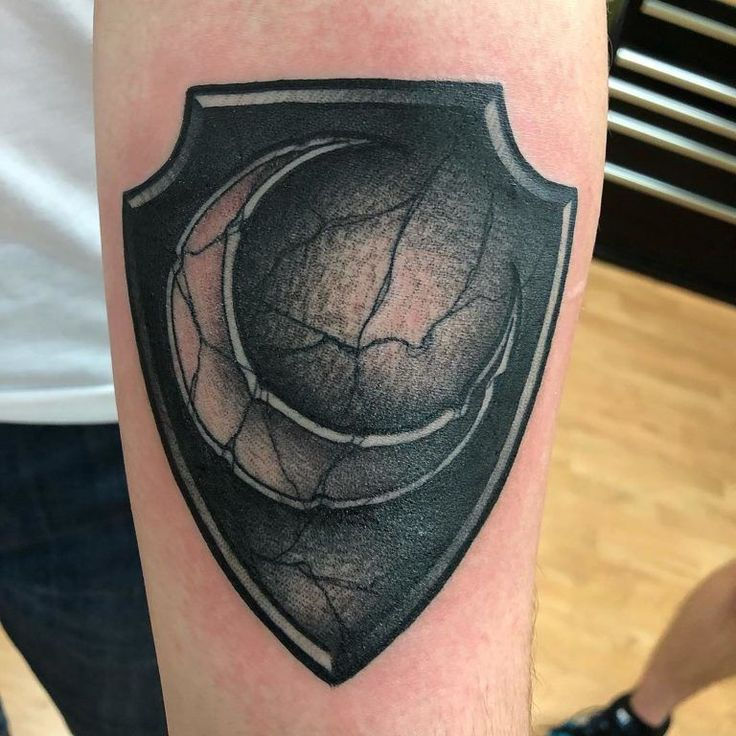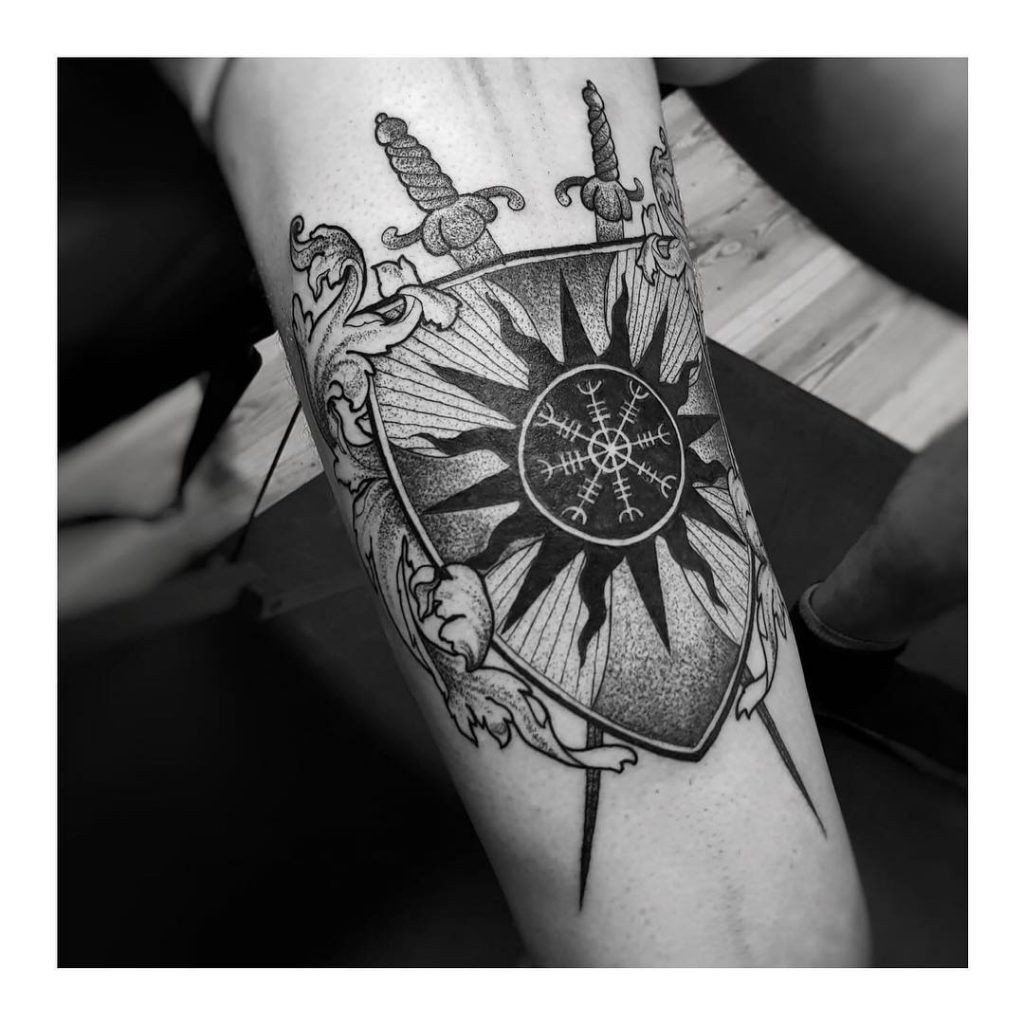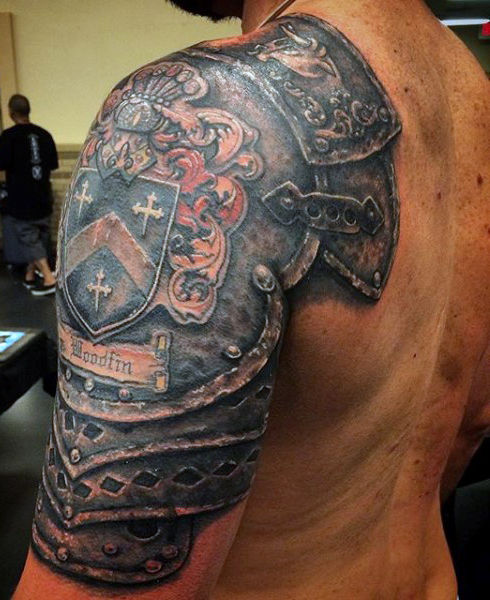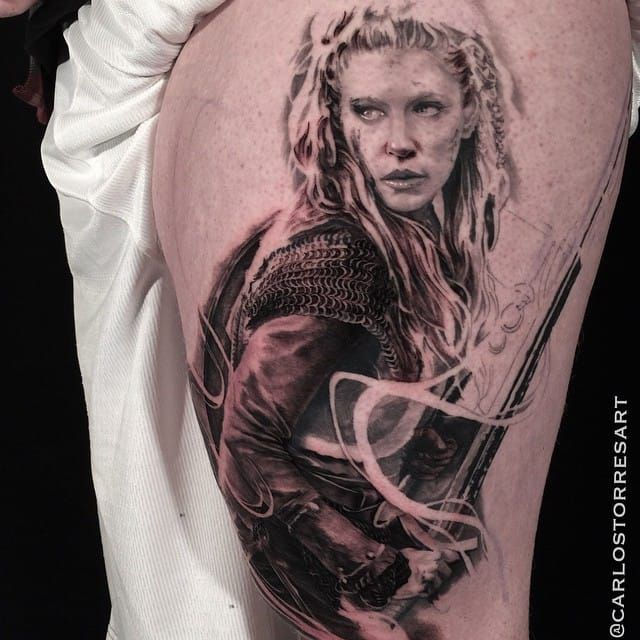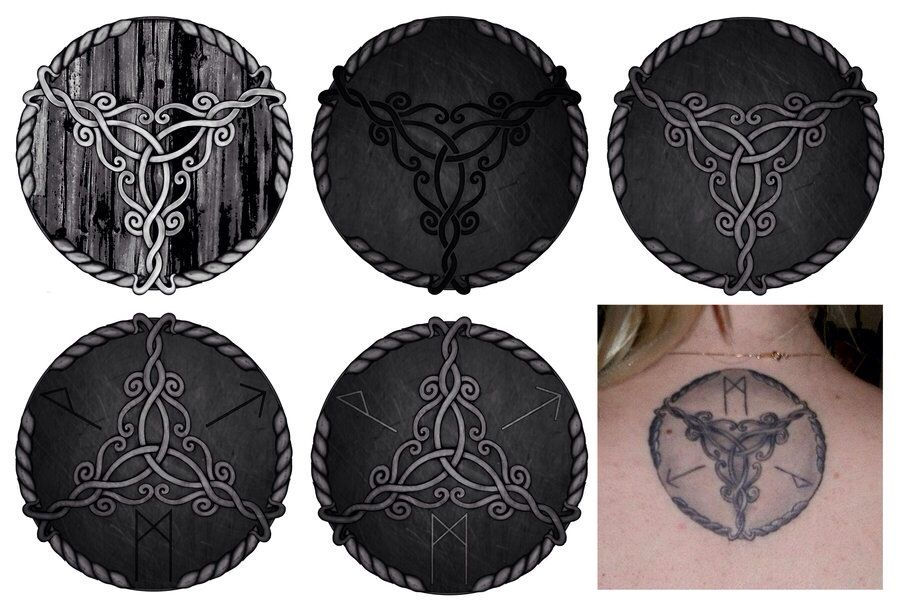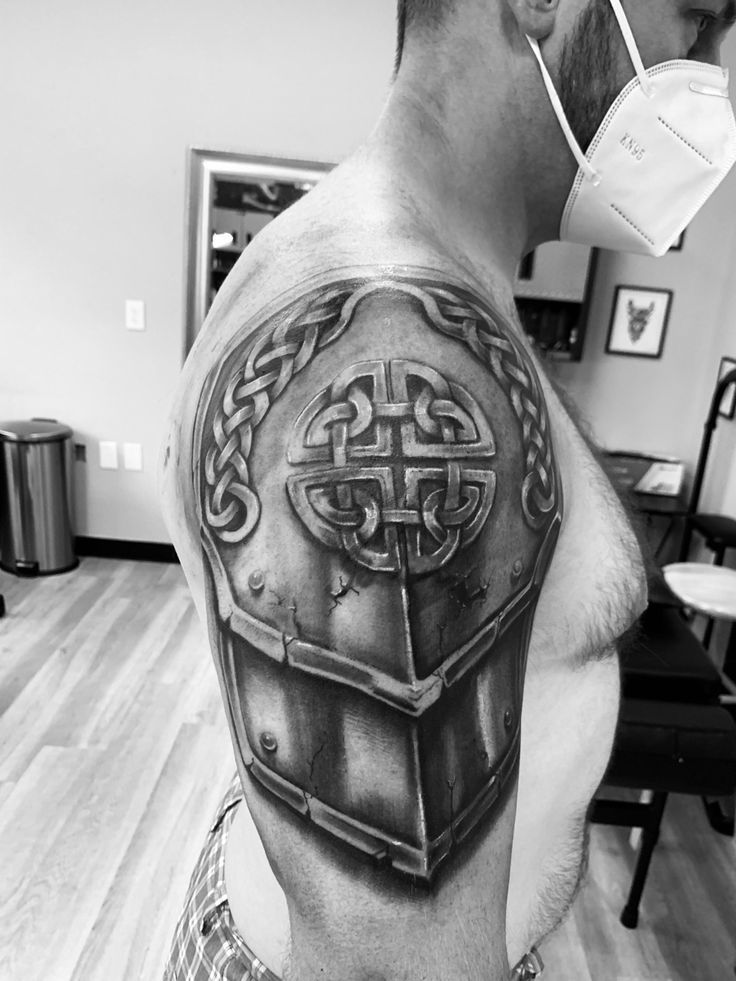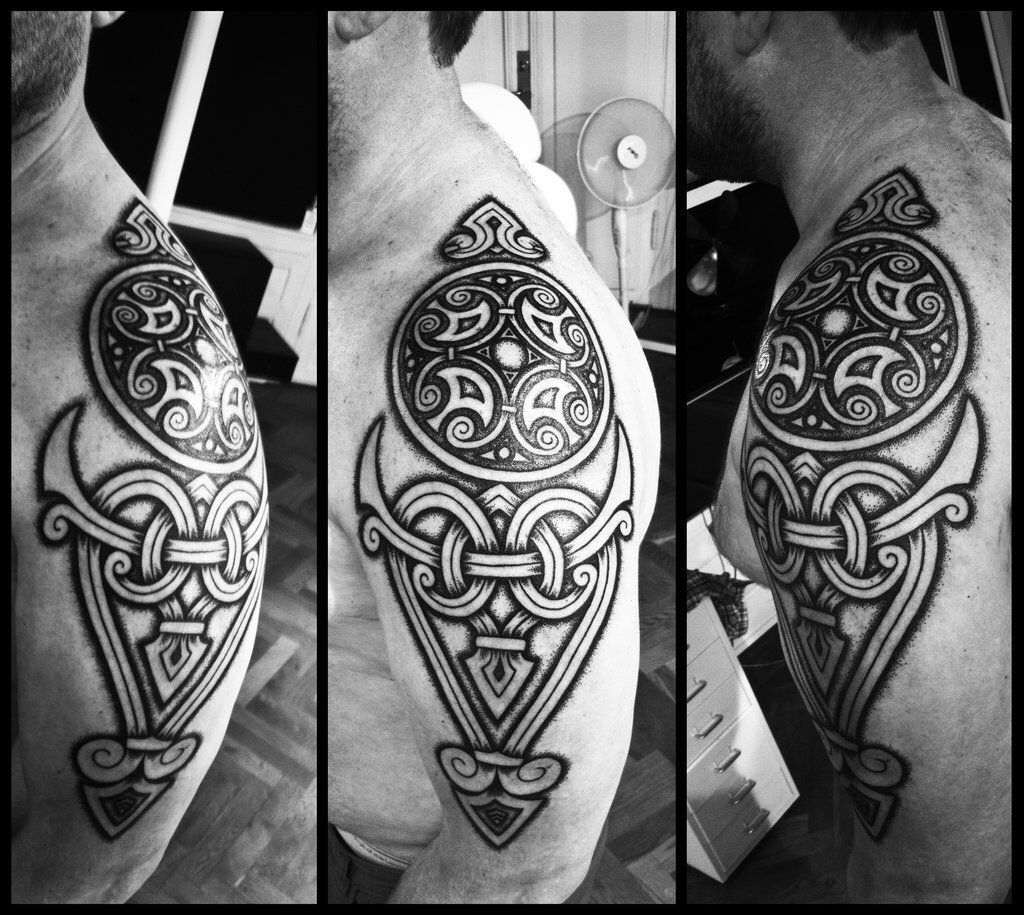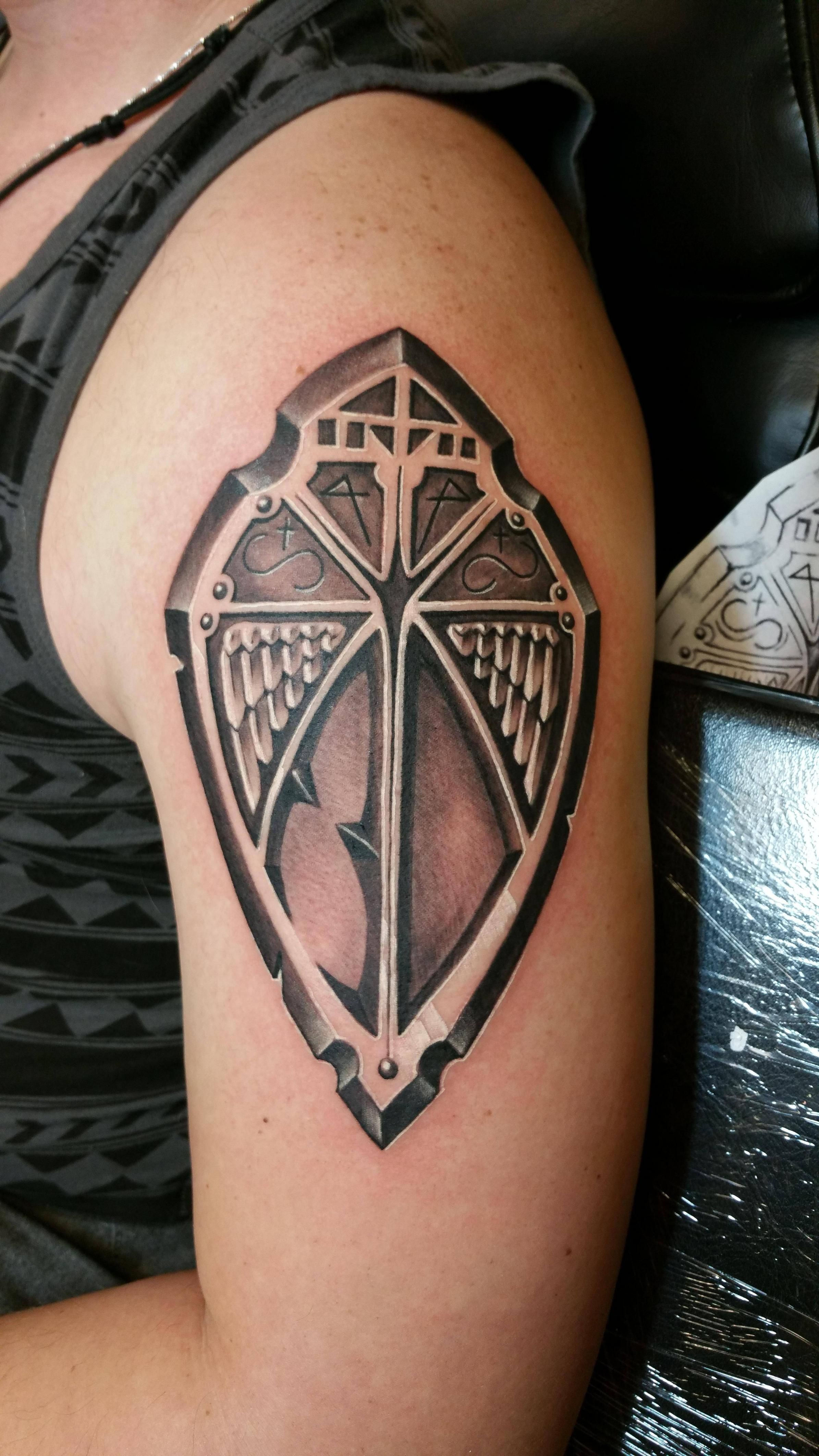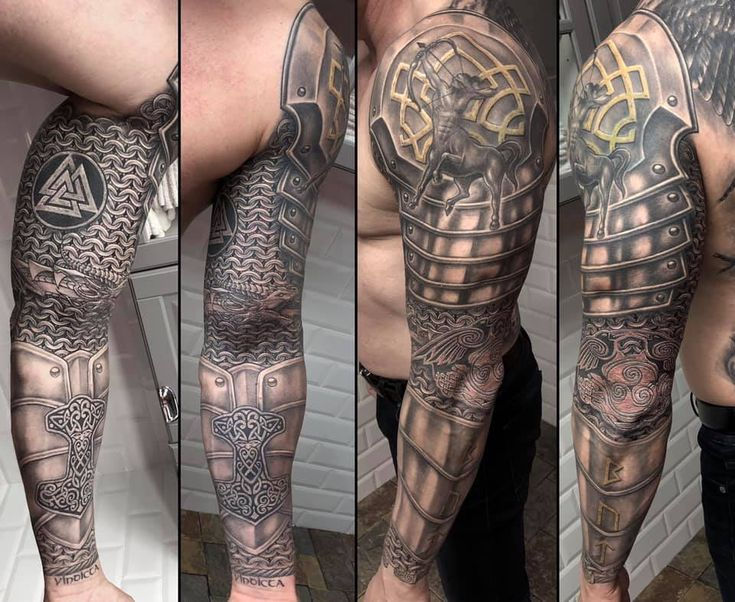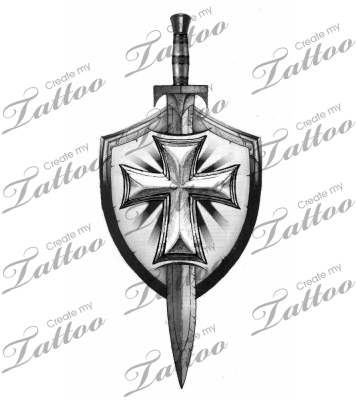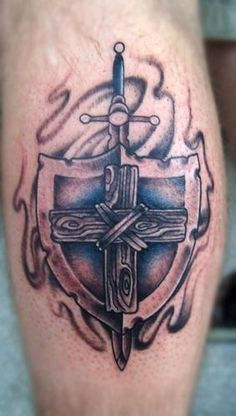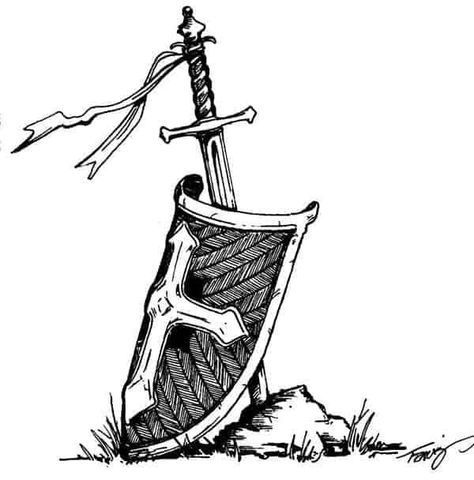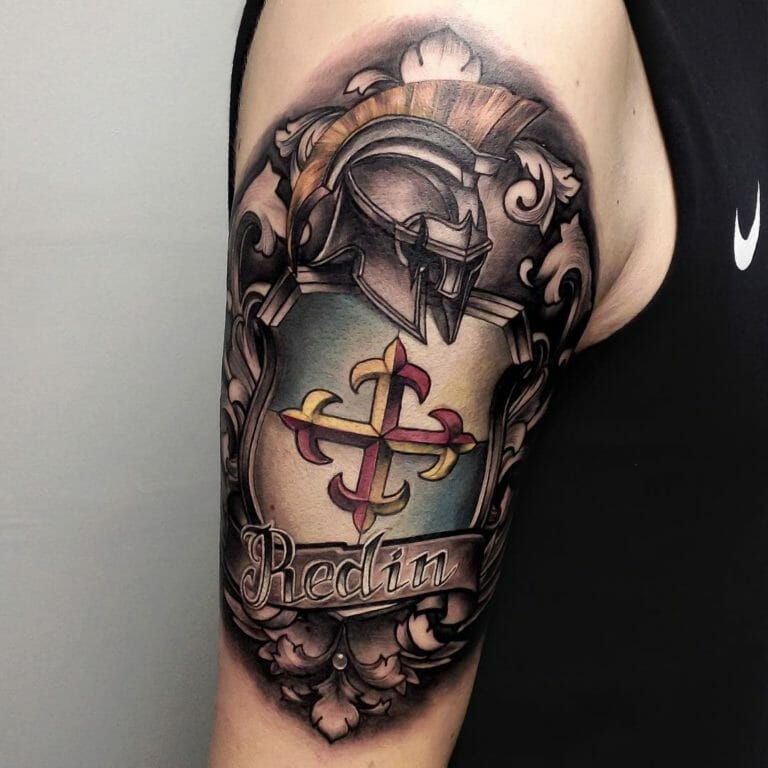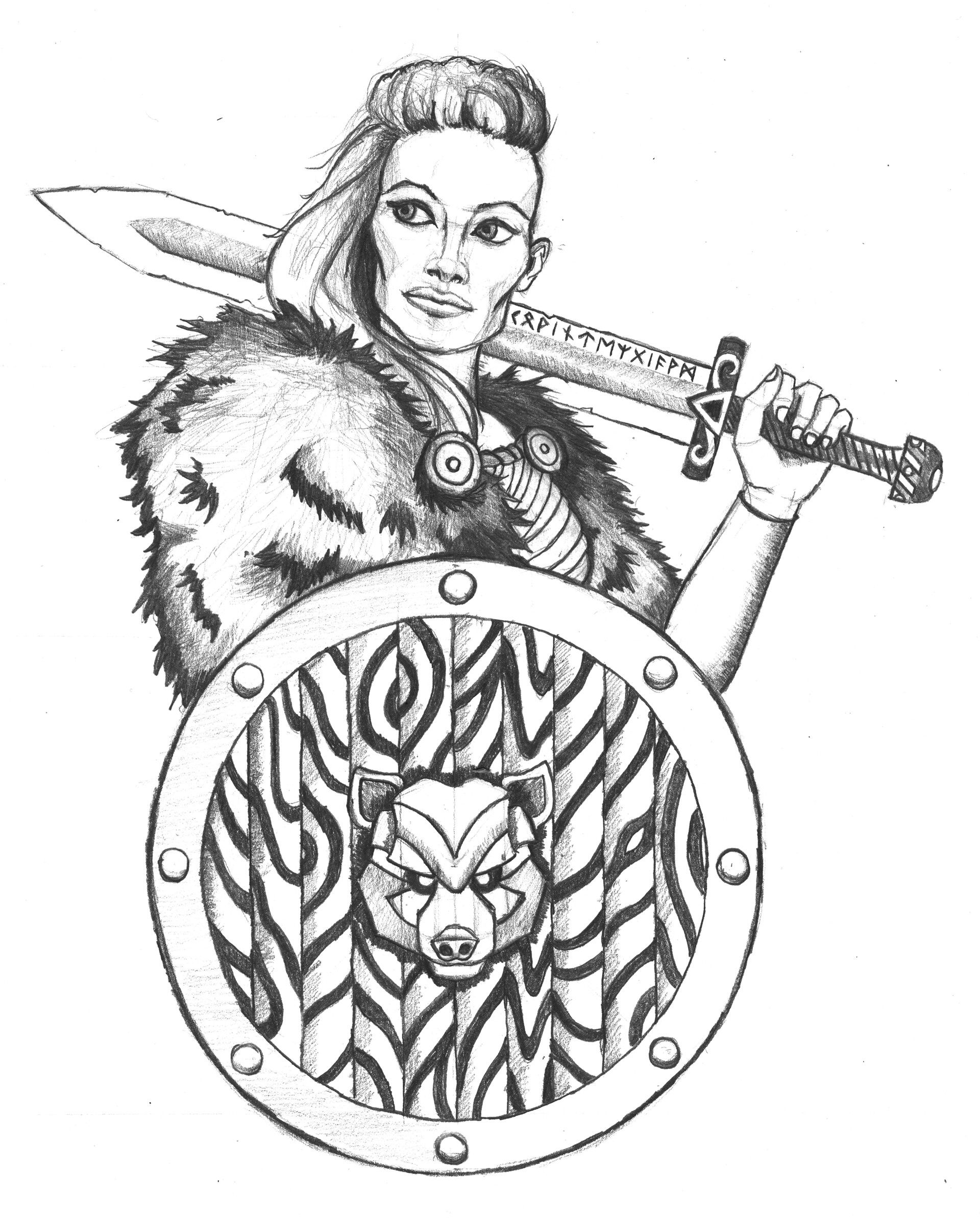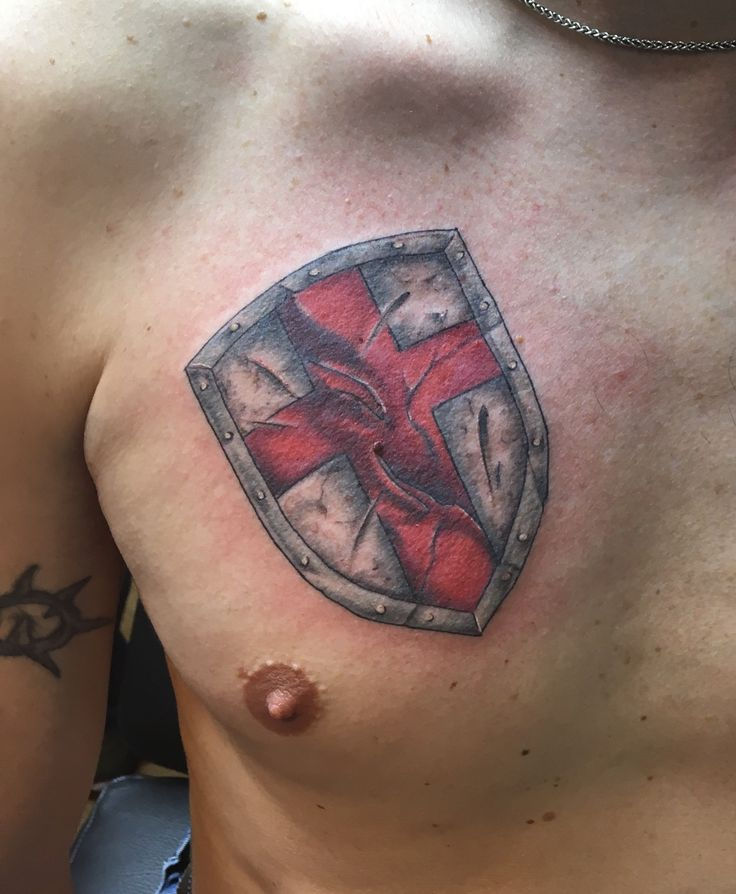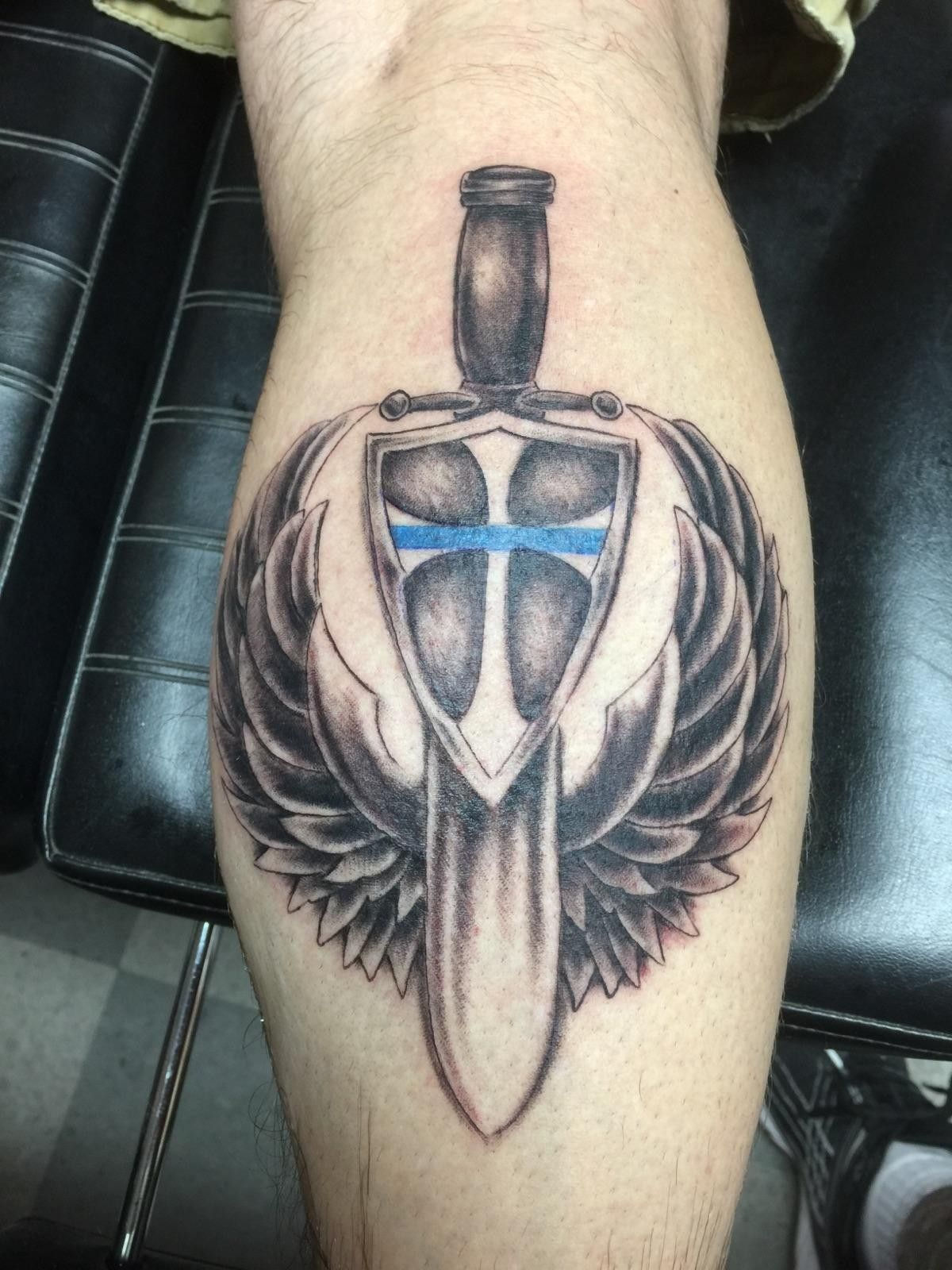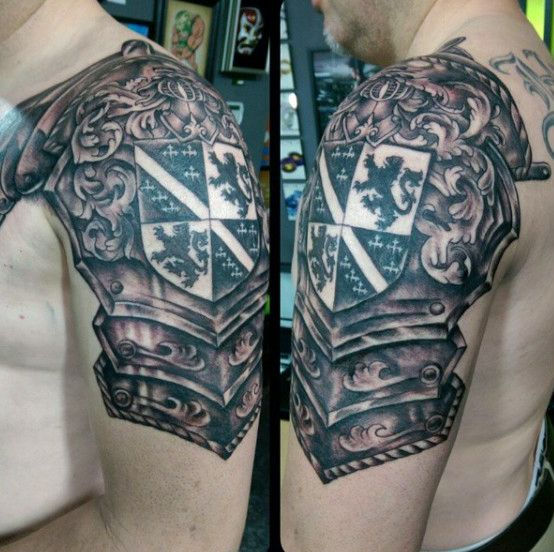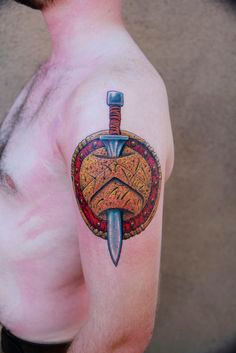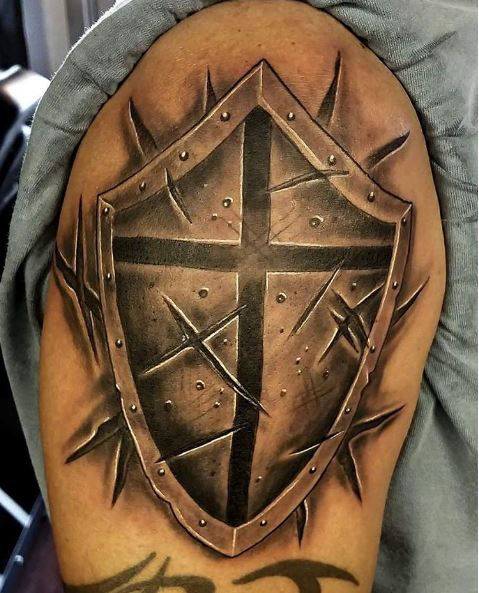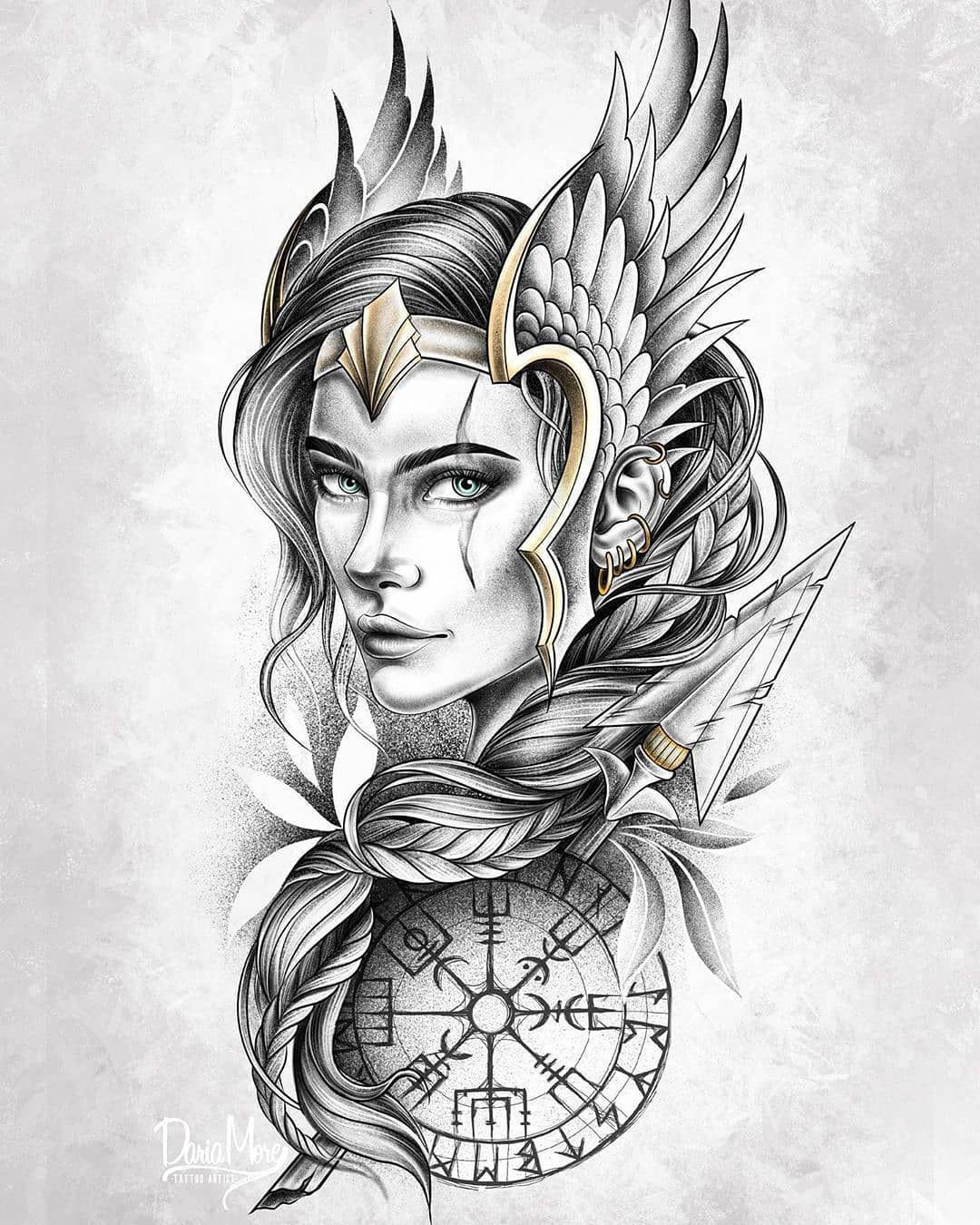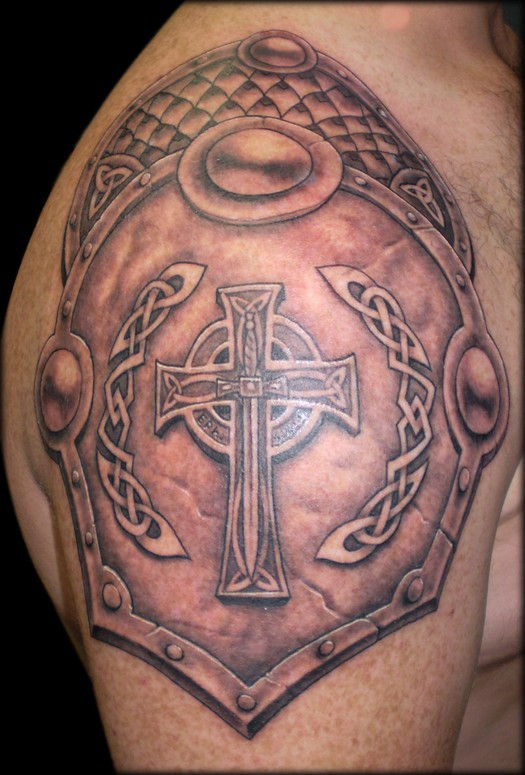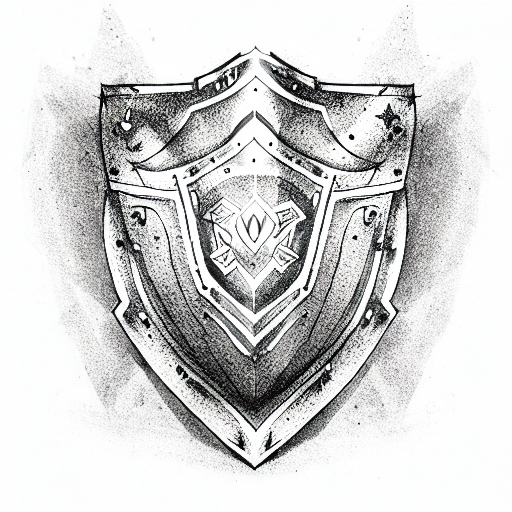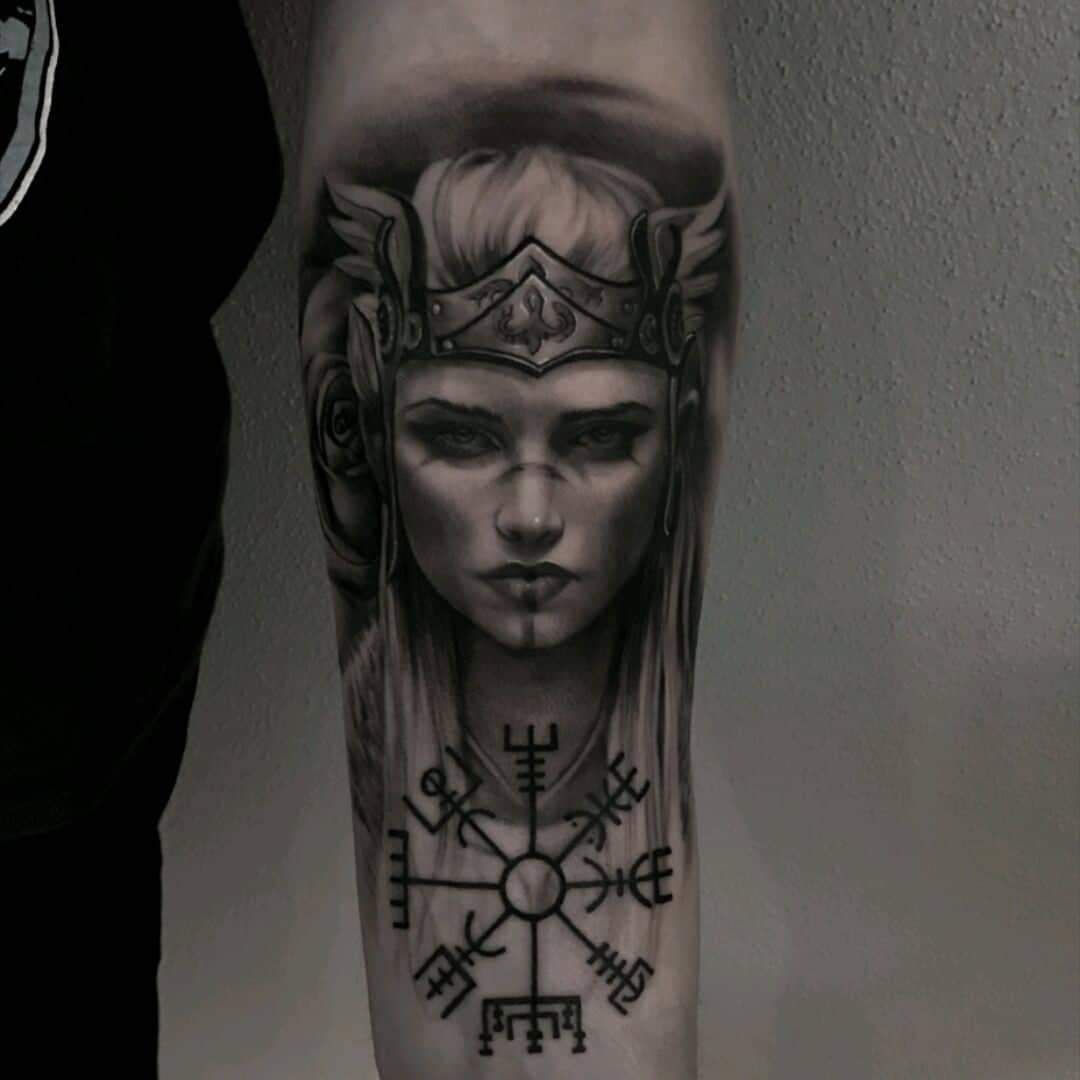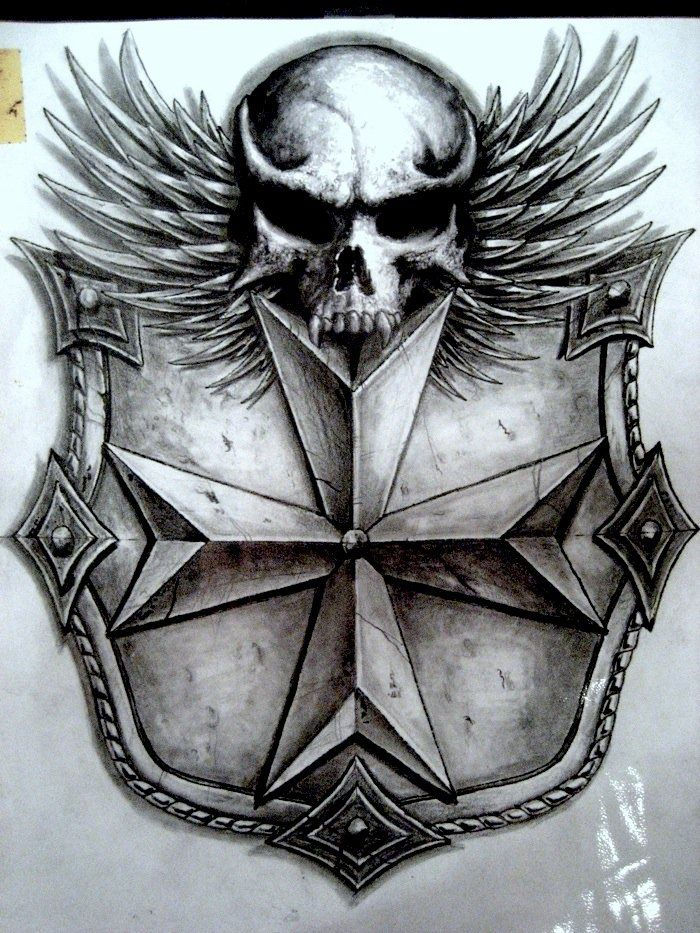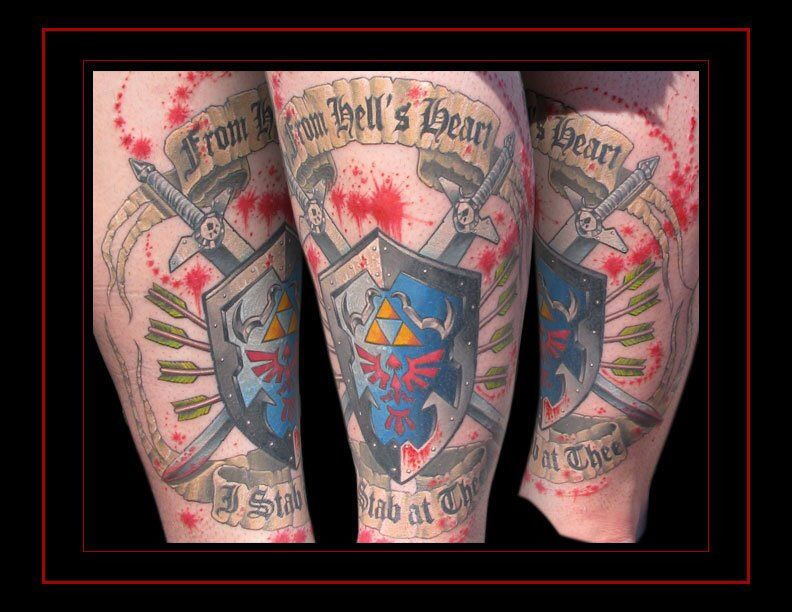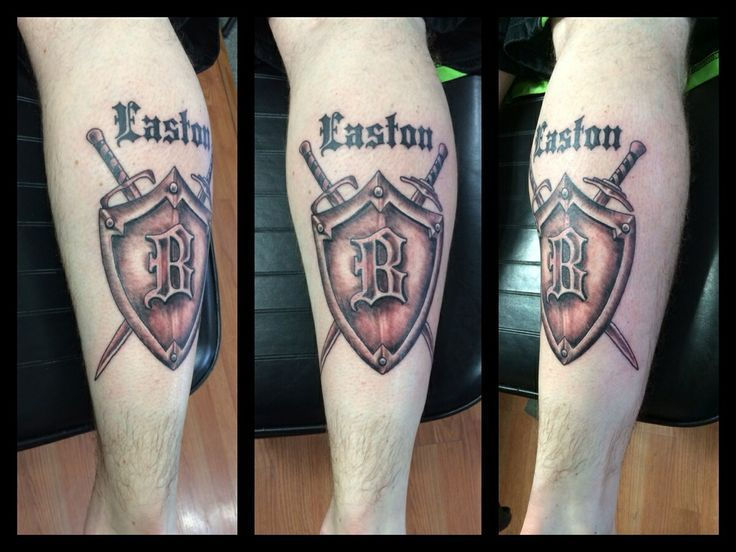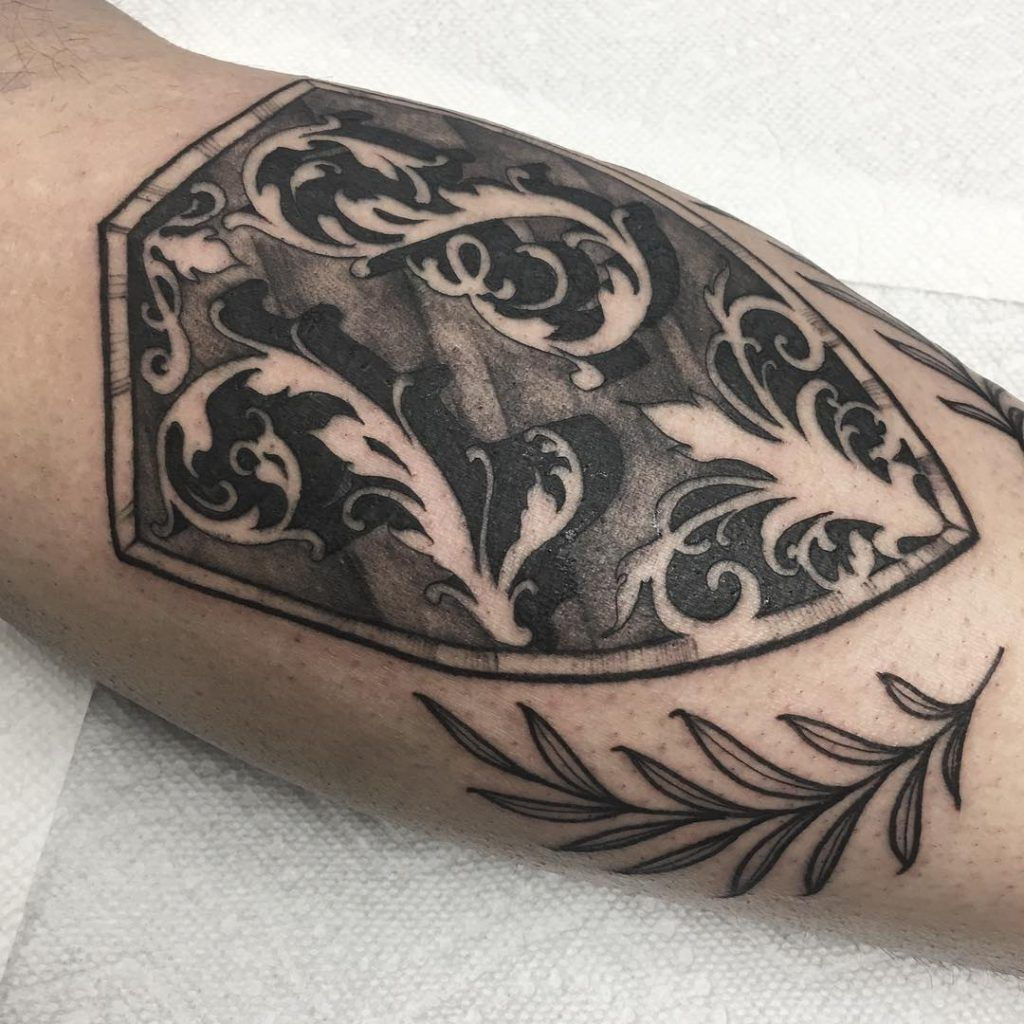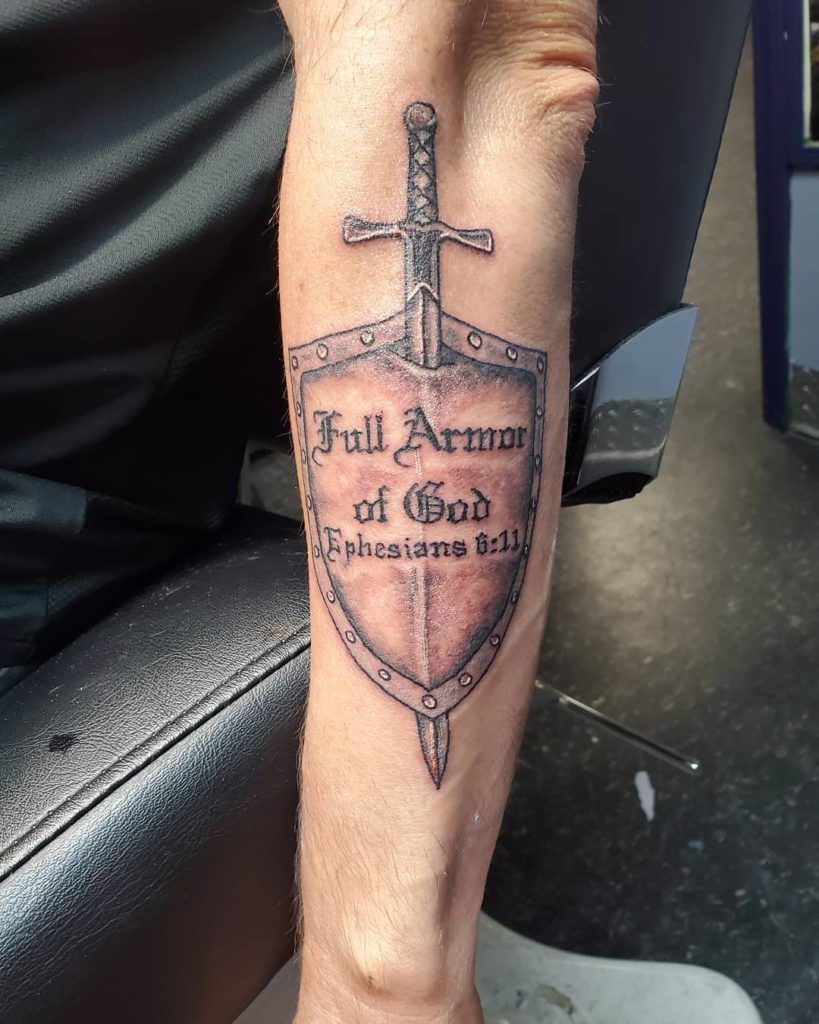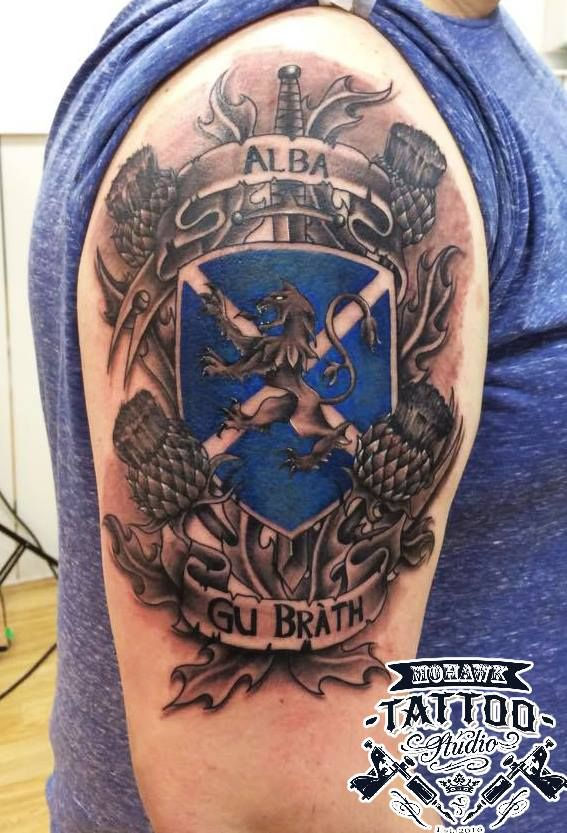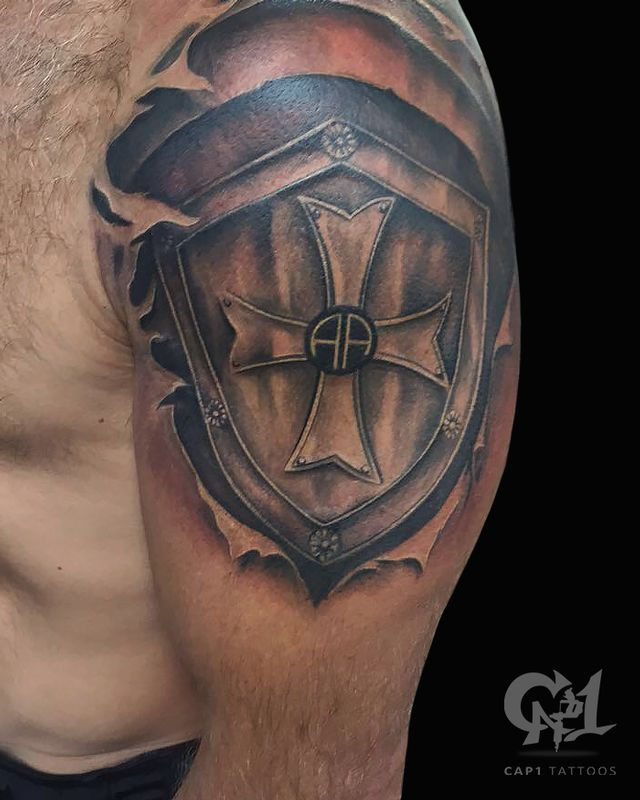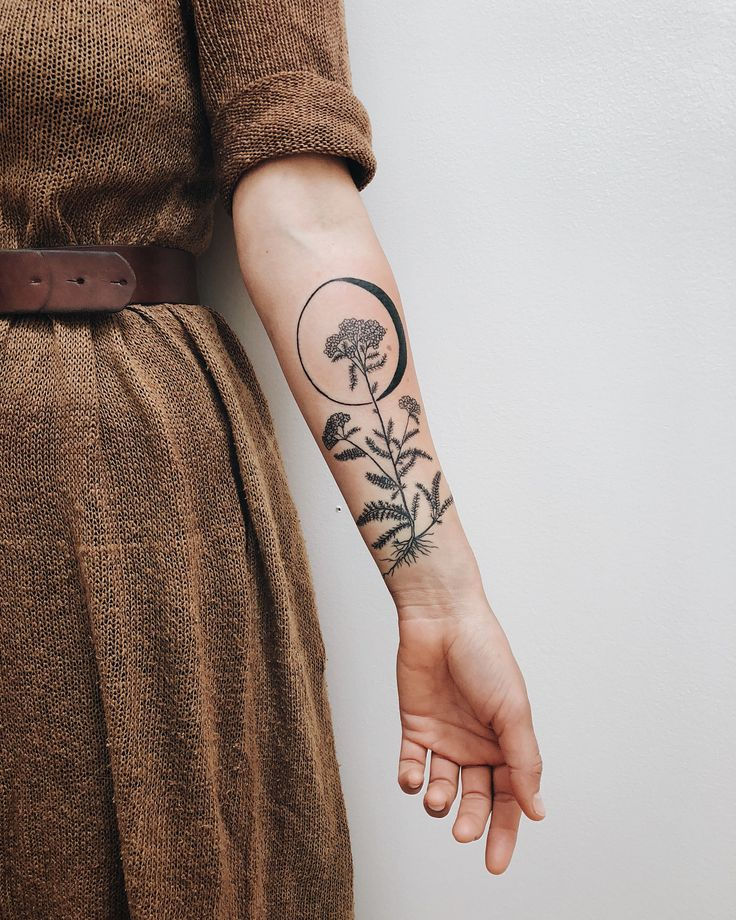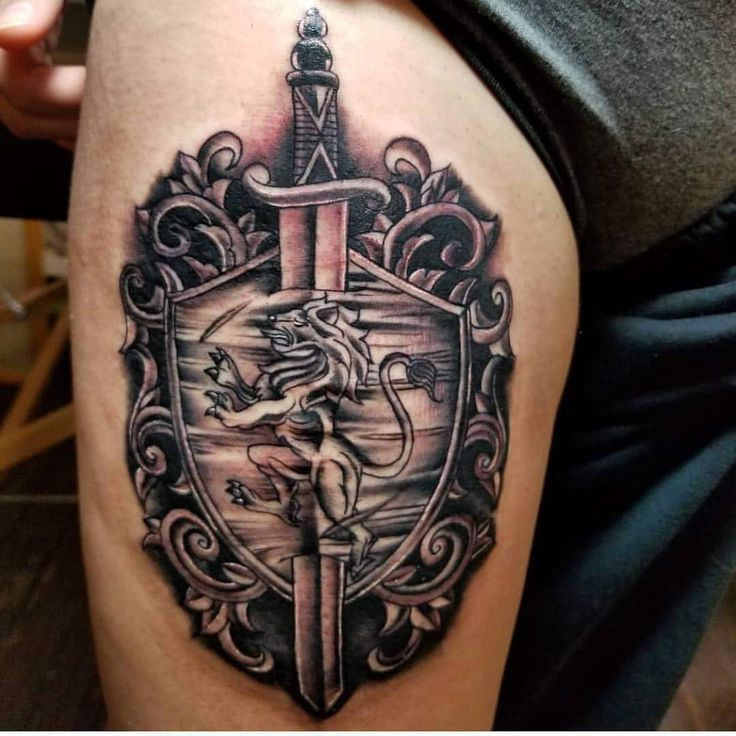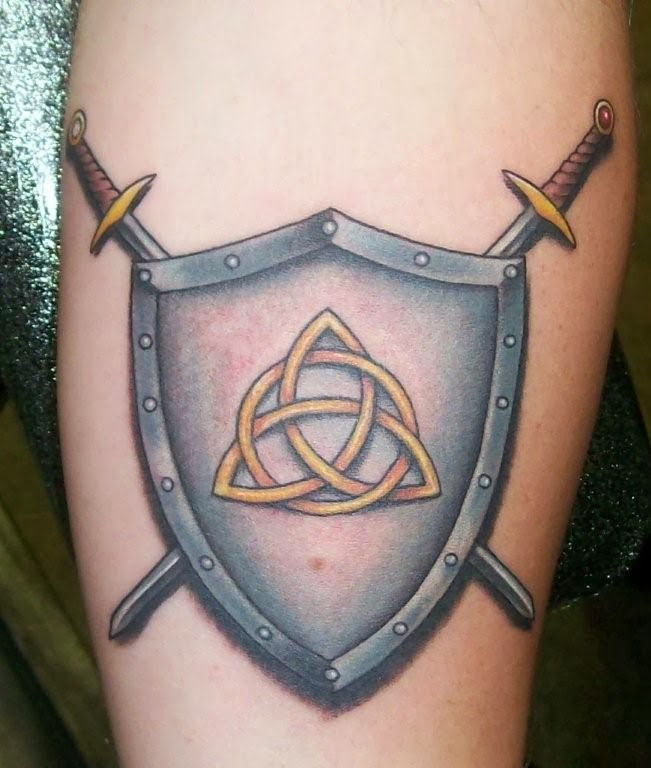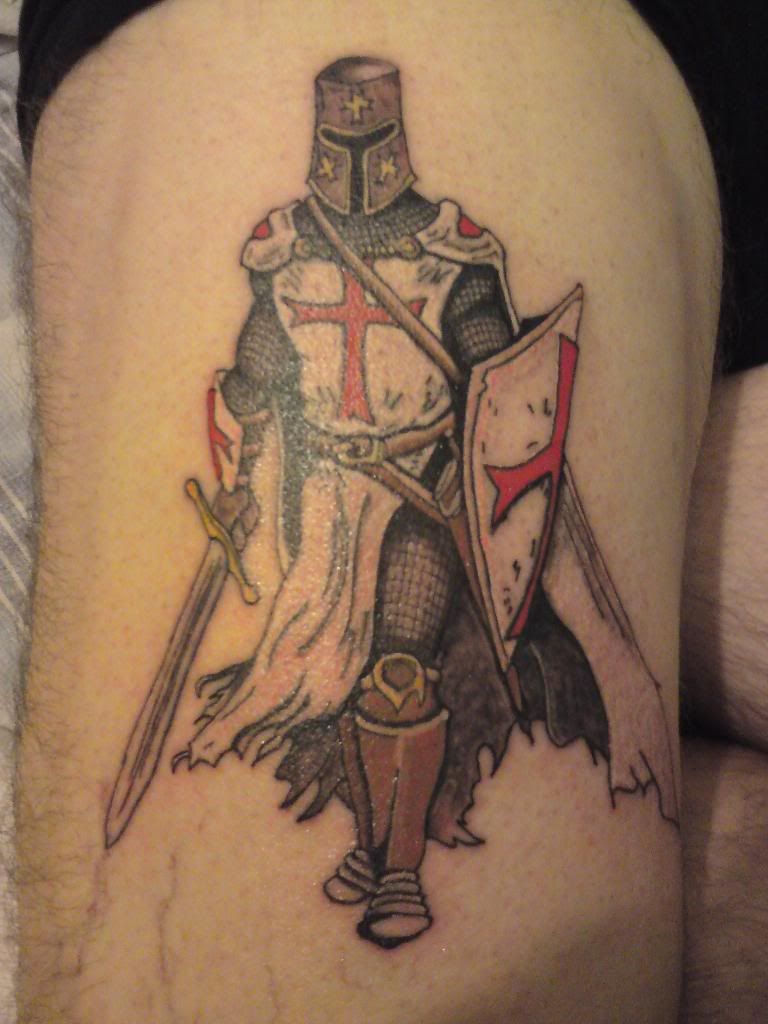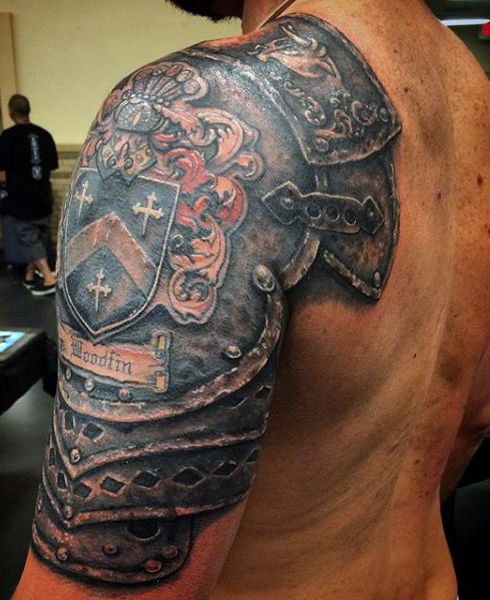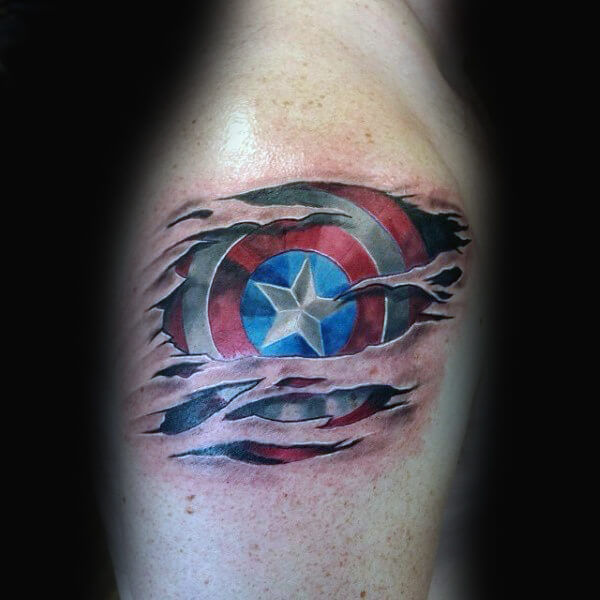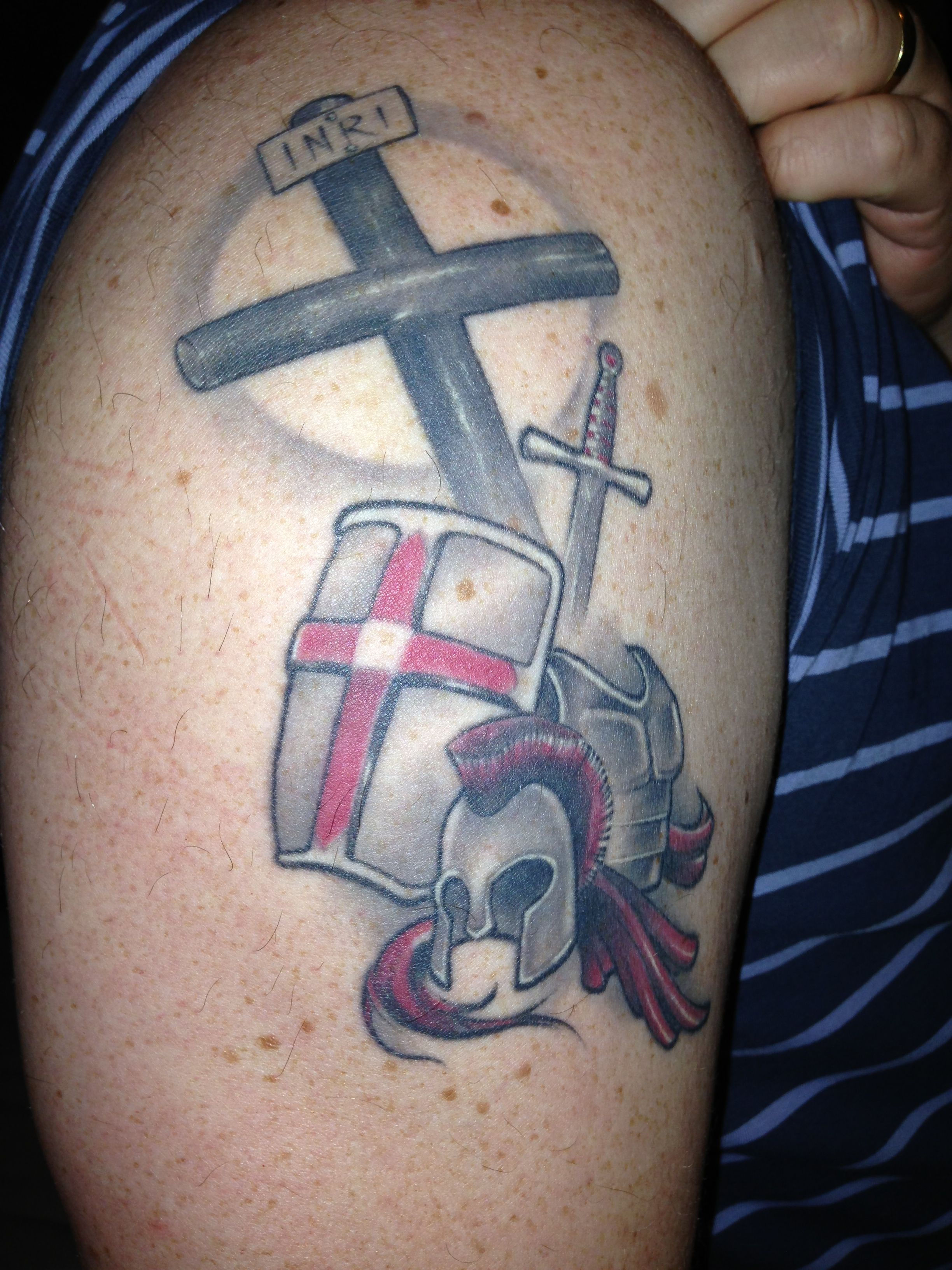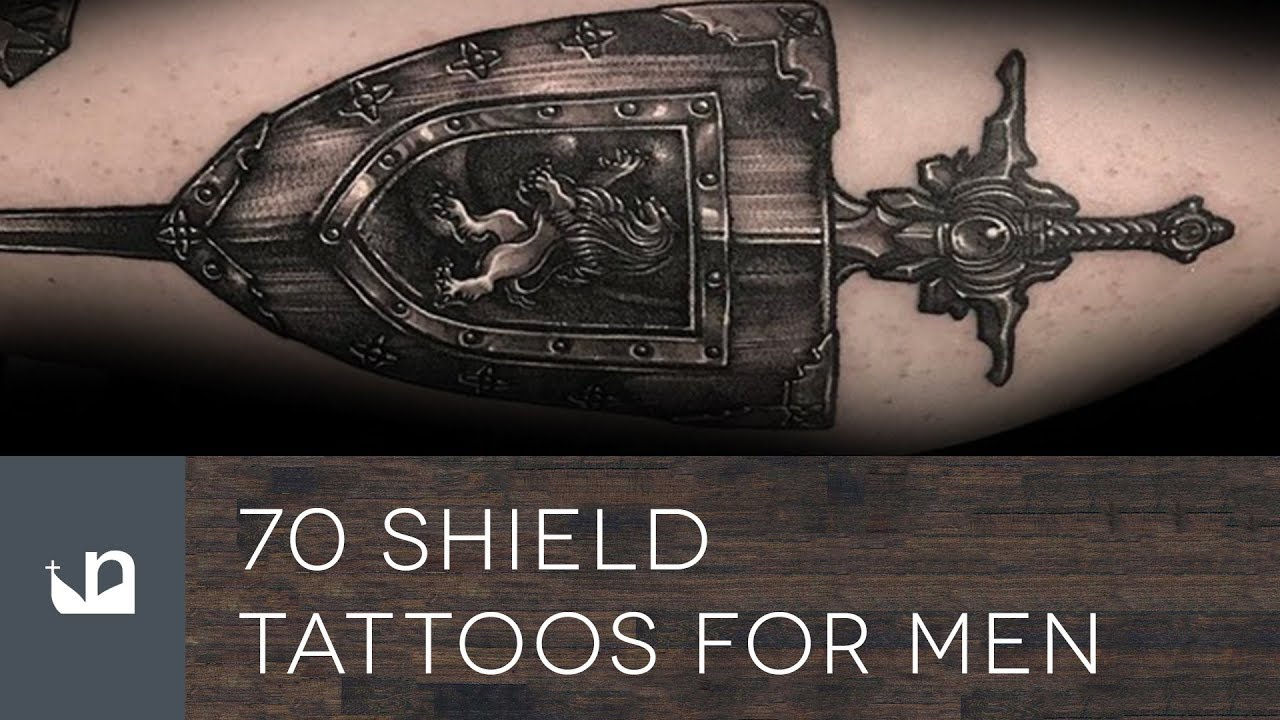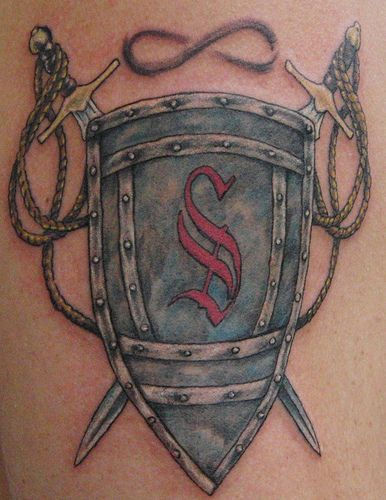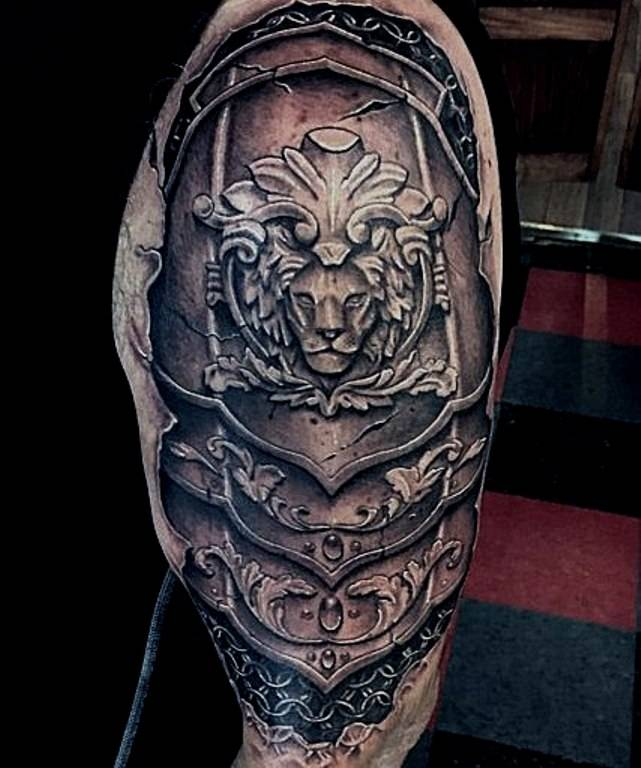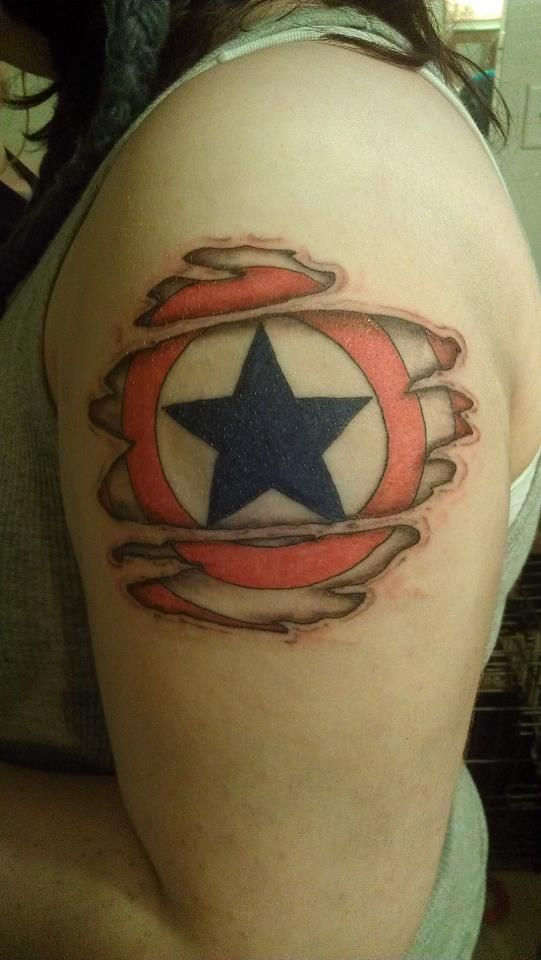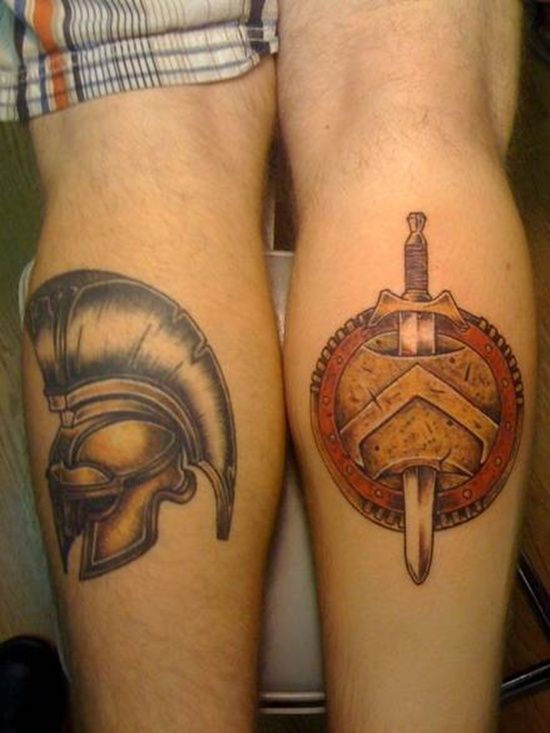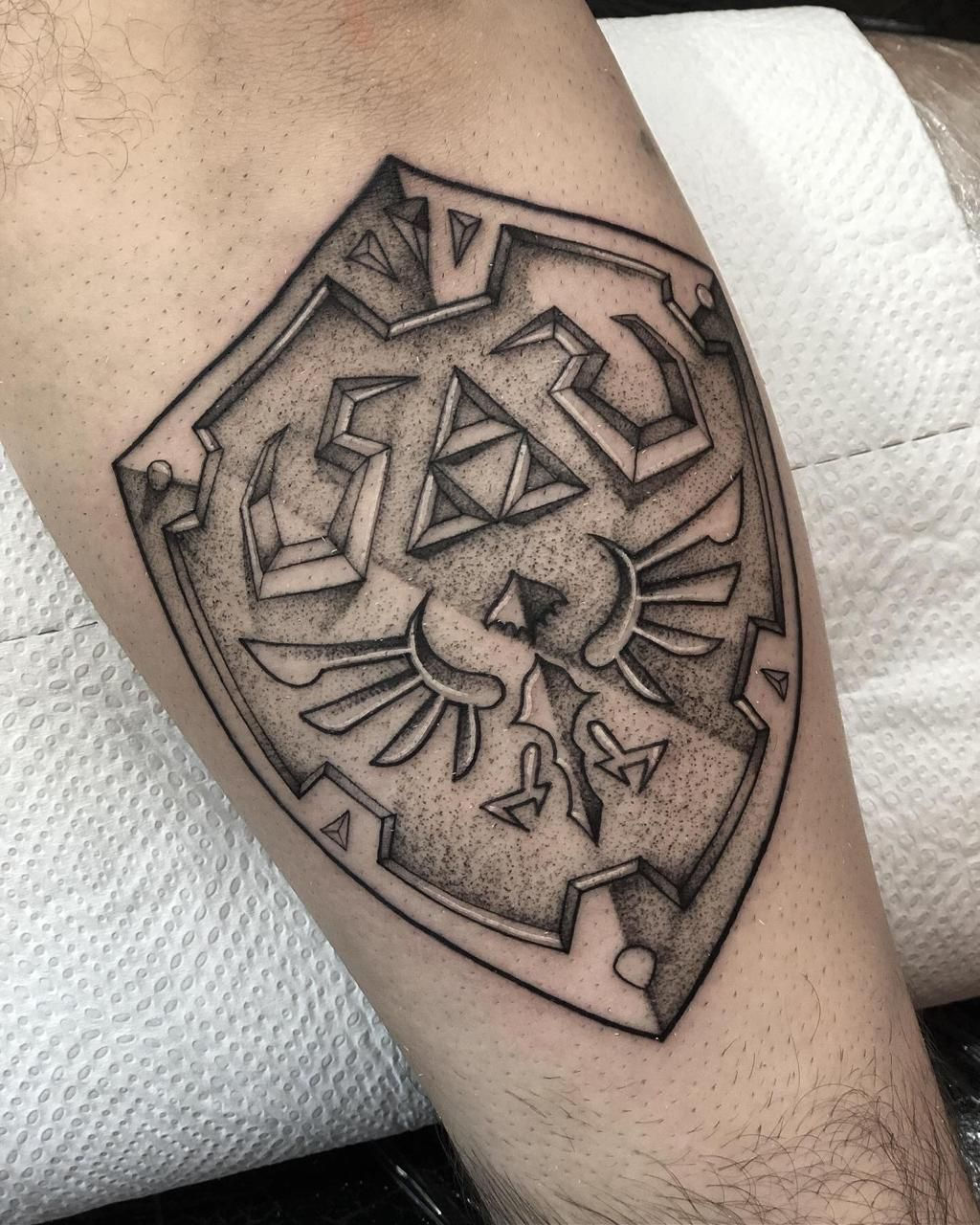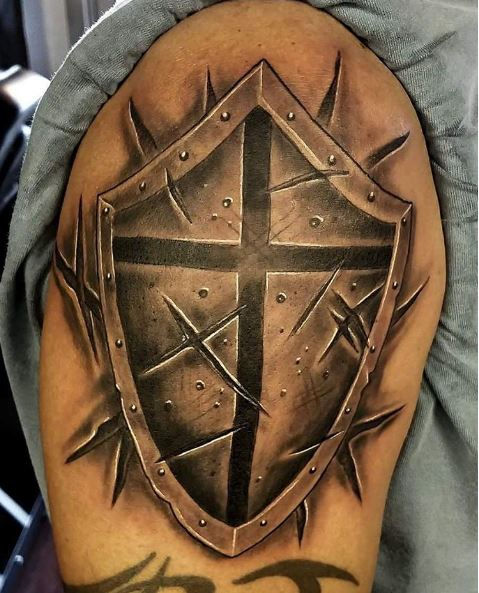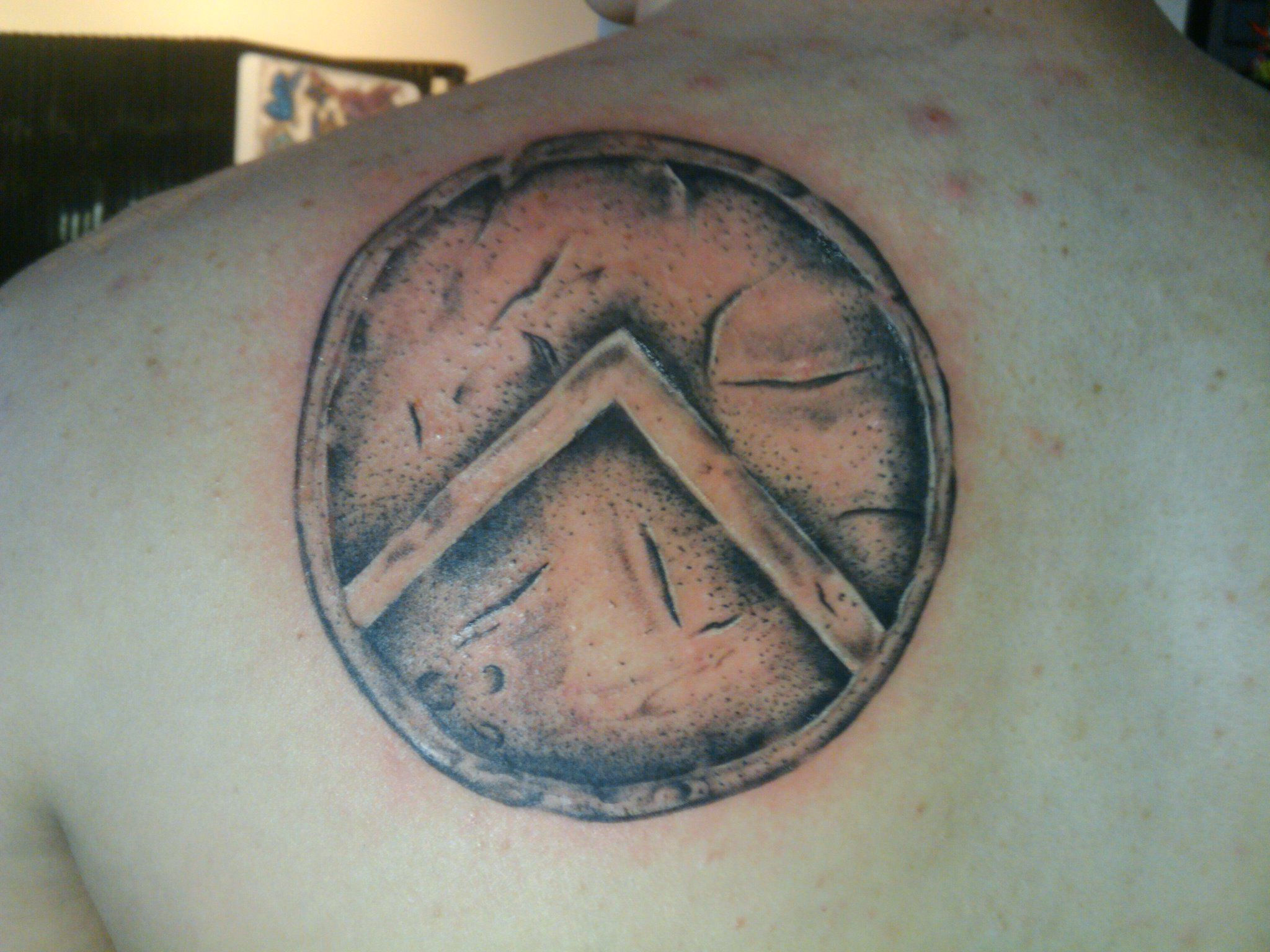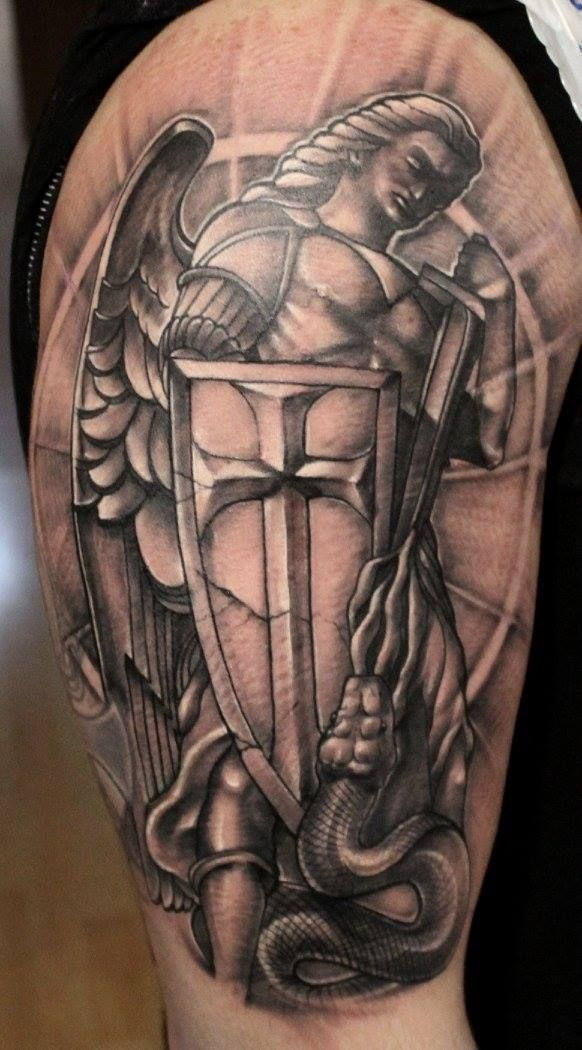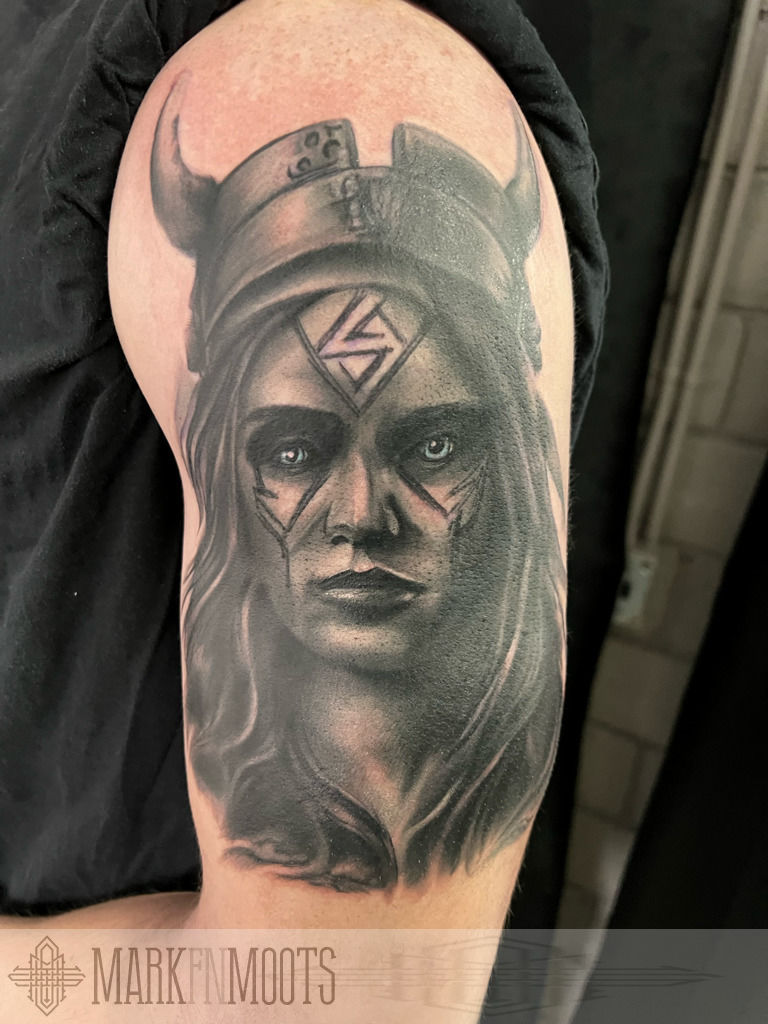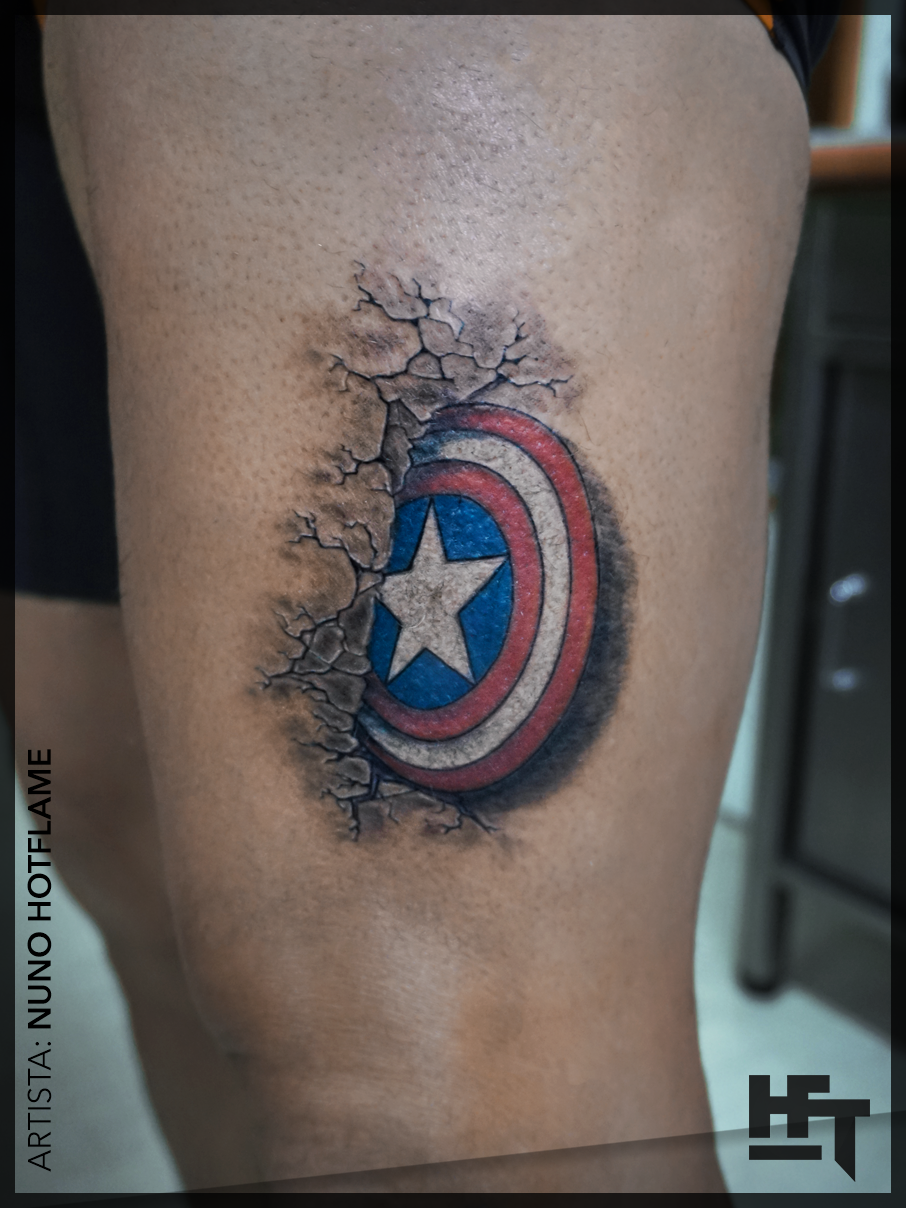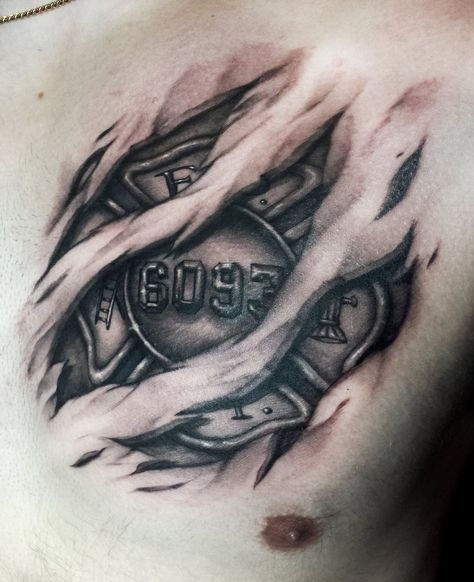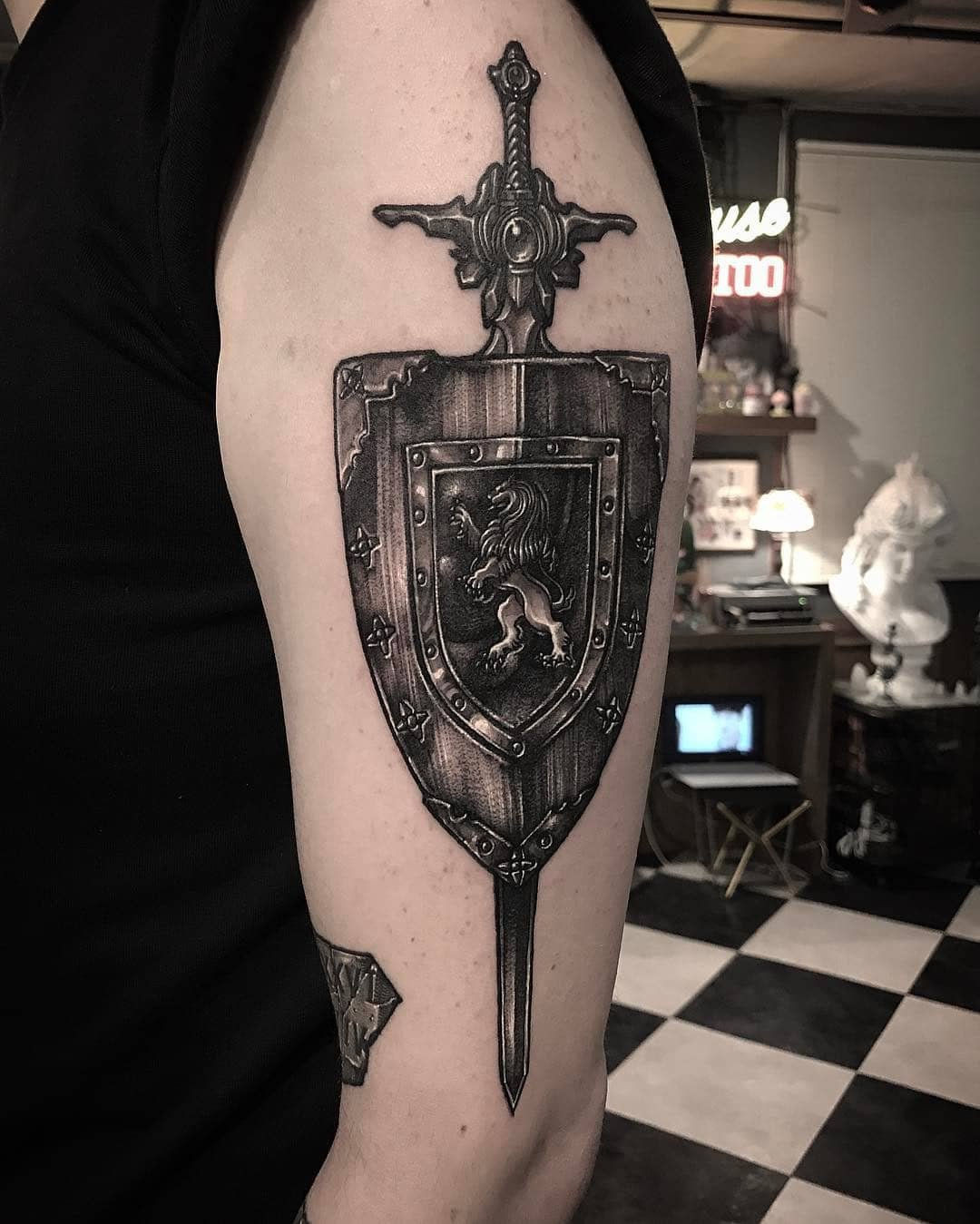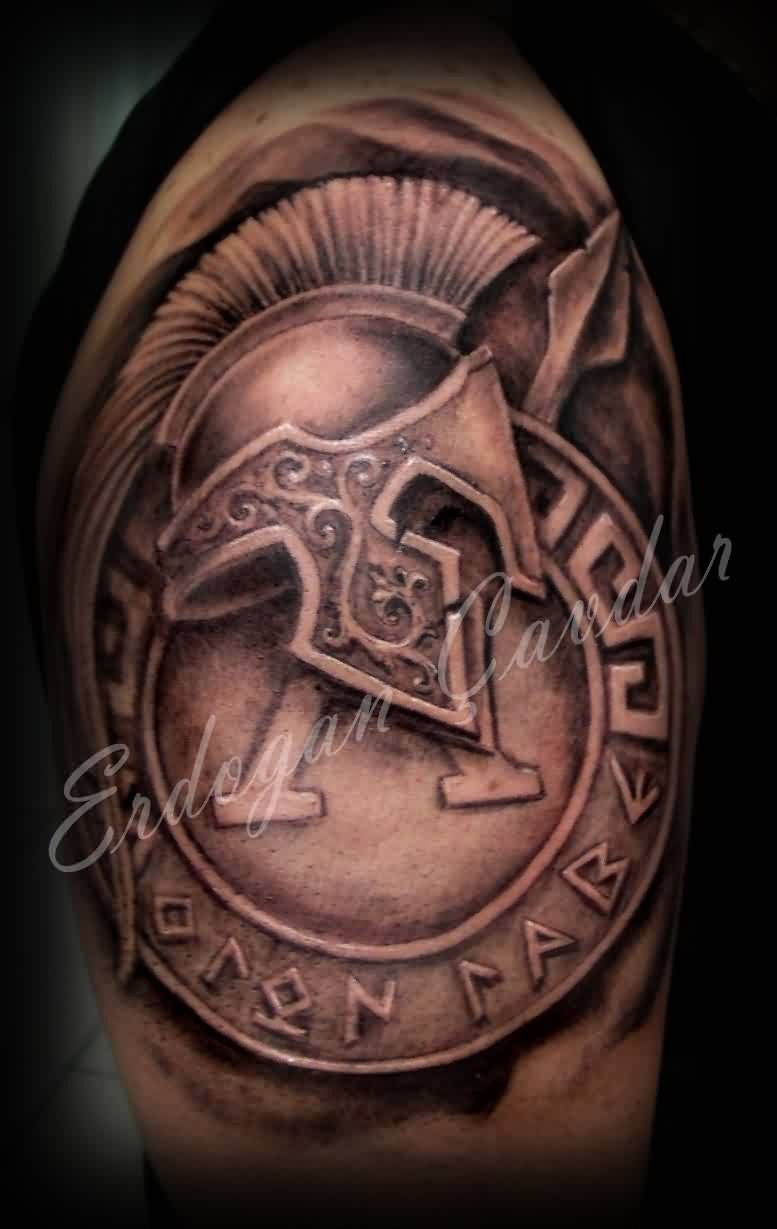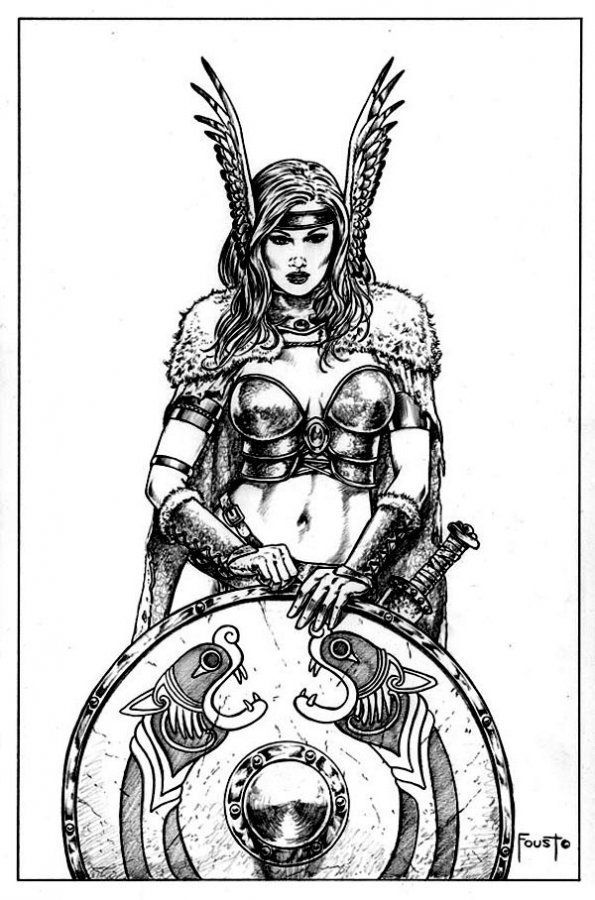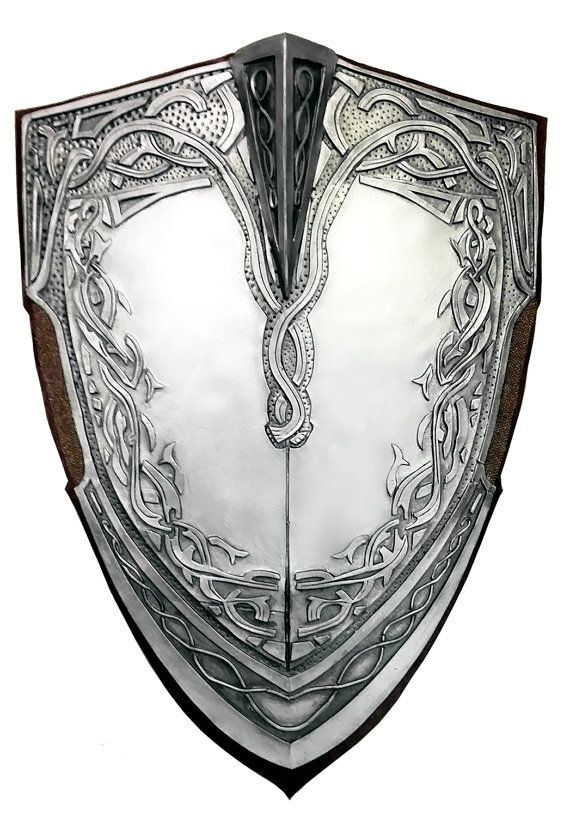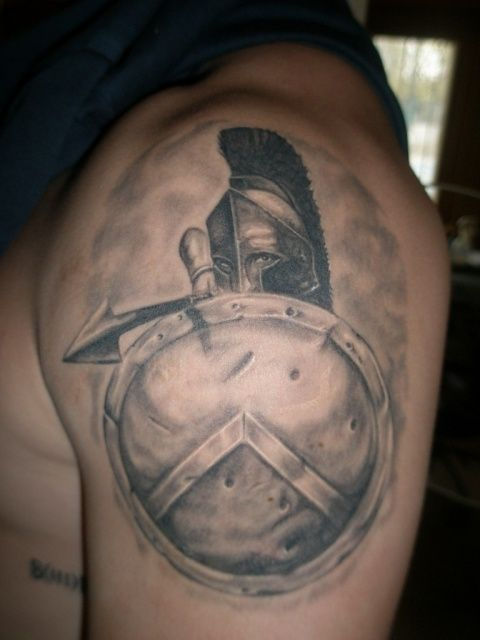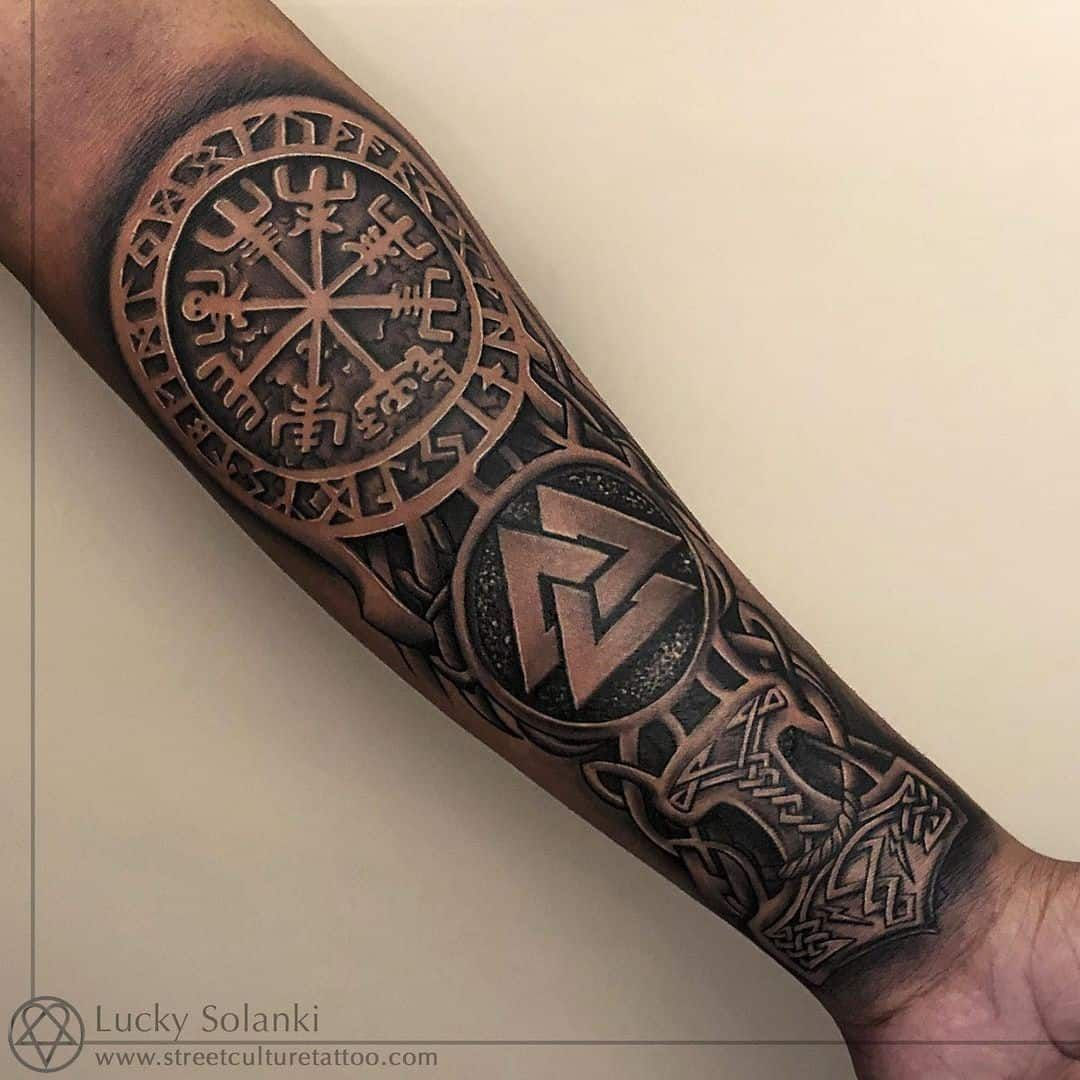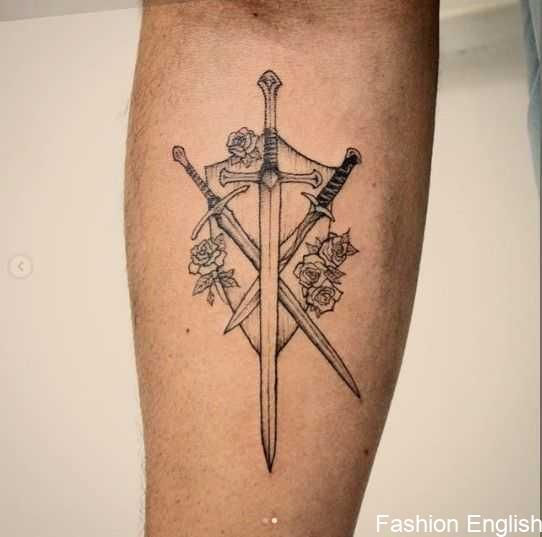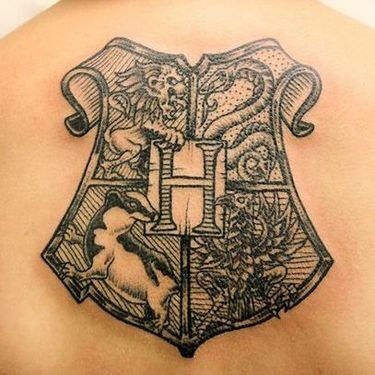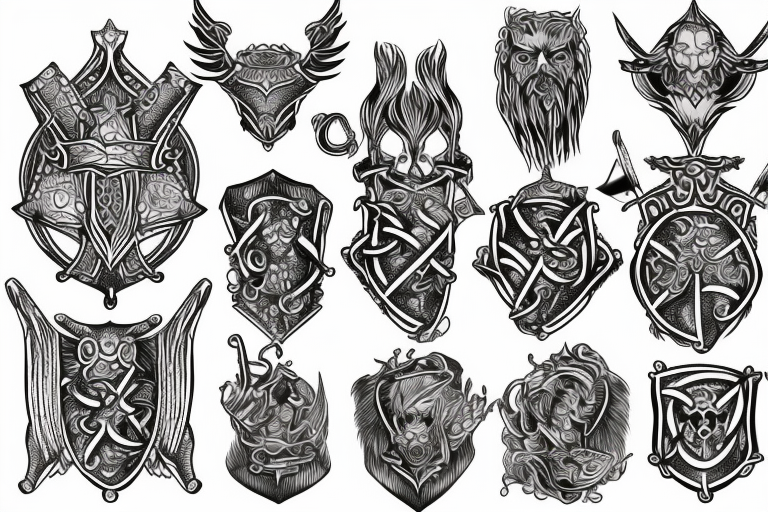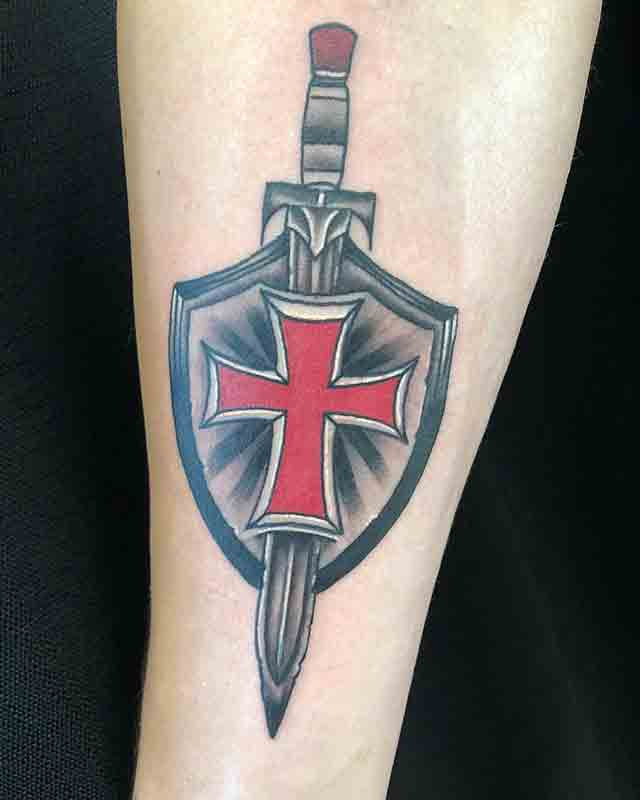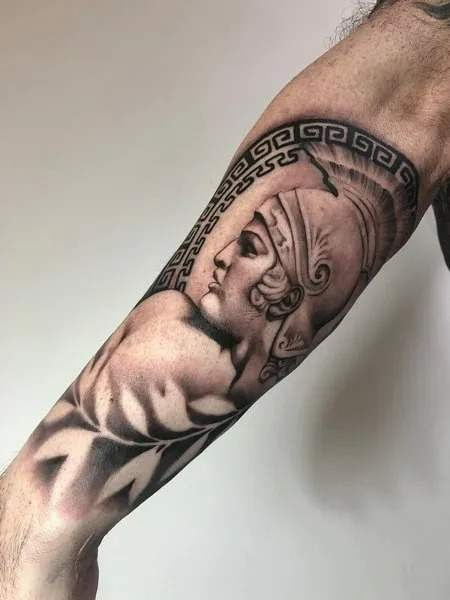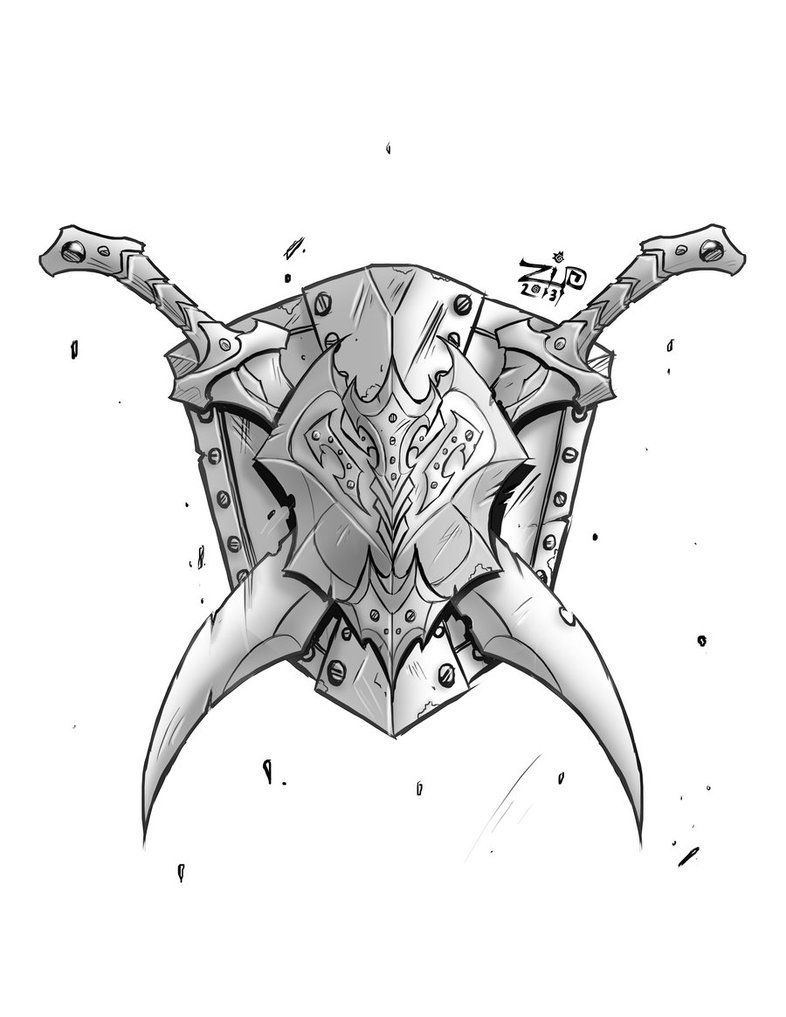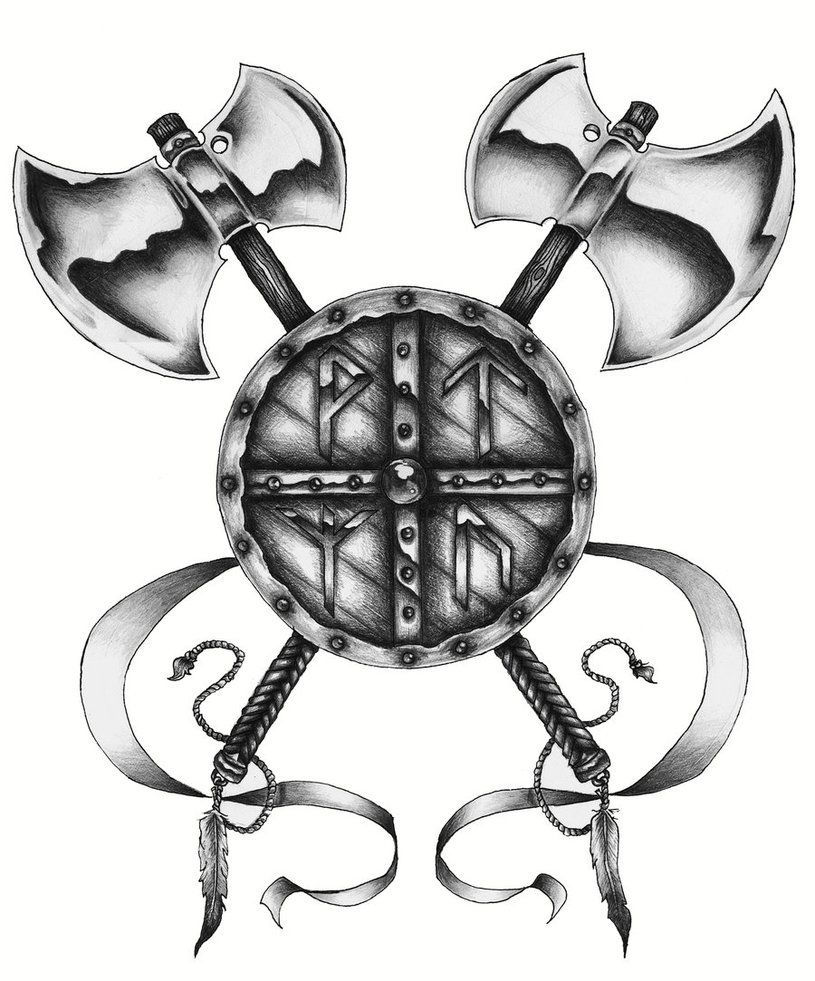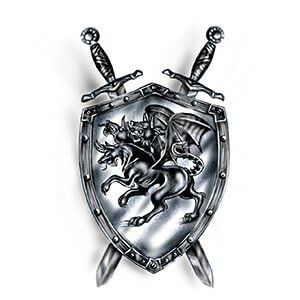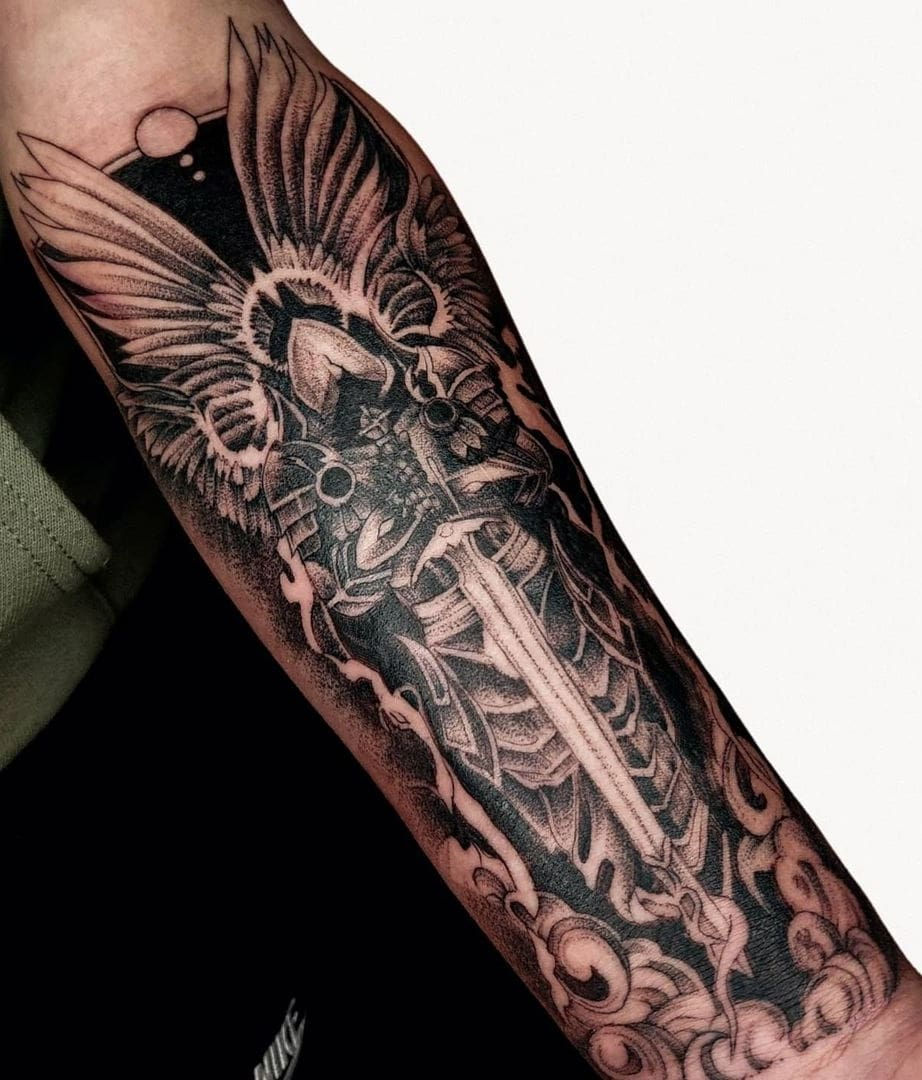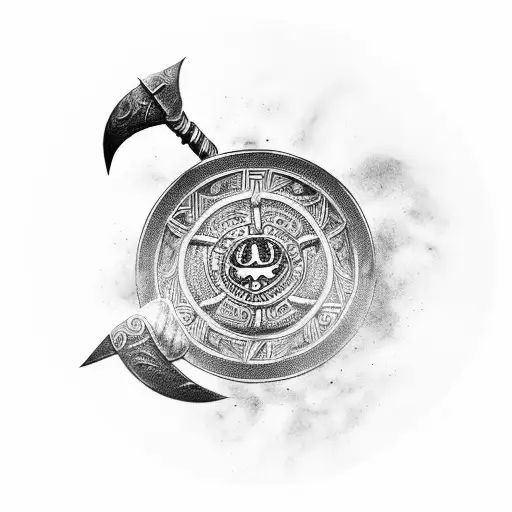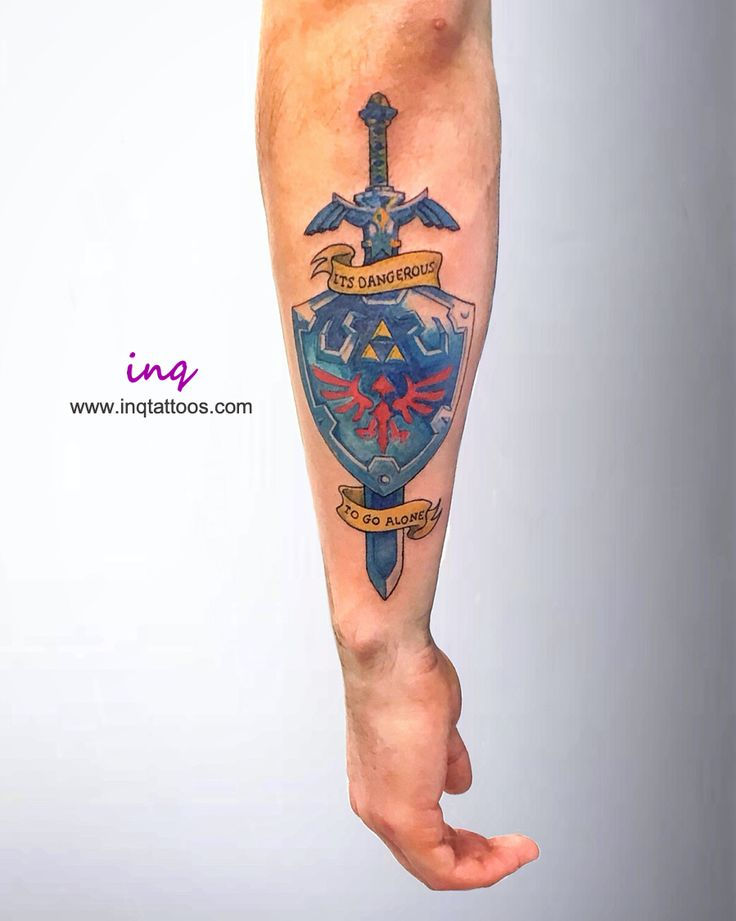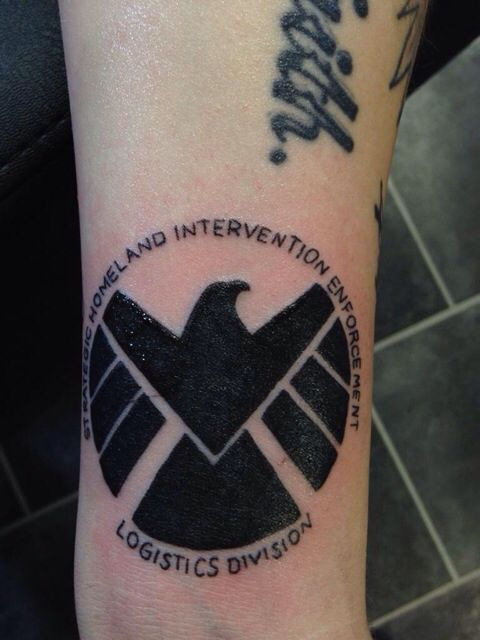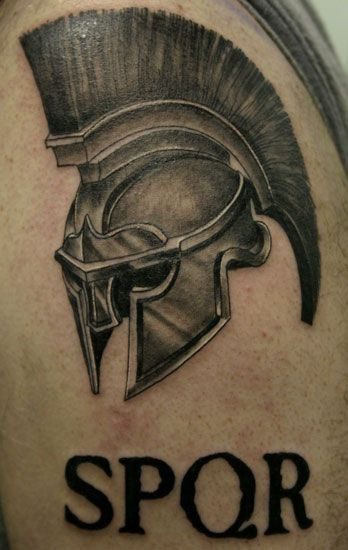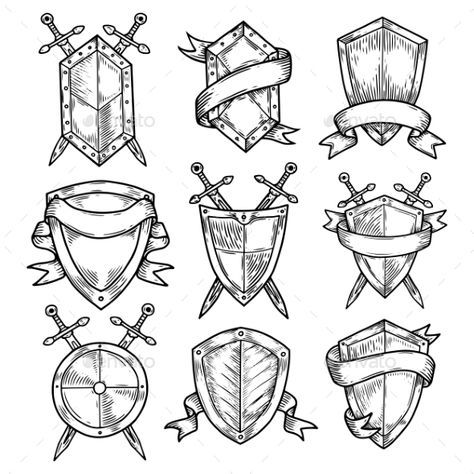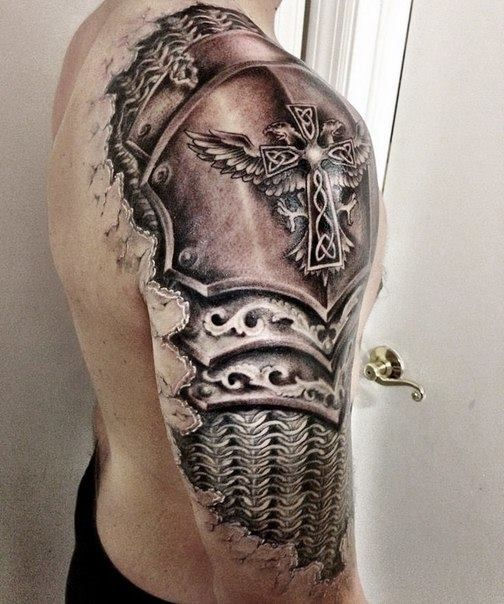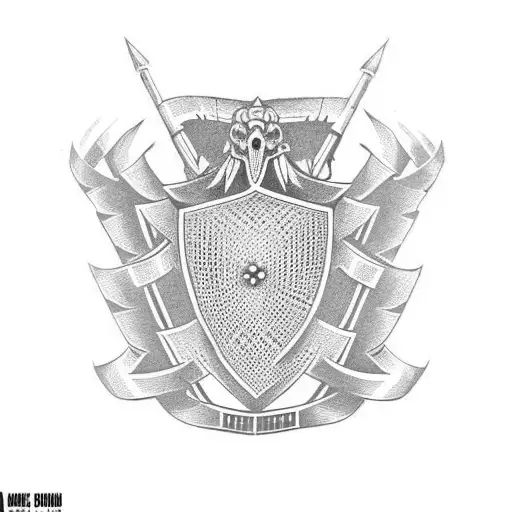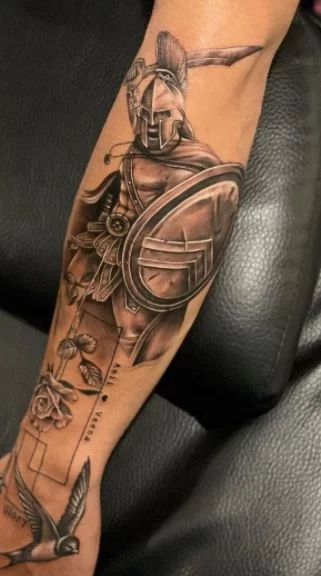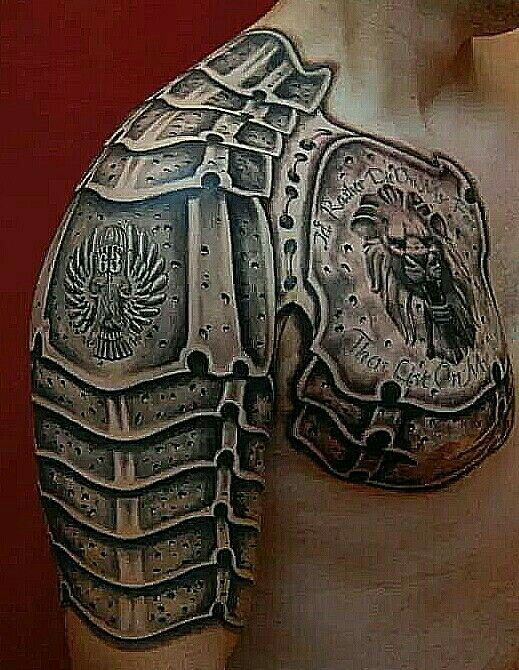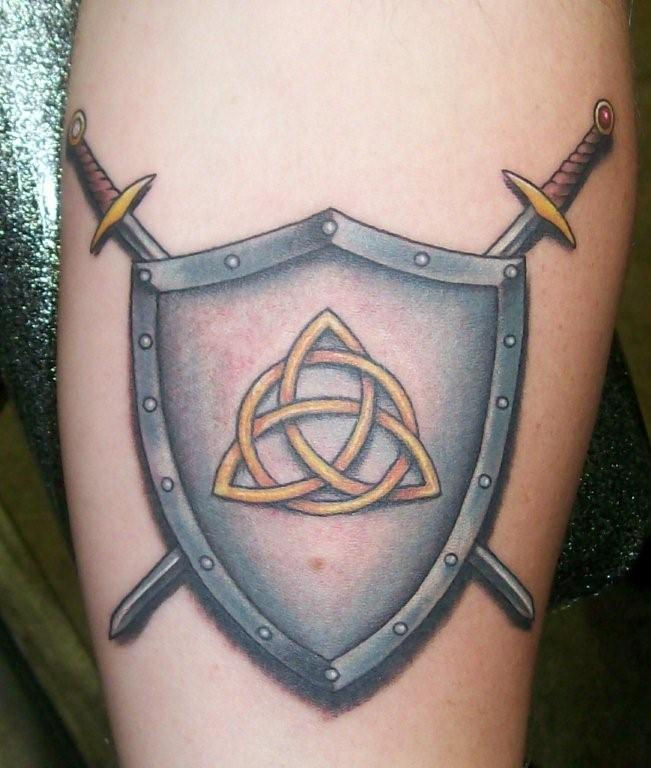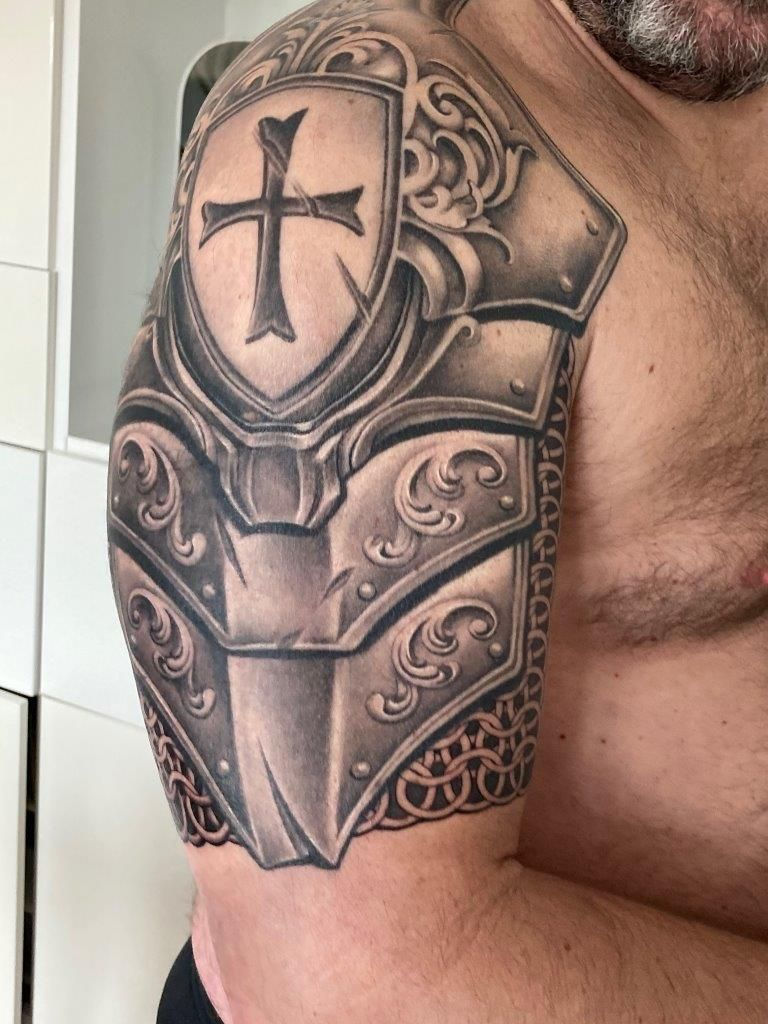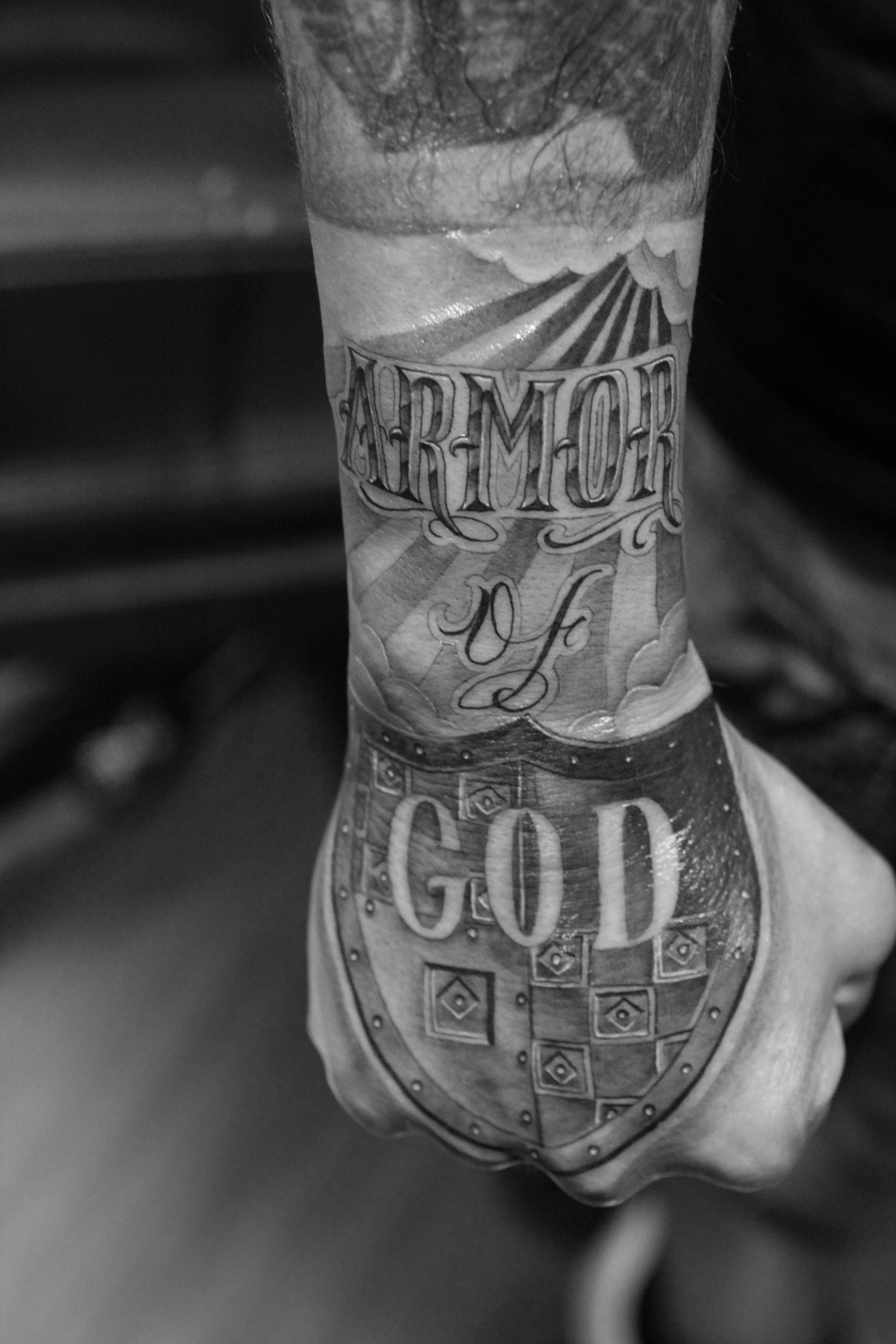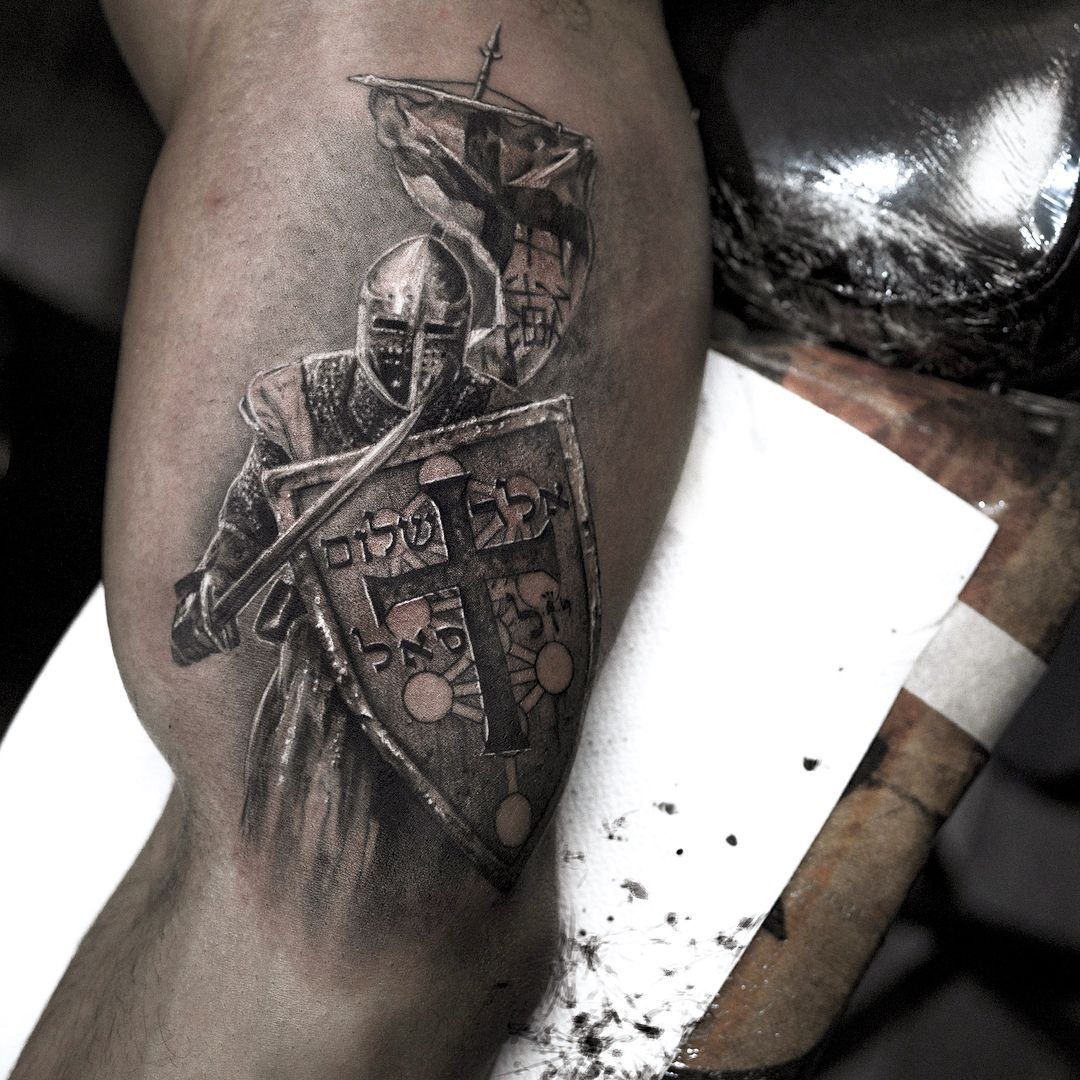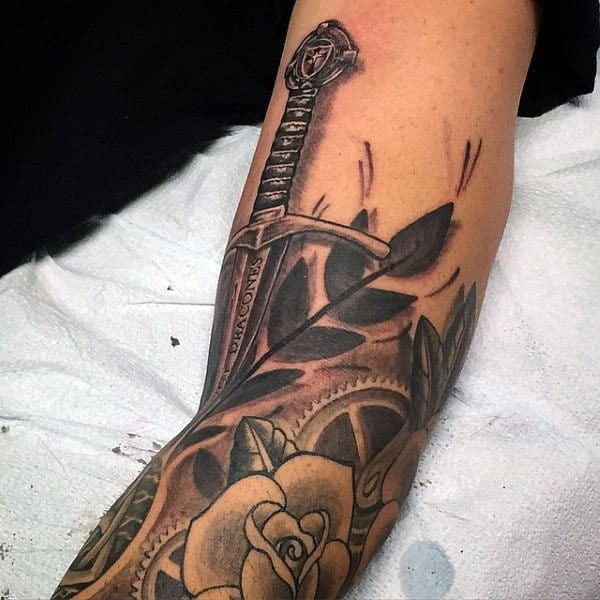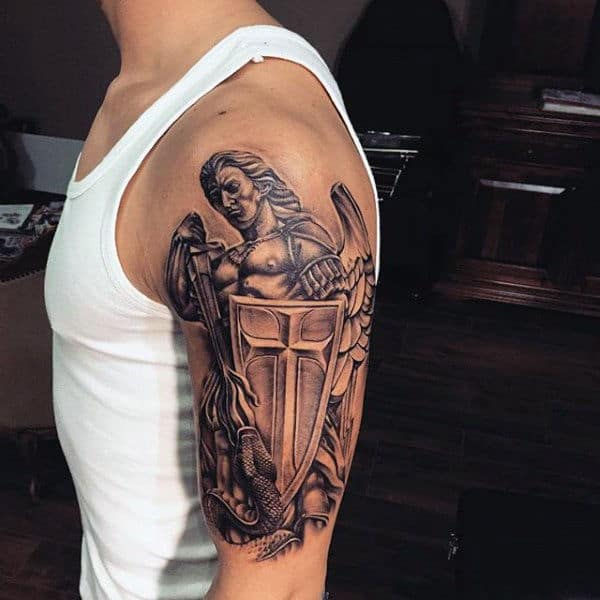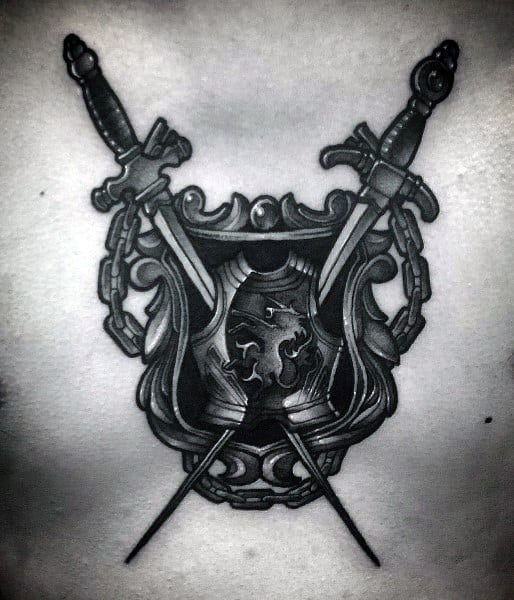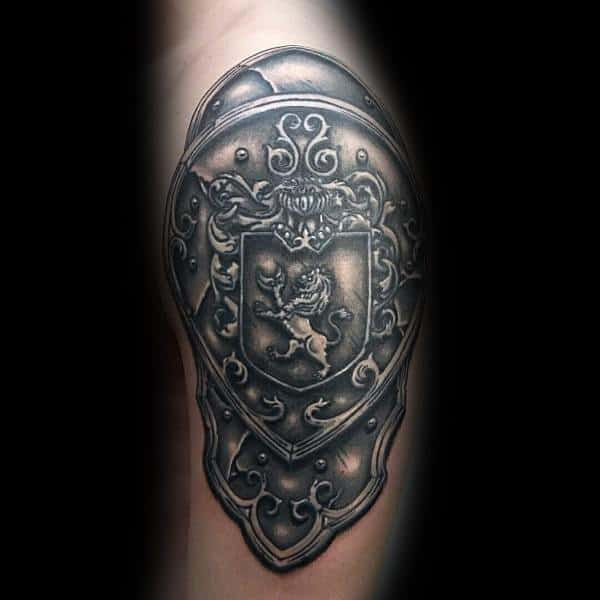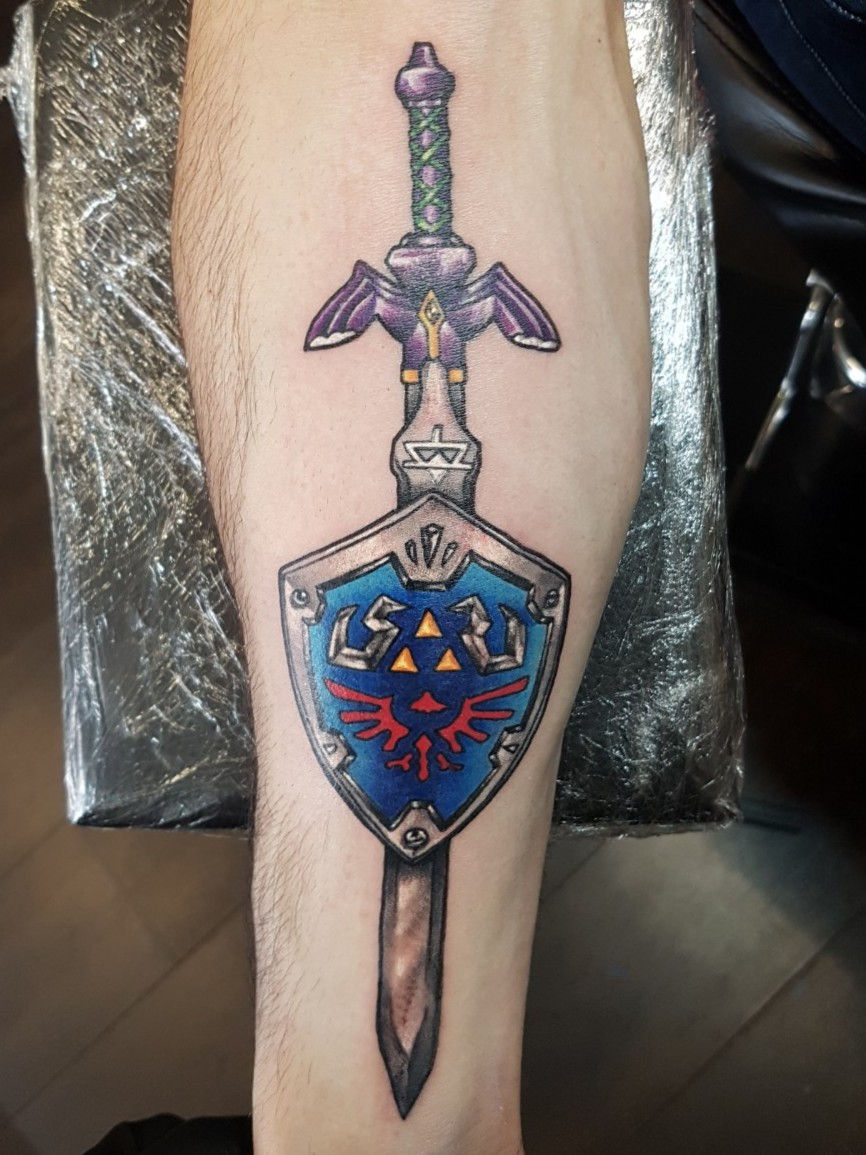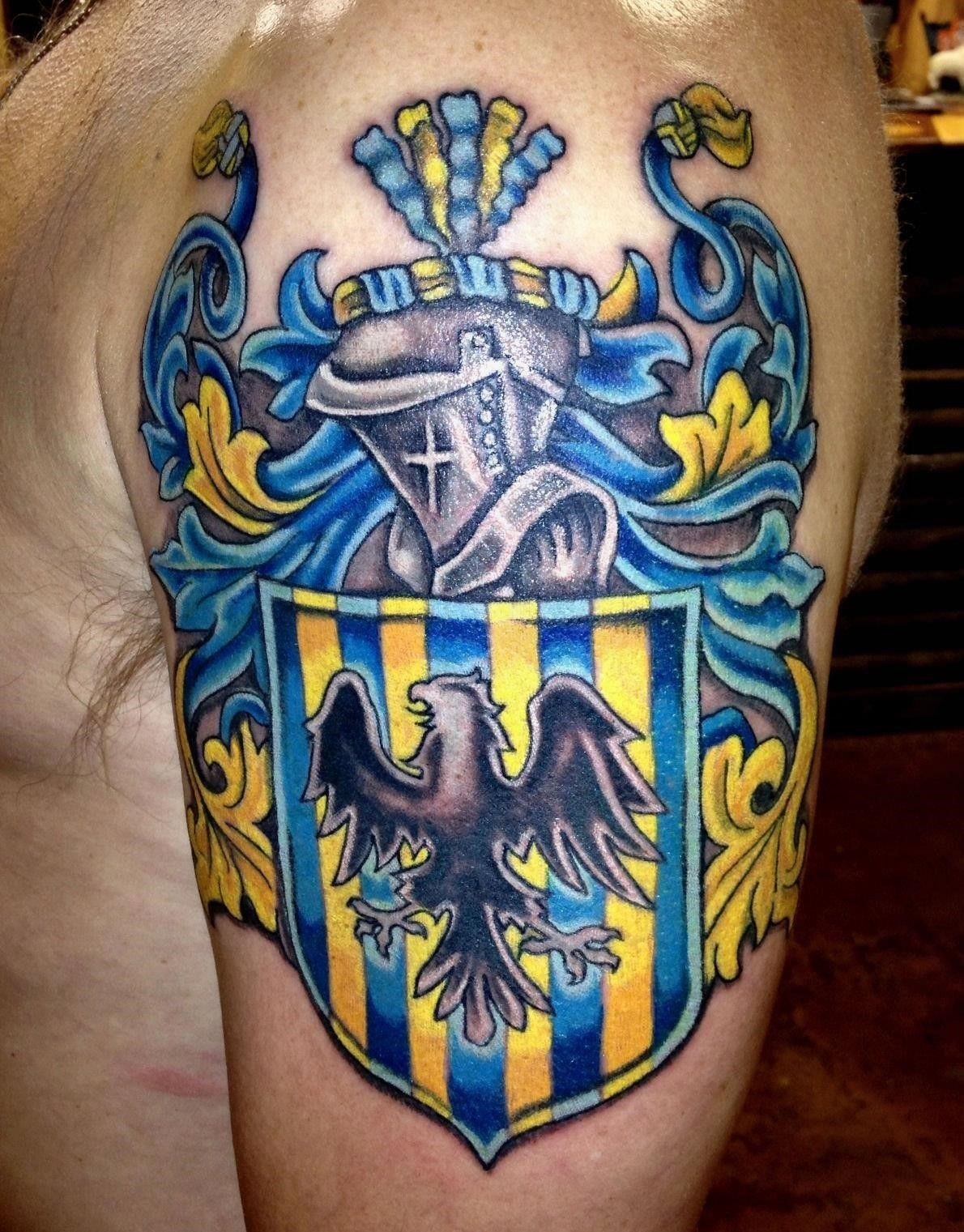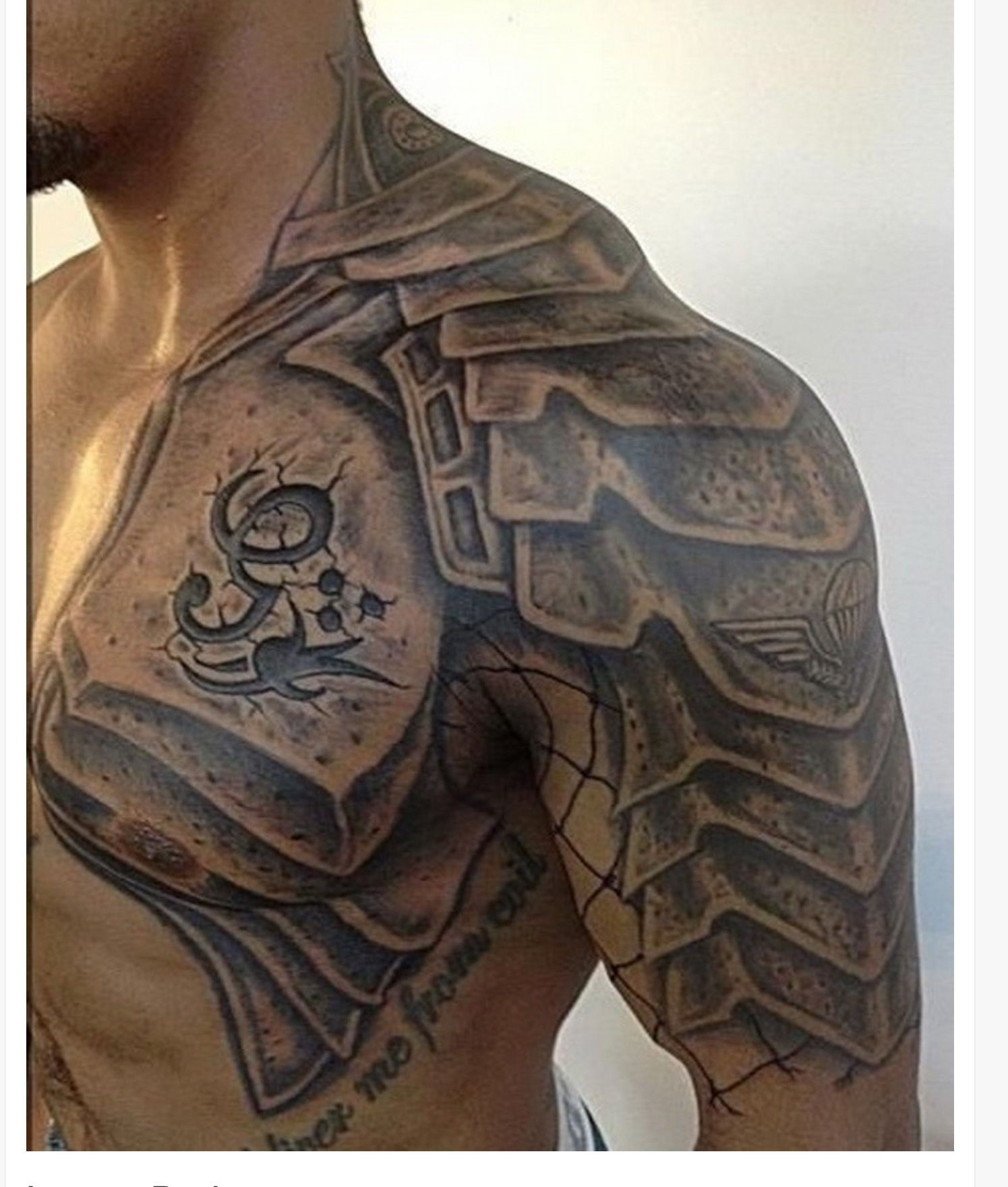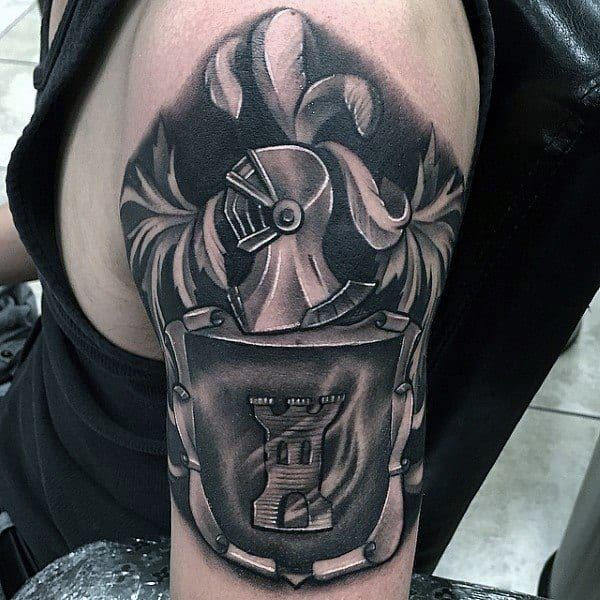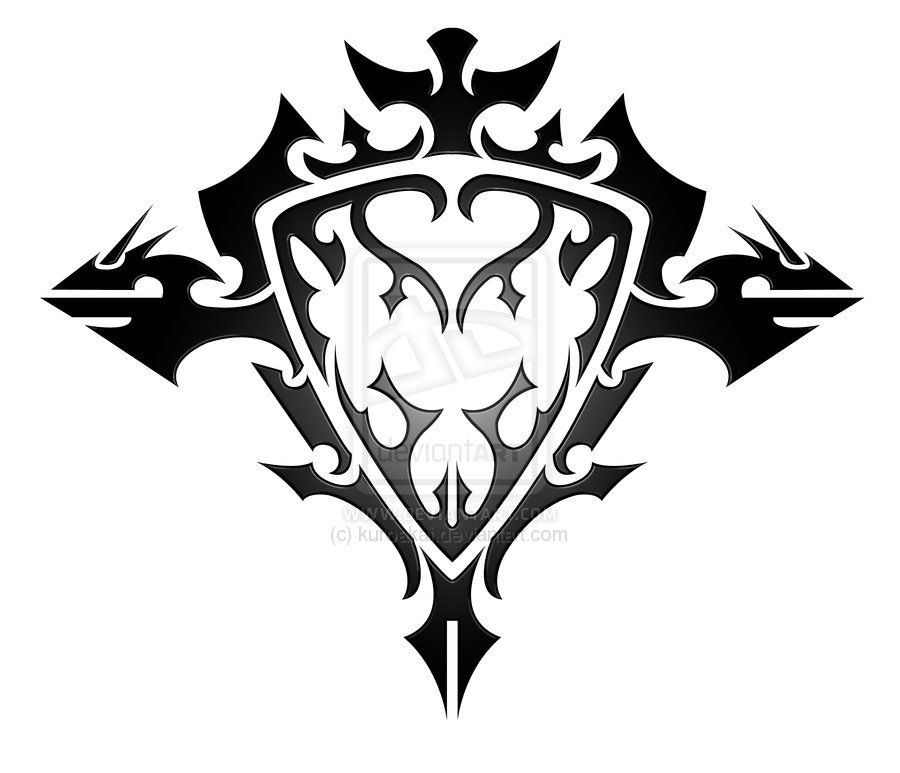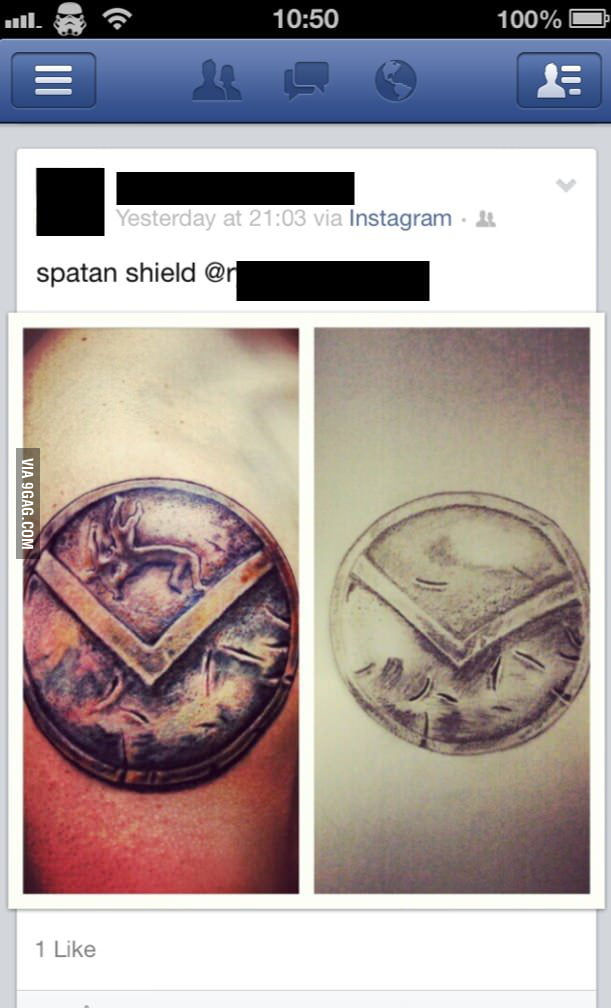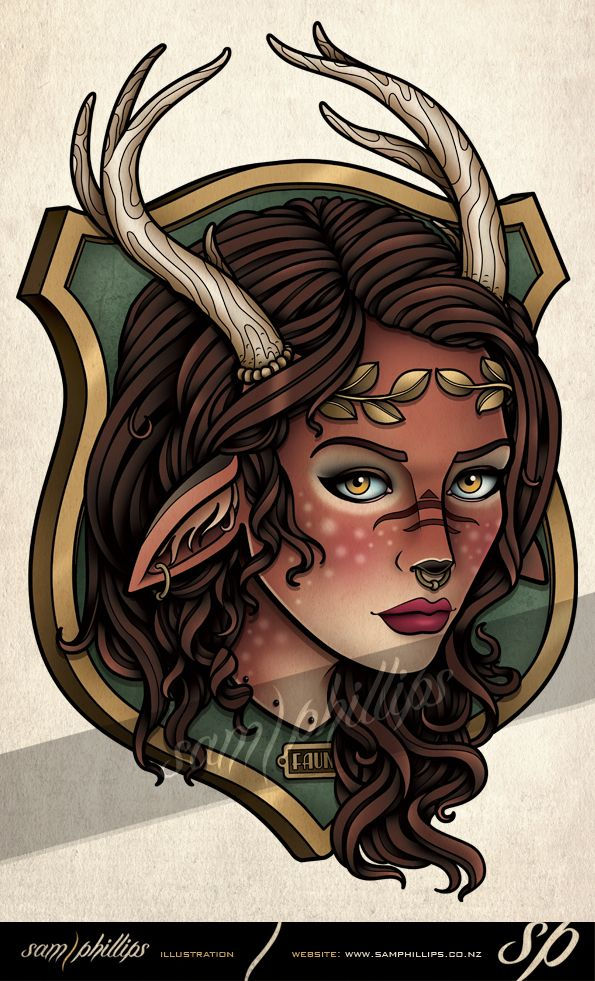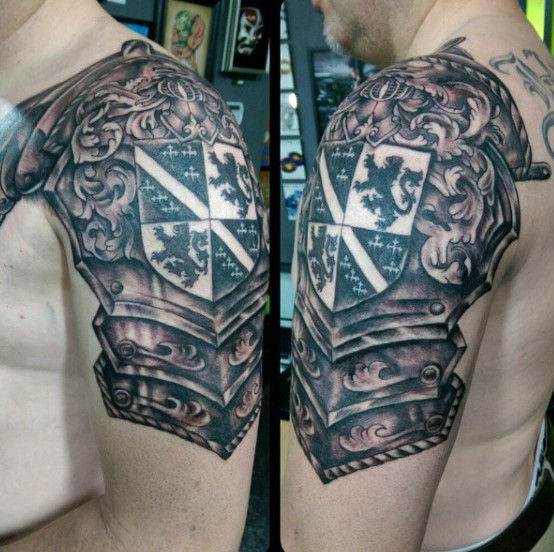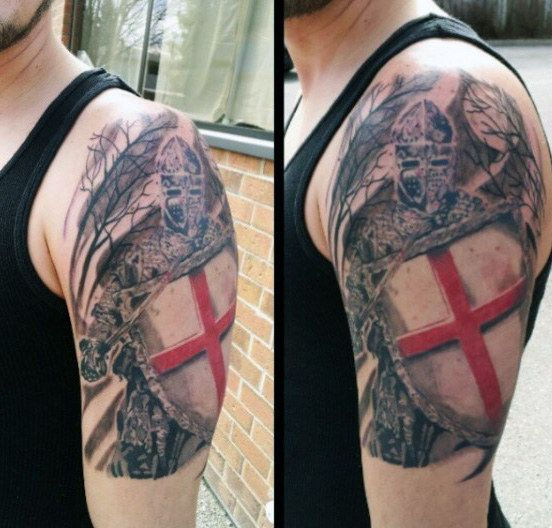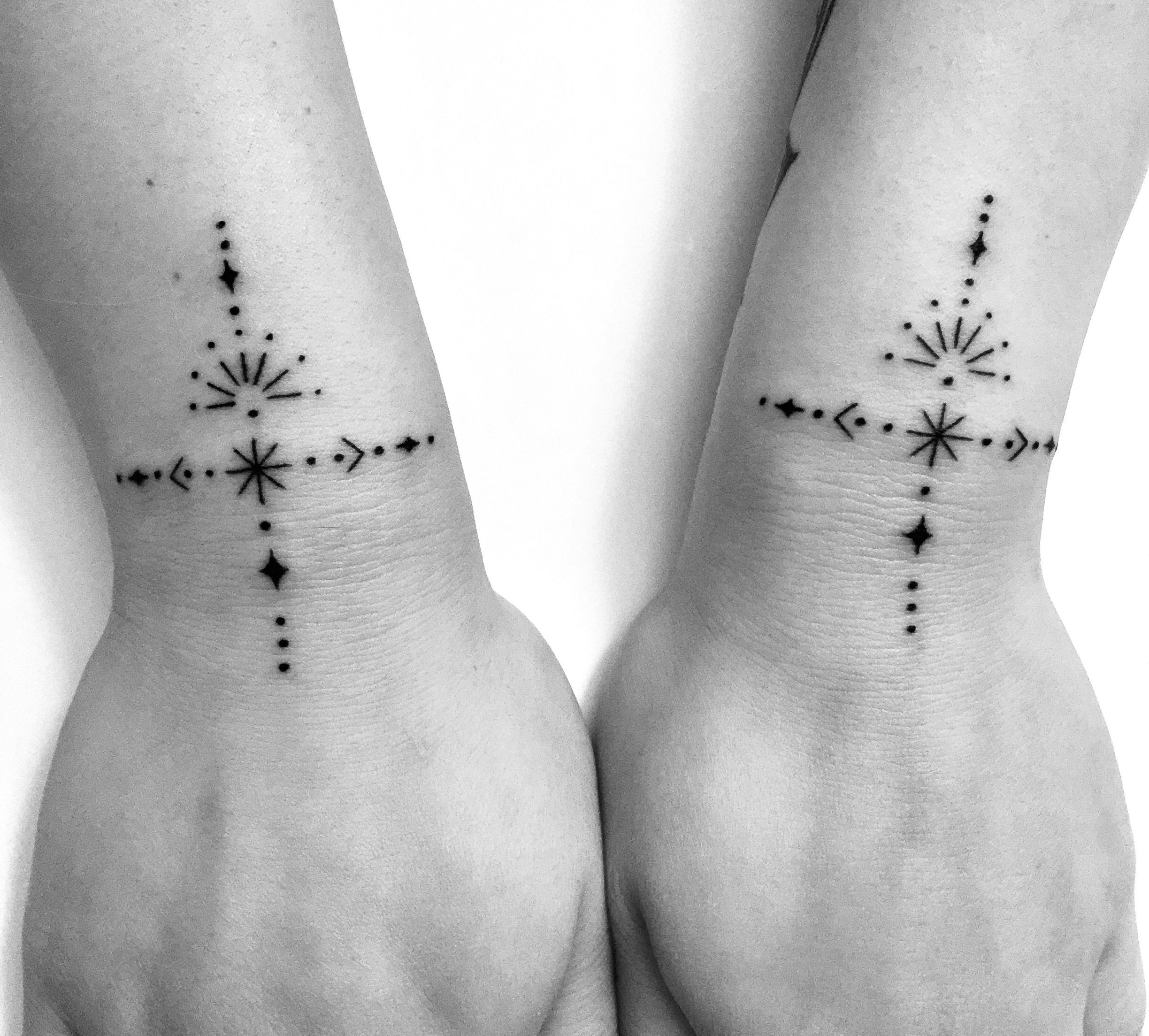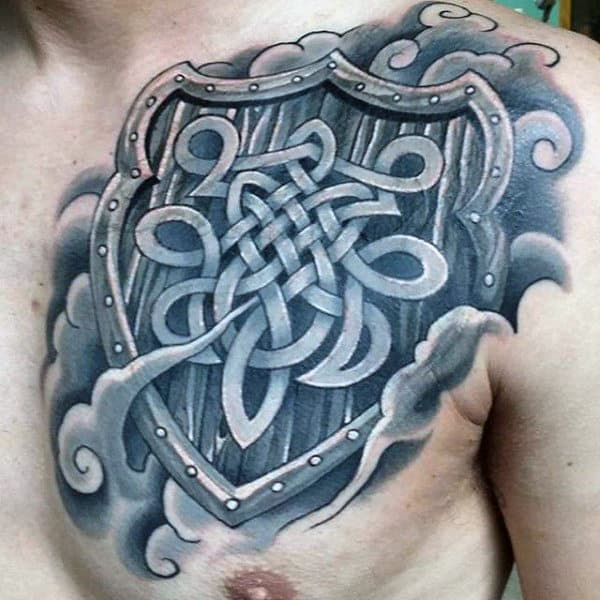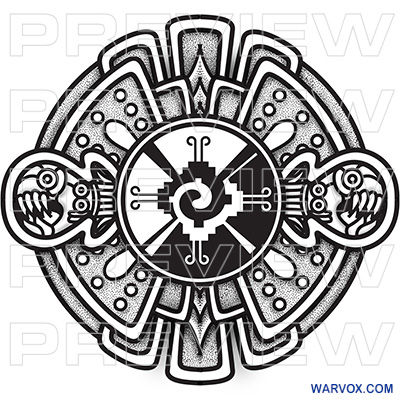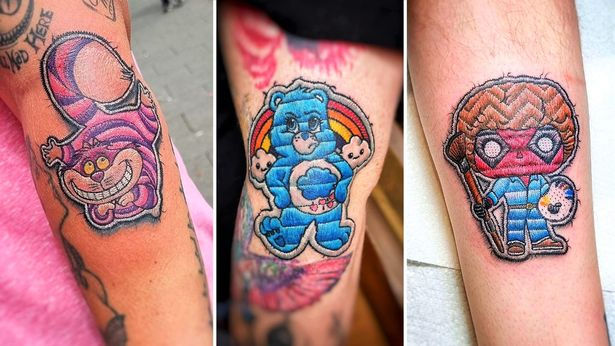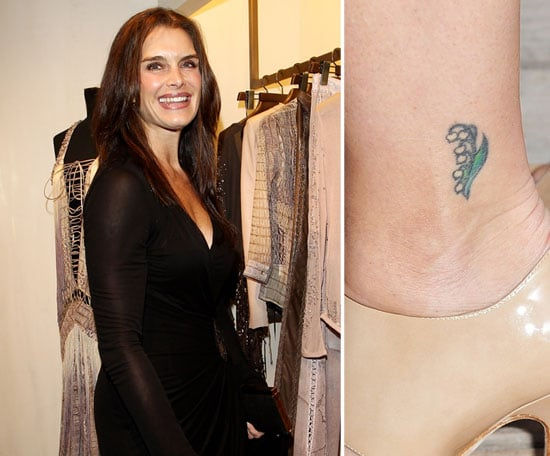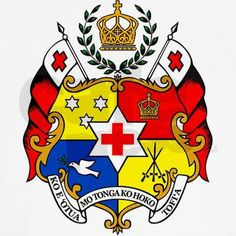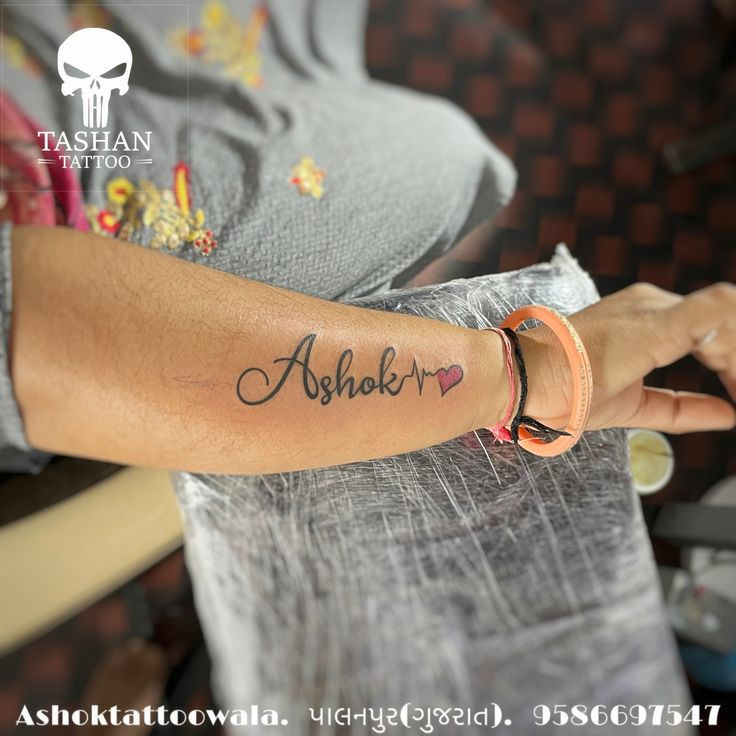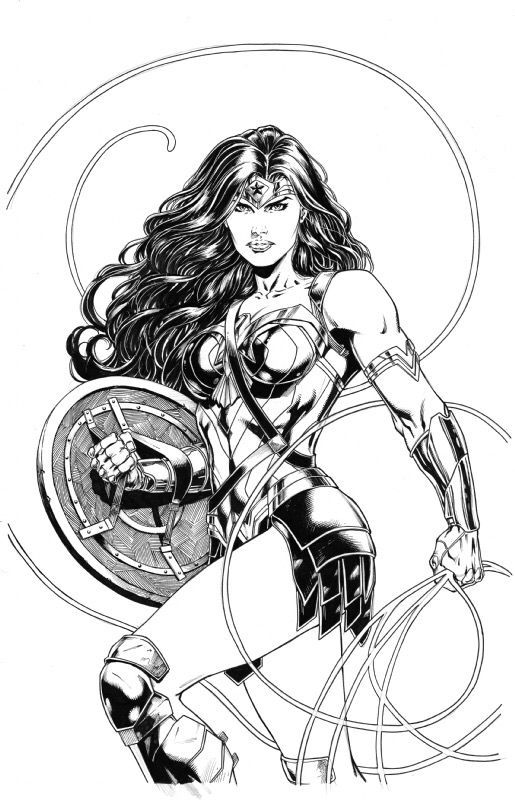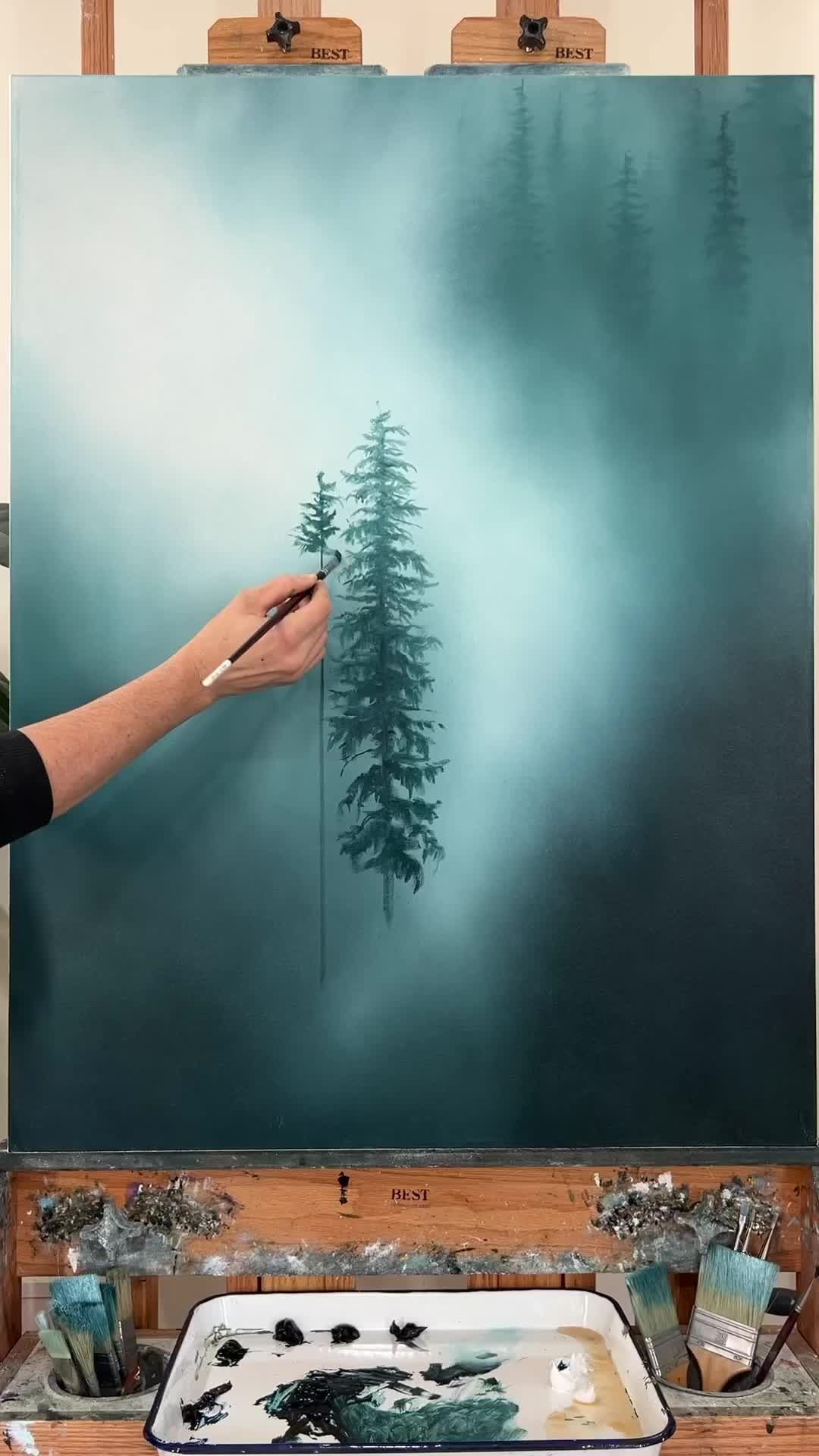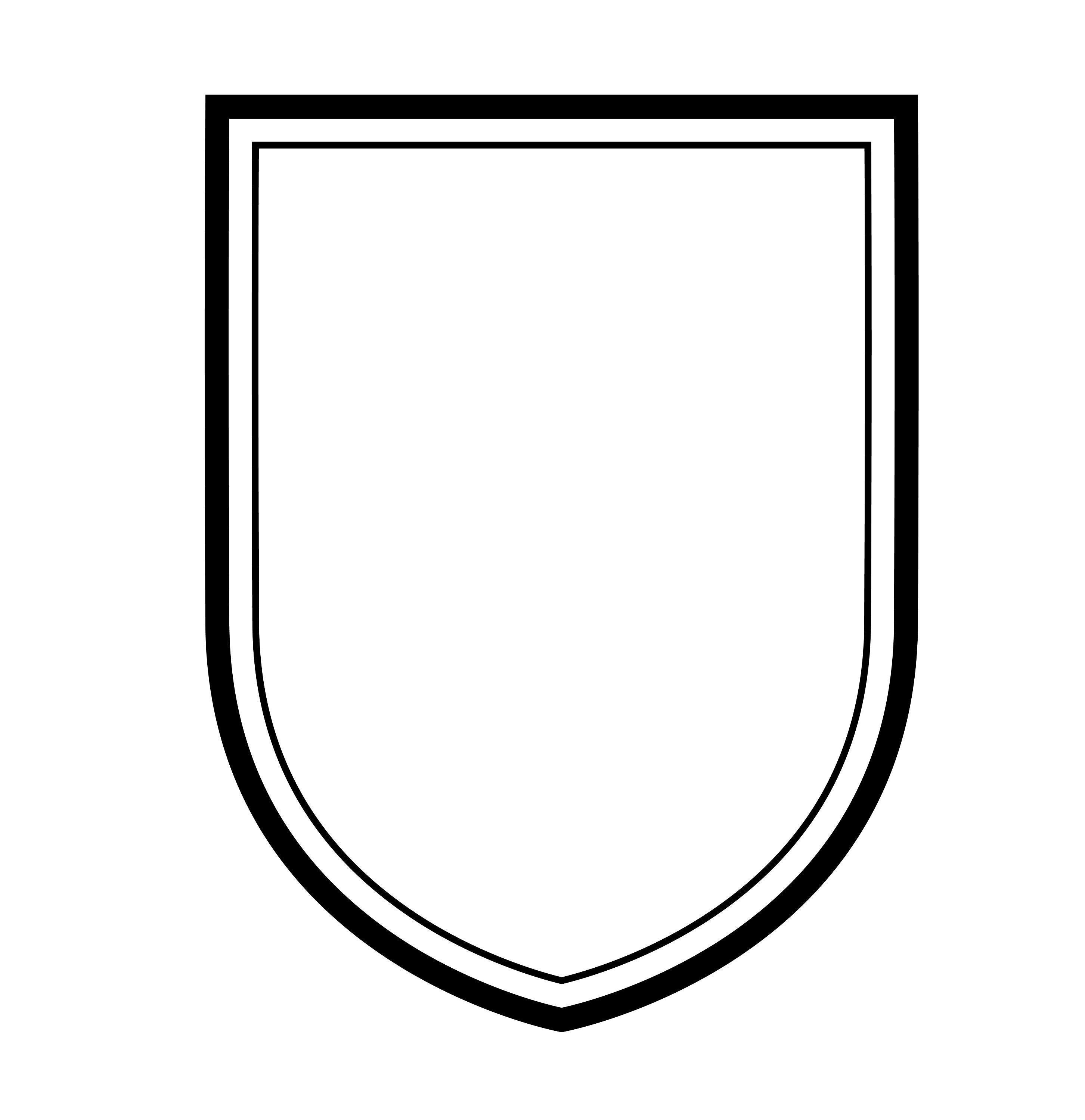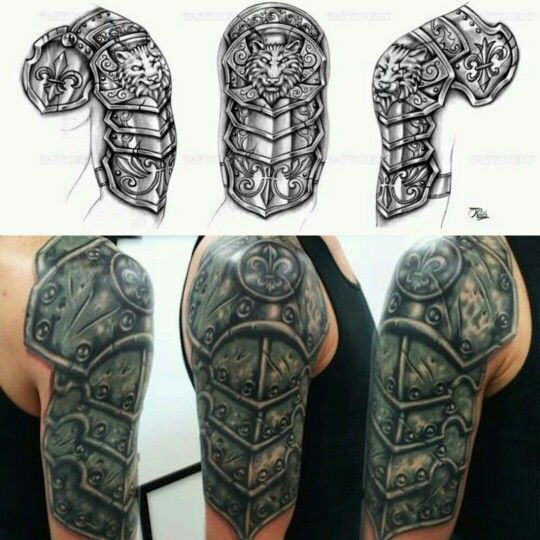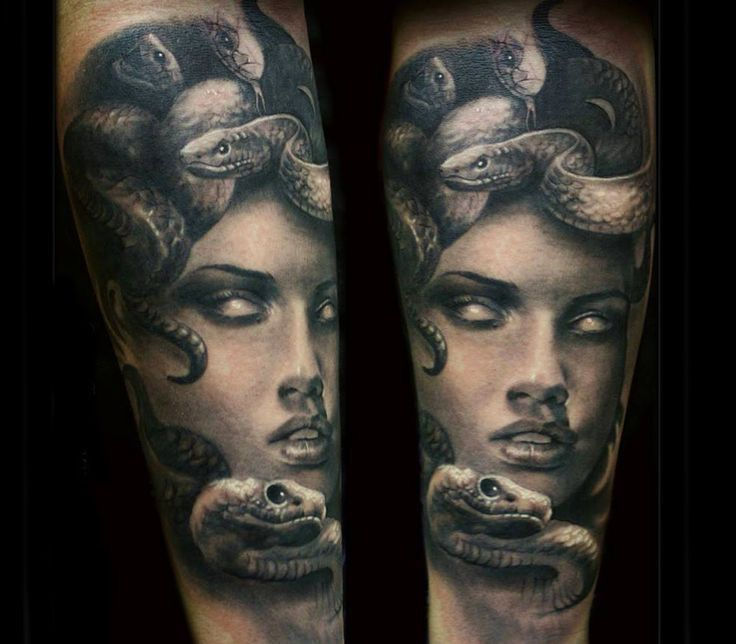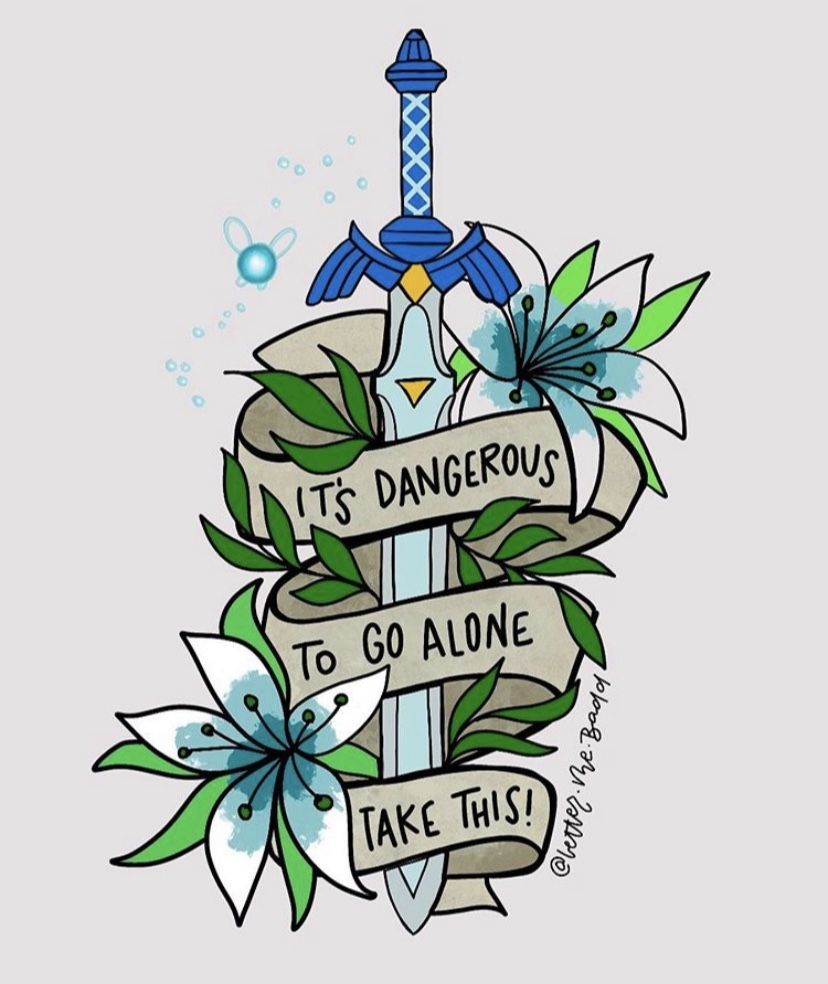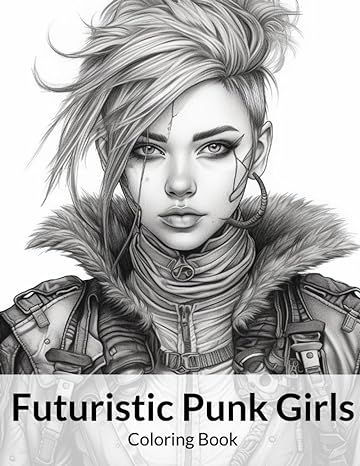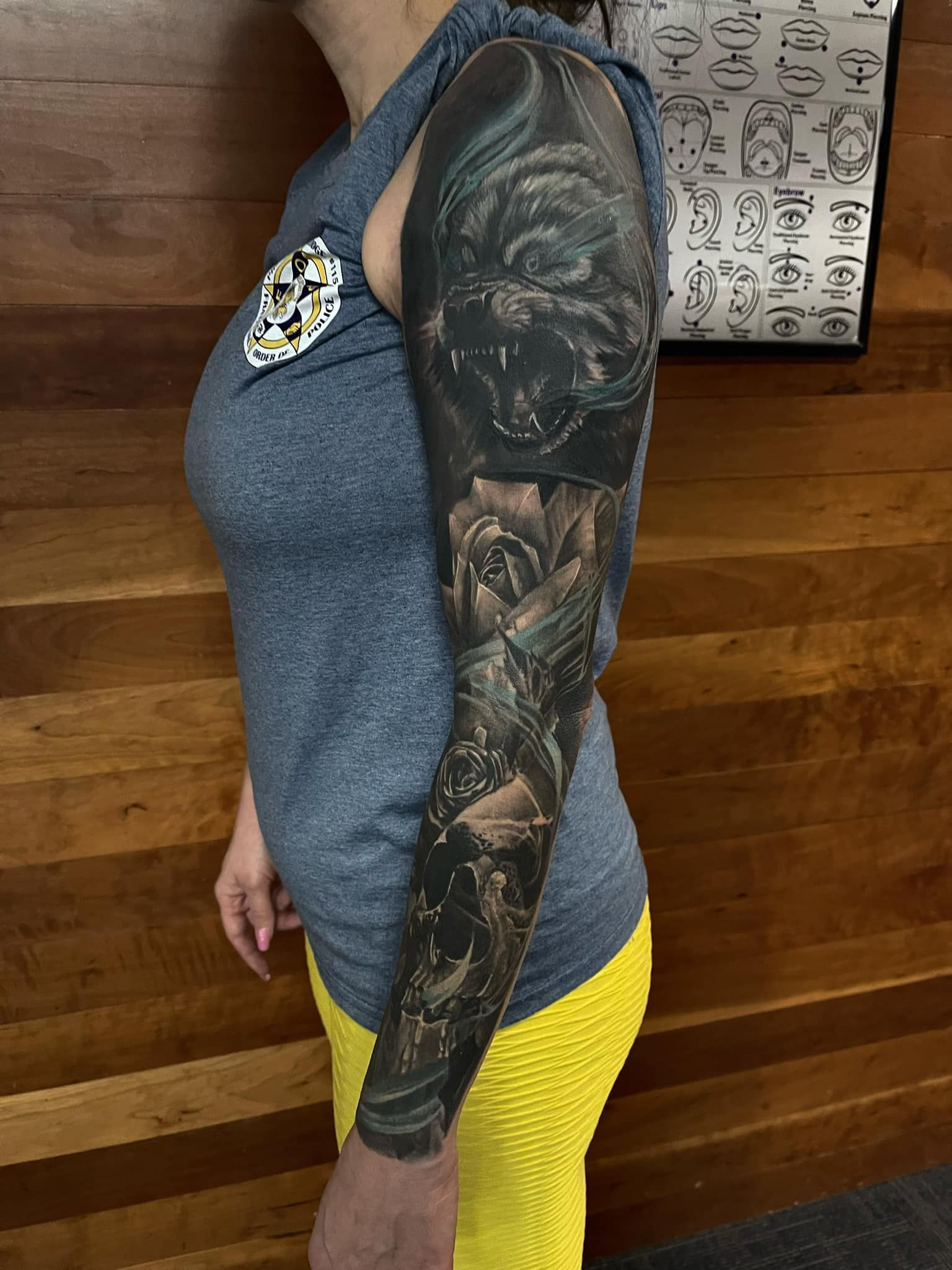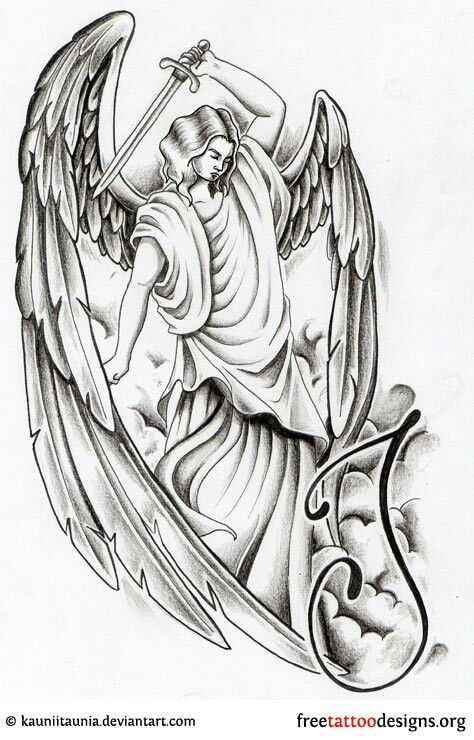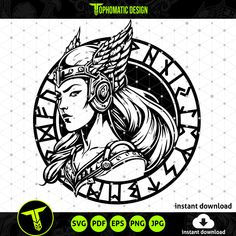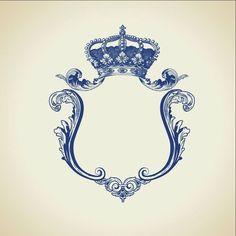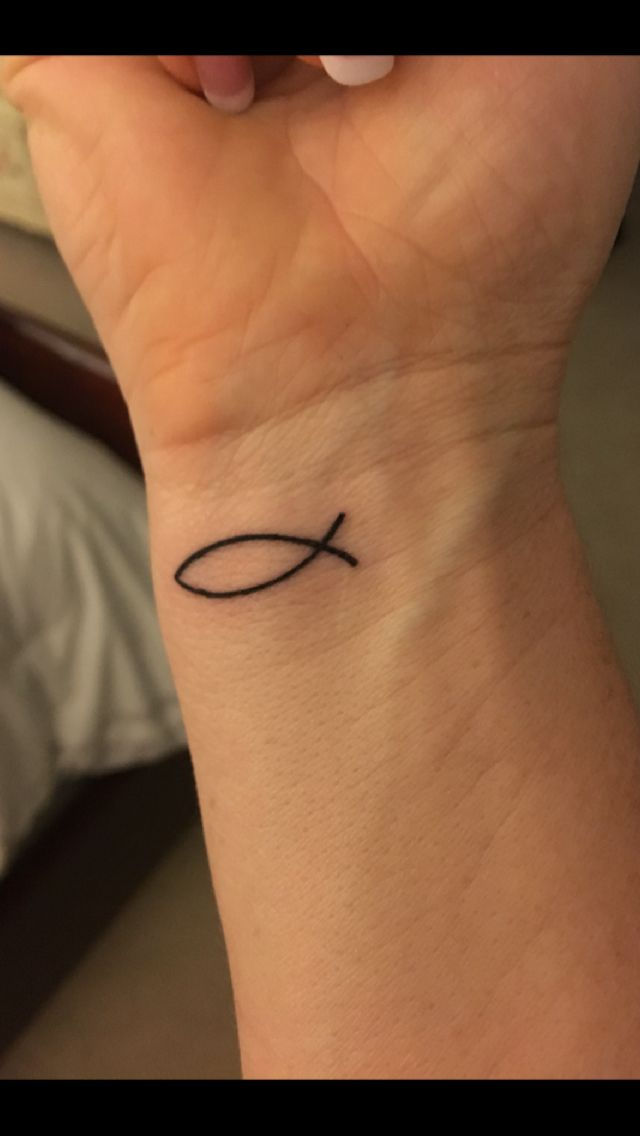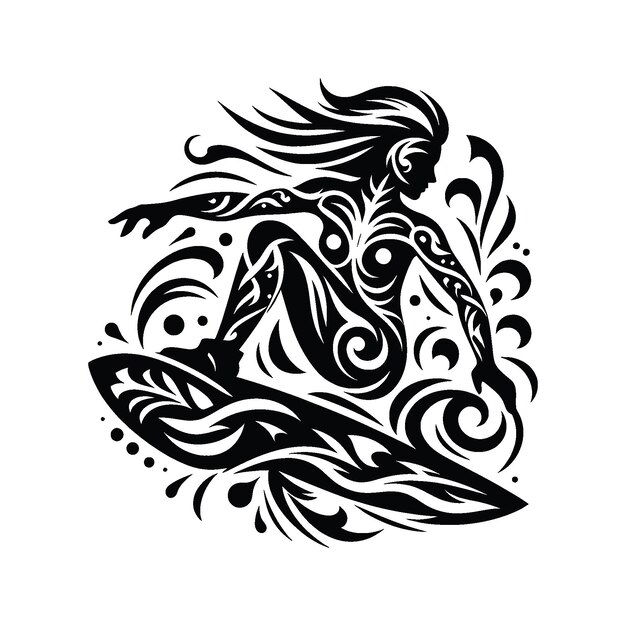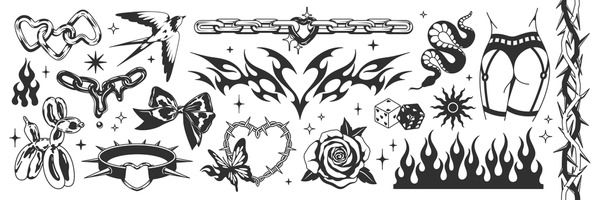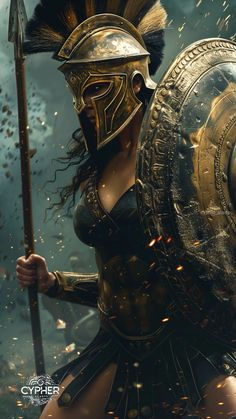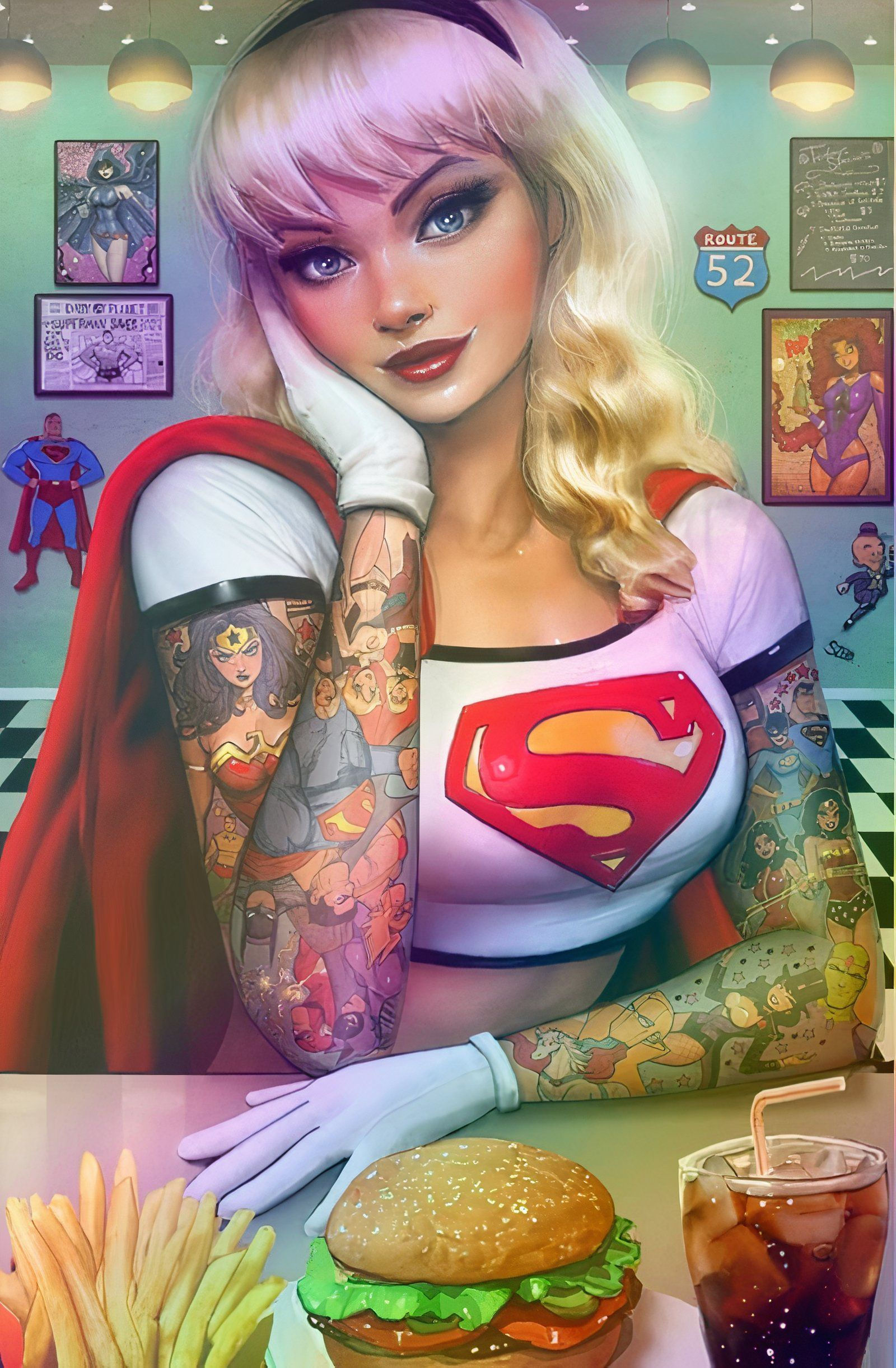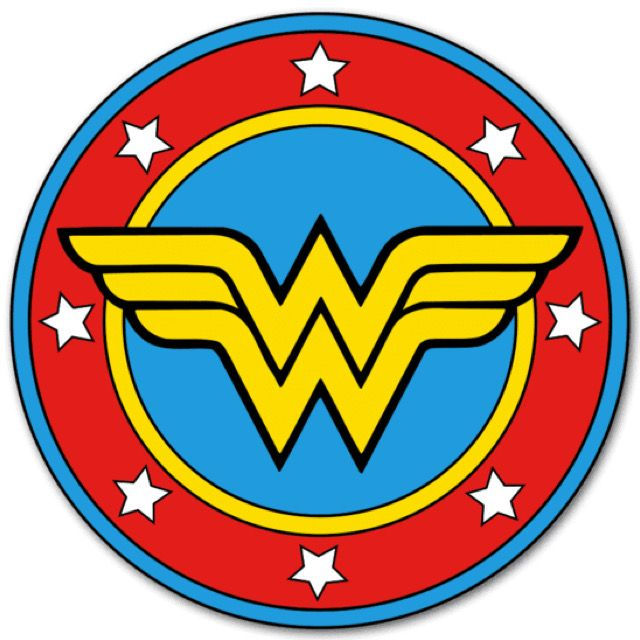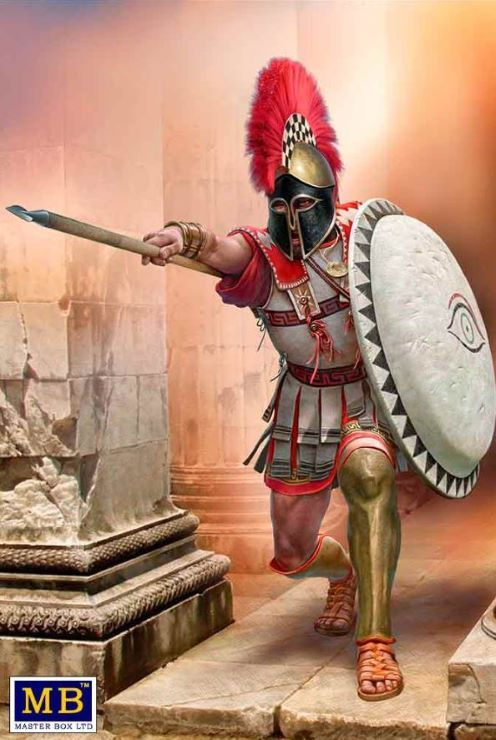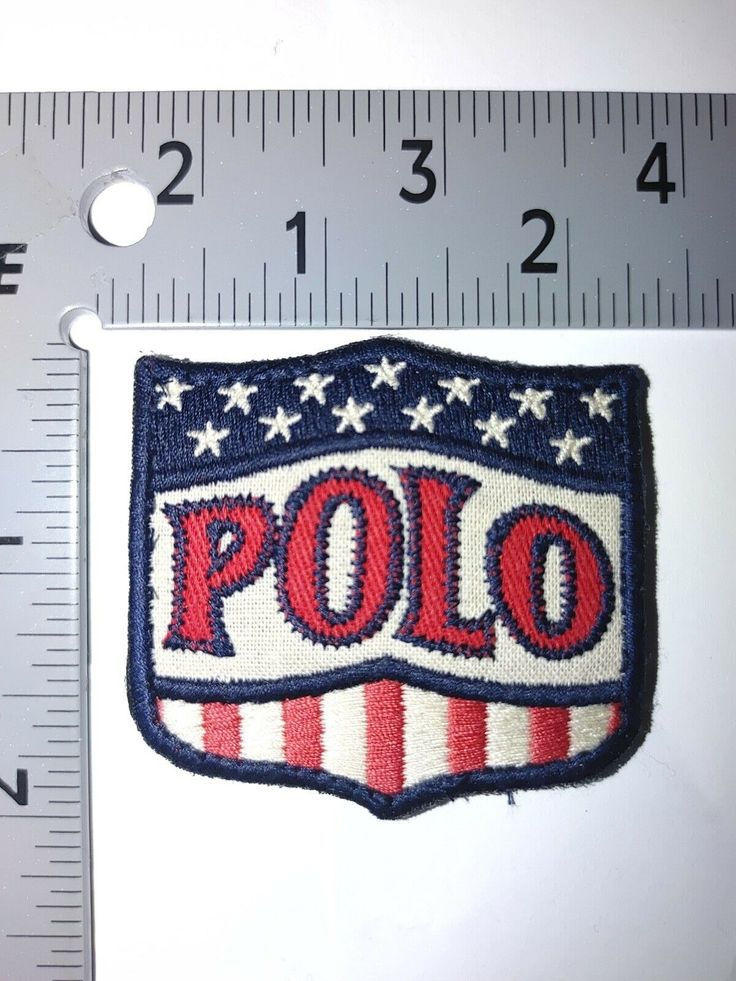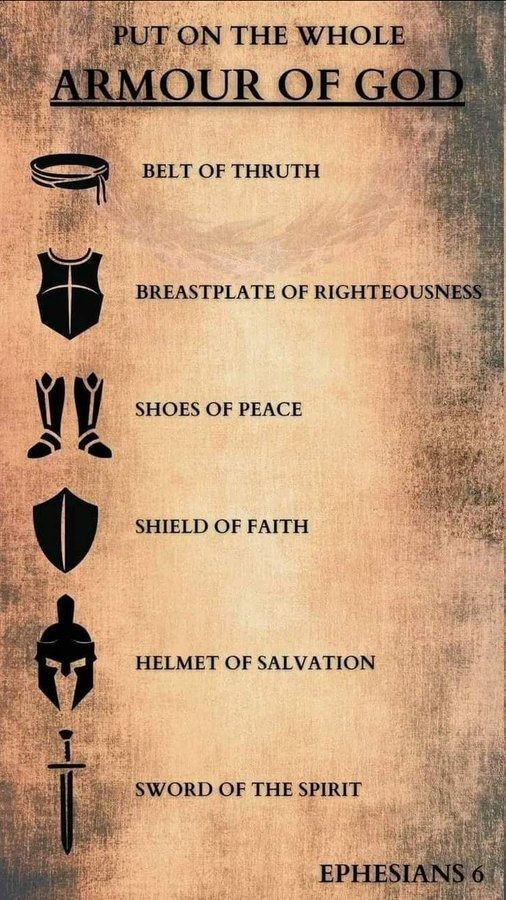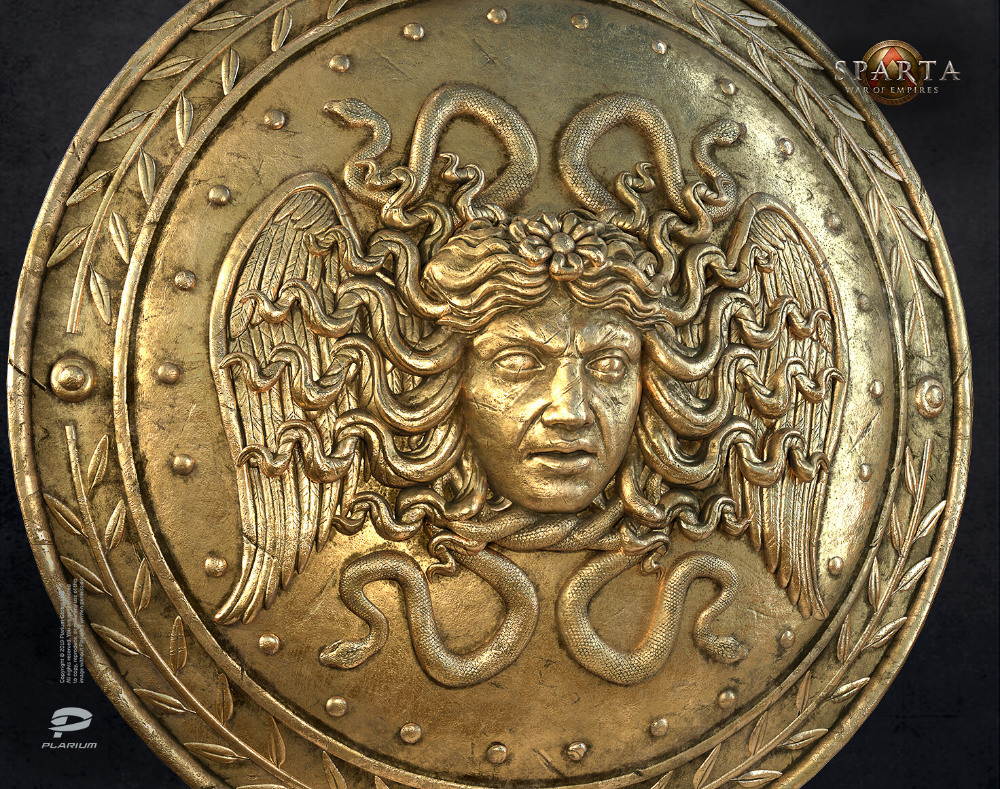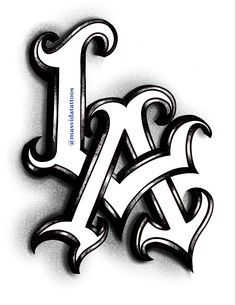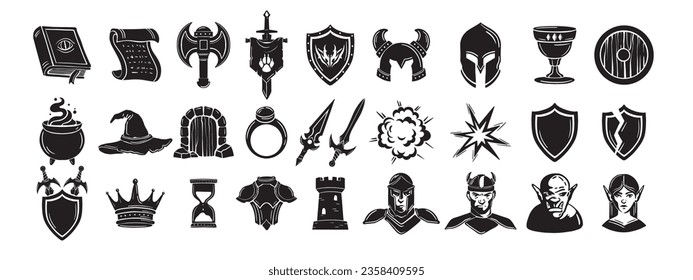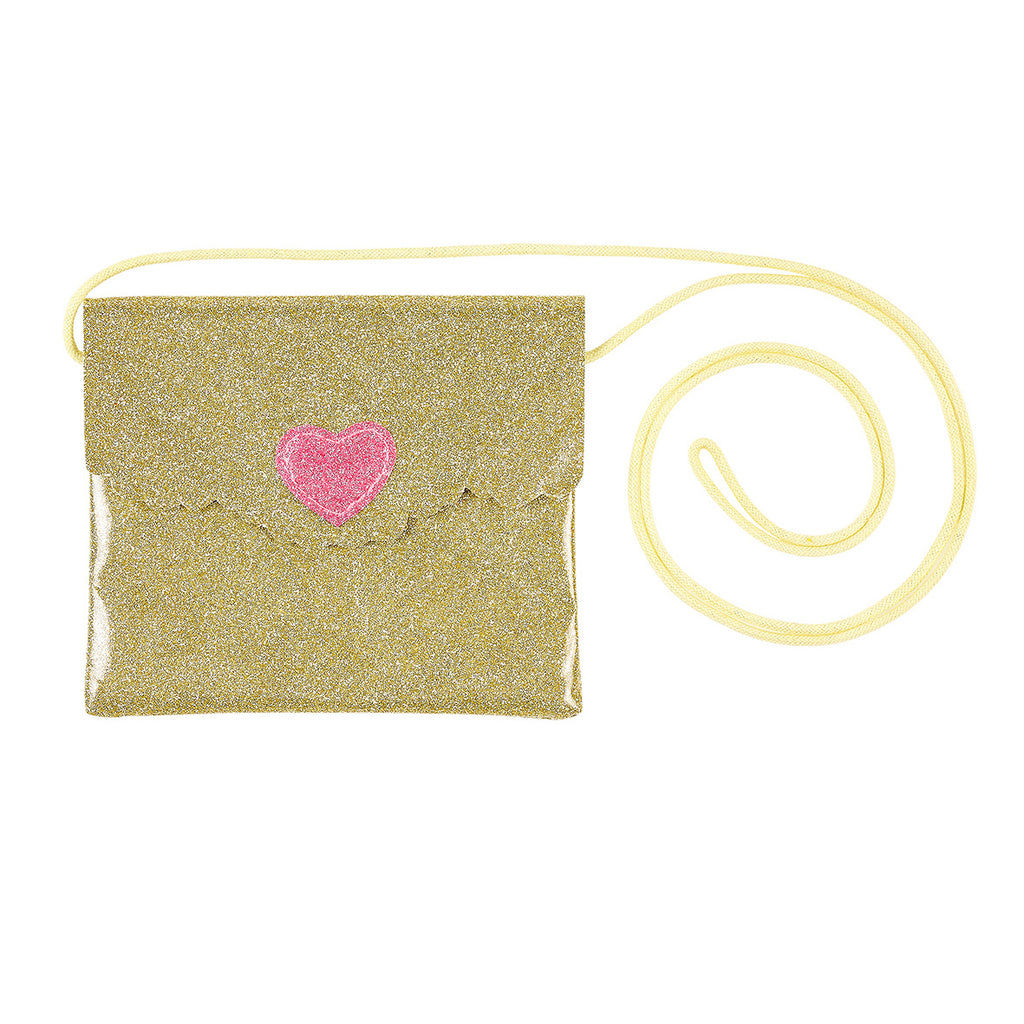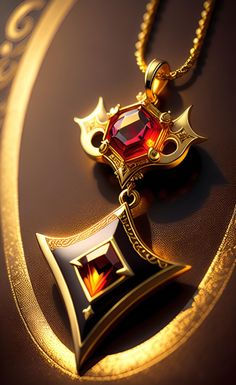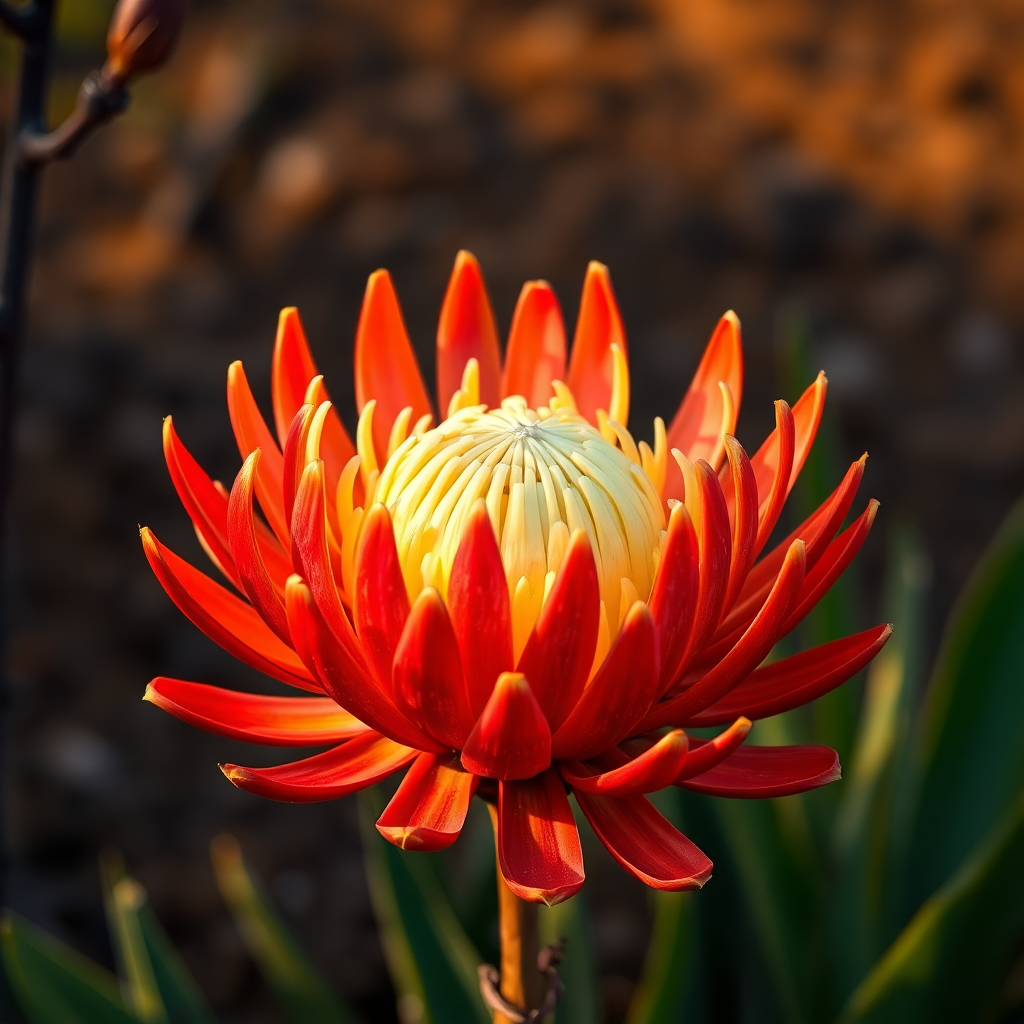The Mandala of Meaning: Deconstructing a Tribal Tattoo
The image presents a striking blackwork tattoo, a circular mandala adorning the upper arm of a man. It's not just ink on skin; it's a visual narrative, a potential story waiting to be unearthed. This blog post delves into the artistic elements, cultural significance (or lack thereof), and the possible personal meaning behind this powerful piece of body art.
A Masterclass in Geometric Precision:
The tattoo itself is a testament to the artist's skill. The clean lines, precise shading (or rather, the masterful use of lack of shading), and the intricate detail create a captivating visual effect. The concentric circles, radiating outwards from a central motif, are a hallmark of mandala design, instantly invoking feelings of balance, harmony, and cosmic order.
The central motif, a sun-like shape with a central circle and eight pointed rays, is reminiscent of both Polynesian and Celtic art. These rays are not simply lines; they're structured with inner lines, creating a three-dimensional effect despite the monochrome palette. The outer ring, composed of a braided rope-like pattern, frames the central design, adding a sense of protection or enclosure. The choice of black ink further amplifies the bold statement, making the design stand out against the skin. The style suggests a clear influence from Polynesian tribal art, yet the specific symbolism isn't readily identifiable within a particular Polynesian culture’s canon.
The Allure of the Mandala:
Mandala designs are far from arbitrary. In many cultures, they hold deep spiritual and symbolic weight. The circular form itself represents wholeness, the interconnectedness of all things. The intricate patterns within invite contemplation, meditation, and a journey inwards. In Buddhism, for instance, mandalas are used as aids to meditation, representing the cosmos and the path to enlightenment. Hinduism also utilizes mandalas in similar ways, often depicting deities or sacred geometries.
However, it's crucial to note that the tattoo, while sharing visual similarities with traditional mandala designs, may not directly correlate to any specific religious or spiritual practice. This is particularly true given the apparent lack of overt symbolic elements readily associated with known mandala traditions.
Is it Polynesian? A Closer Look:
The tattoo's visual style heavily borrows from Polynesian tattooing traditions, particularly in the use of geometric patterns and the emphasis on bold lines. Polynesian tattoos, or tatau, are not merely decorations; they are deeply ingrained in the culture, carrying significant historical, genealogical, and personal meanings. Each element, from the curves to the points, often holds specific meaning, narrating the individual's story, lineage, and status within the community.
However, a crucial distinction must be made: This tattoo does not appear to adhere to the specific stylistic conventions of any single Polynesian culture. The design lacks the flowing, organic lines often seen in Maori or Samoan tatau. It’s more of a stylized interpretation, drawing inspiration from the overall aesthetic rather than directly mimicking a traditional design.
Interpreting the Personal Narrative:
The beauty of this tattoo lies in its potential for individual interpretation. While the design might not directly represent a specific established symbolism, its wearer likely infused it with personal meaning. The mandala’s inherent qualities – balance, harmony, and wholeness – suggest a possible desire for personal equilibrium or a journey towards self-discovery. The bold black ink could signify strength, resilience, or a defiant expression of identity.
The placement of the tattoo on the shoulder also deserves consideration. The shoulder is often chosen for its visibility, suggesting a desire to display this personal symbol proudly.
The Untold Story:
We can only speculate on the individual's reasons for choosing this specific design. Perhaps it represents a personal milestone, a spiritual awakening, a tribute to a cultural heritage (even if indirectly), or simply an aesthetic appreciation for the beauty of geometric patterns. The tattoo is a silent storyteller, a visual cipher waiting for its wearer to reveal the full narrative.
Conclusion:
The tattoo depicted is more than just a design; it is a fusion of art, personal expression, and cultural influences. While not directly adhering to any specific traditional symbolism, it draws inspiration from various sources, creating a unique piece that reflects the wearer's individuality. Its geometric precision, the powerful symbolism of the mandala, and the enigmatic allure of its possible cultural references combine to create a compelling visual story – a story that only the wearer can fully tell. The image leaves us to ponder the intricate relationship between cultural inspiration and individual interpretation in the world of tattoo art.
